Observing the wild flora of Rhodes
1 to 9 November 2023
Aidan Hopkinson
Introduction
Currently I am a freelance gardener, working mainly with domestic gardens in and around my residence in Mid Derbyshire. Very recently I finished studying at Cambridge University Botanic Garden through their traineeship. I’ve for a long while been interested in Mediterranean flora, I greatly enjoyed working in the Mediterranean Garden at Cambridge and learning about the different types of habitats in the Mediterranean climatic ecosystems, though the planting is heavily focused towards those from the Mediterranean basin. The range of geophytes in the glasshouses and alpine areas proved to be of great interest and this trip was focused on the autumn flowering geophytes in this region, always important understanding first-hand the conditions species face.
Aims
- Observing the different habitats in situ from the main compositions; phrygana which is the lowest, most open form of garrigue found in the drier eastern part of the basin and especially common in the Aegean Islands, and maquis which is the taller, dense vegetation found in slightly wetter areas with deeper, often acidic soils, contains many sclerophyllous species and common culinary herbs, more common in the wetter Ionian Islands. Both are a result of habitat disturbance, often by human hand, and kept open by grazing and cutting. Another, main component is the coastal flora, though much of what can be found is widespread across the basin.
- Observing the rich plant communities that are associated with cultivated land. Most often carobs and olives predominate in parched scattered stands and terrace pockets. To observe also the herbaceous species associated with rocky, upland areas and chasmophytes found on walls, houses, and other human habitation.
- Becoming more familiar with the countries around the Adriatic, and the eastern seaboard of Greece, to become familiar with some Aegean endemics.
Overview
The island of Rhodes is one of a group of islands called the Dodecanese, meaning 12 islands though more than 12 comprise the group which are a sub-group of the Aegean Islands, those Greek islands found in the Aegean. These islands are drier than the Ionian Islands. During the summer there is little to no rainfall, continuous sunshine, and prevailing westerlies. The southern and easternmost islands are further influenced by the North African and Anatolian coastal climates. Collectively (excluding Crete) these Islands hold around 3420 species, more than the estimated near 2000 species found on the Ionian Archipelago, and a high number of endemics especially those islands close to the Anatolian mainland, the latter is comparatively poor in endemics and those that exist are found only on the larger islands. This is largely down to the more recent separation and closer proximity to the mainland than the former. Rhodes itself has some endemics, such as Anthemis rhodensis, Fritillaria rhodia, Centaurea lactucifolia and Campanula rhodensis but a lower number compared to some other islands such as Crete and Cyprus.
Diary
Wednesday 1 November
I arrived in Rhodes in the evening from Stansted Airport on a flight with just 15 passengers. A gracious experience I don’t think I’m likely to face that often.
Thursday 2 November
After breakfast met our guide Yiannis Christofides. We made introductions. Yiannis gave a brief overview of the Island of Rhodes and the Mediterranean biosystems. This was very interesting. The geology of Rhodes was mentioned being like many of the Aegean Islands predominantly limestone, but with some areas of igneous rock and schist; a metamorphic rock common on Rhodes. Many islands also contain large deposits of marble. Other islands have more igneous rock from volcanic activity as the African plate lies underneath that of the Aegean. Turkey has over 30 species of Crocus, mainland Greece is similar, compared to one found on Rhodes, largely due to the uniformity of the geology on the island. Another interesting point challenged my preconceptions of the seasons, in the Med the autumn is considered the first spring and our north-west European spring the second spring. This made sense in a climate which has two seasons, dry and wet.
After the safety talk, we made our way on foot to the old town and Palace of the Grand Master of the Knights of Rhodes. Quickly we noticed the street trees which varied considerably. Older plantings often consisted of Ficus with the lovely steely grey bark, the newer Platanus orientalis we debated as some were unmistakable in the heavily lobed leaves and three-fruited racemes, others were marginally lobed and bore one or two fruits, as well as being markedly upright in habitat and with greater browning of the leaves. I could only surmise that hybridisation has occurred with imports of trees, London plane being more pollution tolerant or ultimately the hybrid originates in large scale growers in Europe, and the hybrids seemed more prone to the heat and drought. Drawing nearer to the sea we came across more ornamental horticulture, young Morus alba with the distinctly hairless, glossy leaves and what I suspect was Bauhinia purpurea, and Casuarina equisetifolia[1]. The first two must be pollarded routinely due to the great length of new growth. Bougainvillea, oleanders, and great banks of Lantana camara[2] abounded.
The first plant was another non-native often planted Schinus terebinthifolius[3], being dioecious the females were bearing the red berries. The family Anacardiaceae was well represented on this trip and species of mastic (Pistacia) we encountered later. We then made our way up the historic Street of the Knights (Oδός των Ιπποτών)[4], we stopped in the French Consul which dates from the end of the 13th century. Other ornamentals were flowering such as Commelina, Hibiscus rosa-sinensis, and Eriobotrya japonica. It was interesting to note the gutter spouts, one of which was dripping. We were unsure where the water originated but the flow was enough for Adiantum capillus-veneris[5] to seat itself in a crack in the wall. Others identified the smell of Jacaranda mimosifolia in one of the gardens, though my sense of smell is woeful. We then made our way to the Palace of the Grand Master of the Knights of Rhodes; there I noticed a Capparis spinosa[6] had self-seeded into a minute gap and looked in rude health compared to others we saw which had been eaten by something or were still in summer dormancy. A plant that keeps on giving, from edible flower buds to fruit and very young shoots.
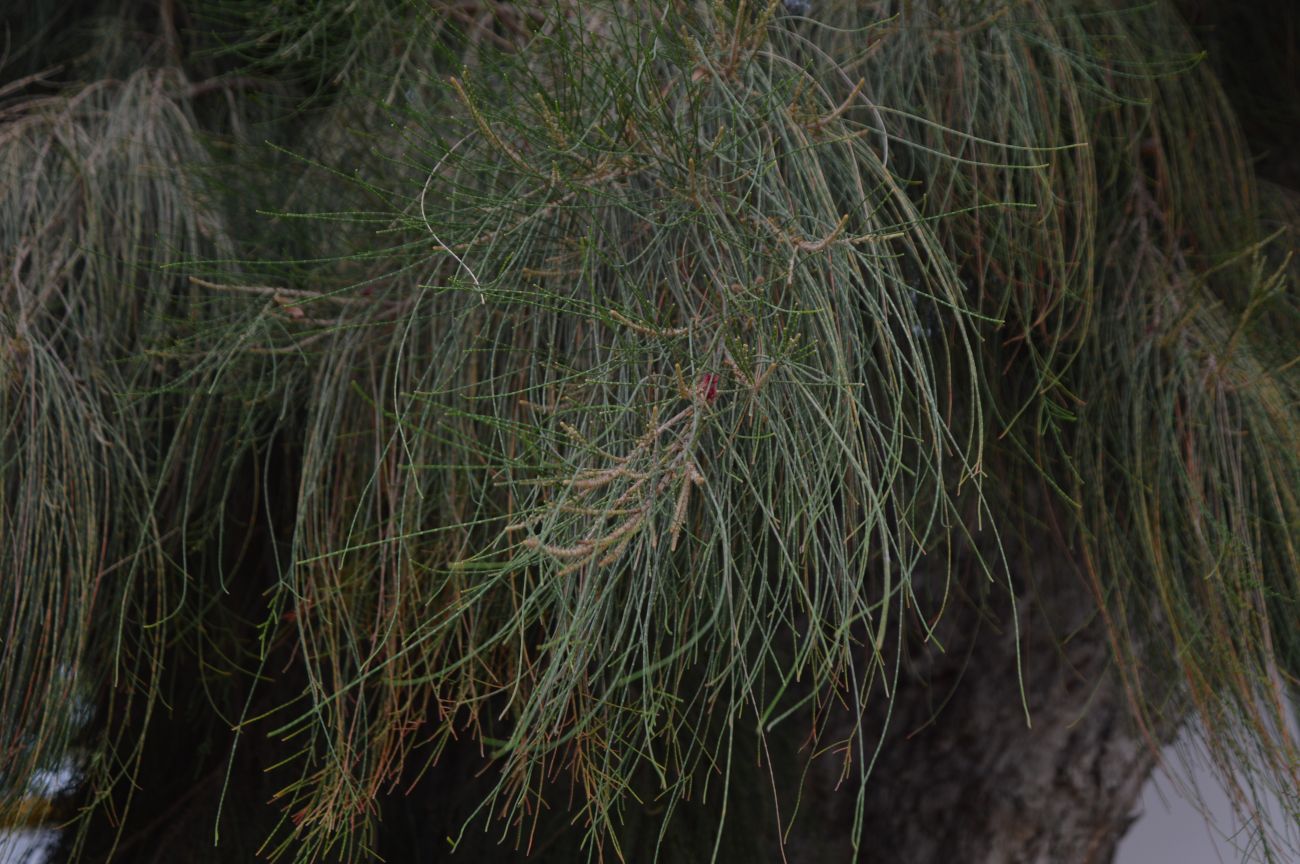
1 – Casuarina equisetifolia
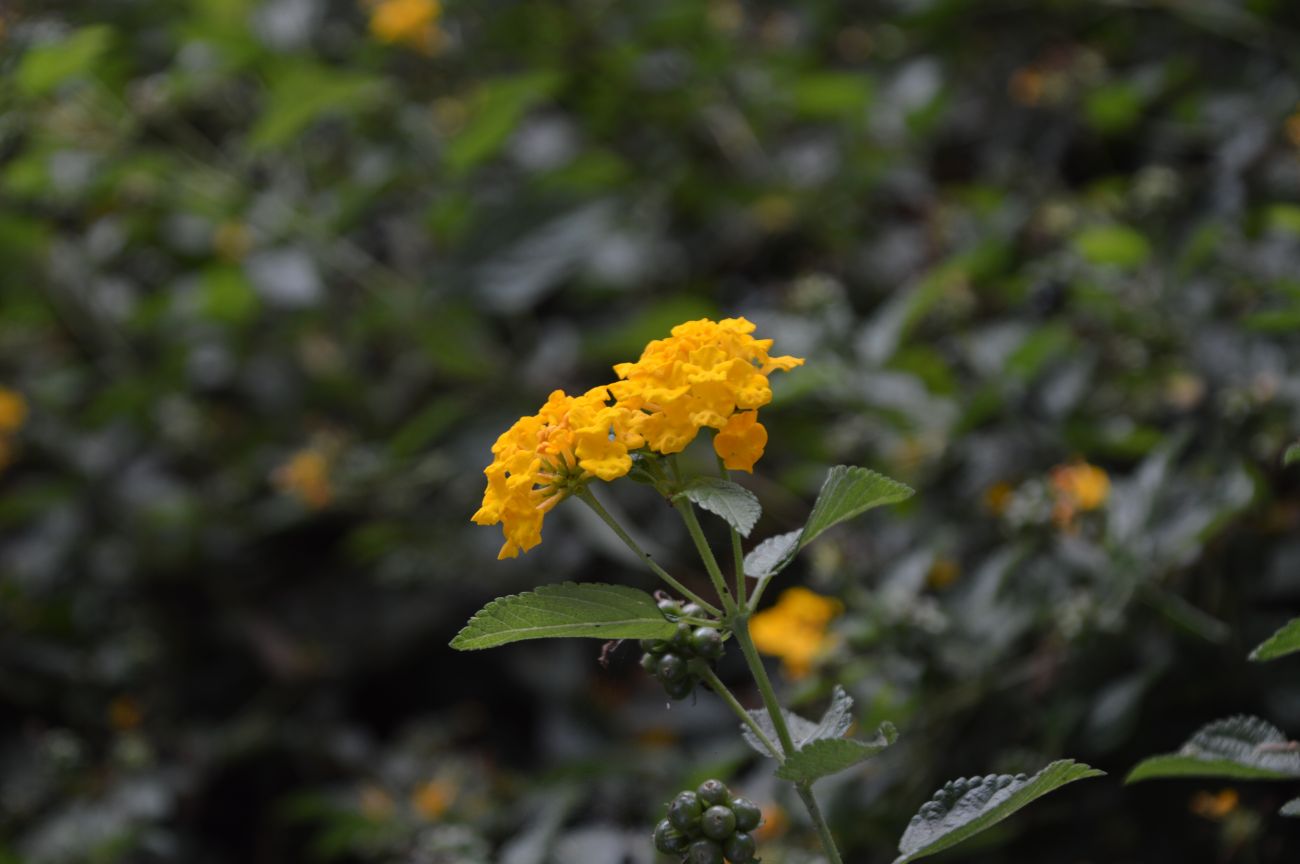
2 – Lantana camara
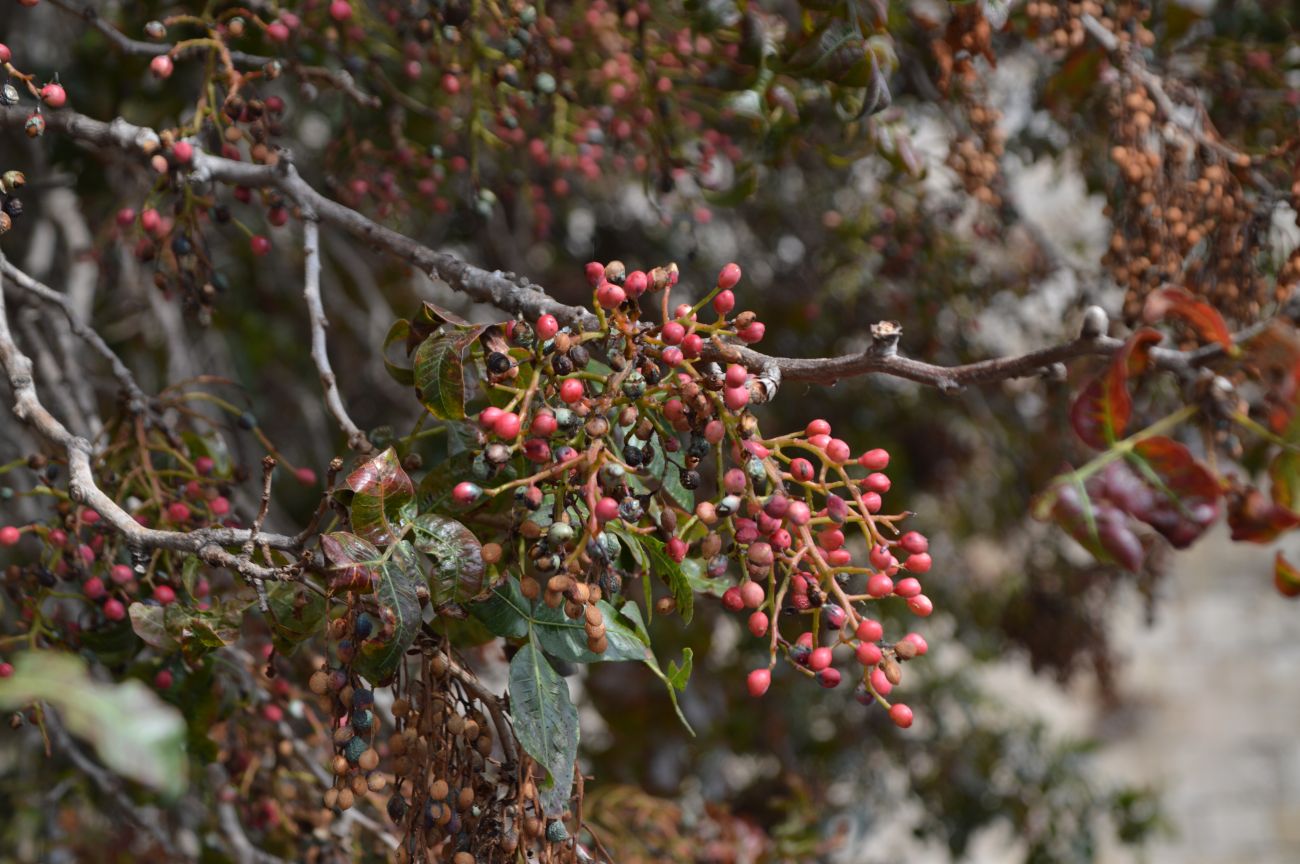
3 – Schinus terebinthifolius
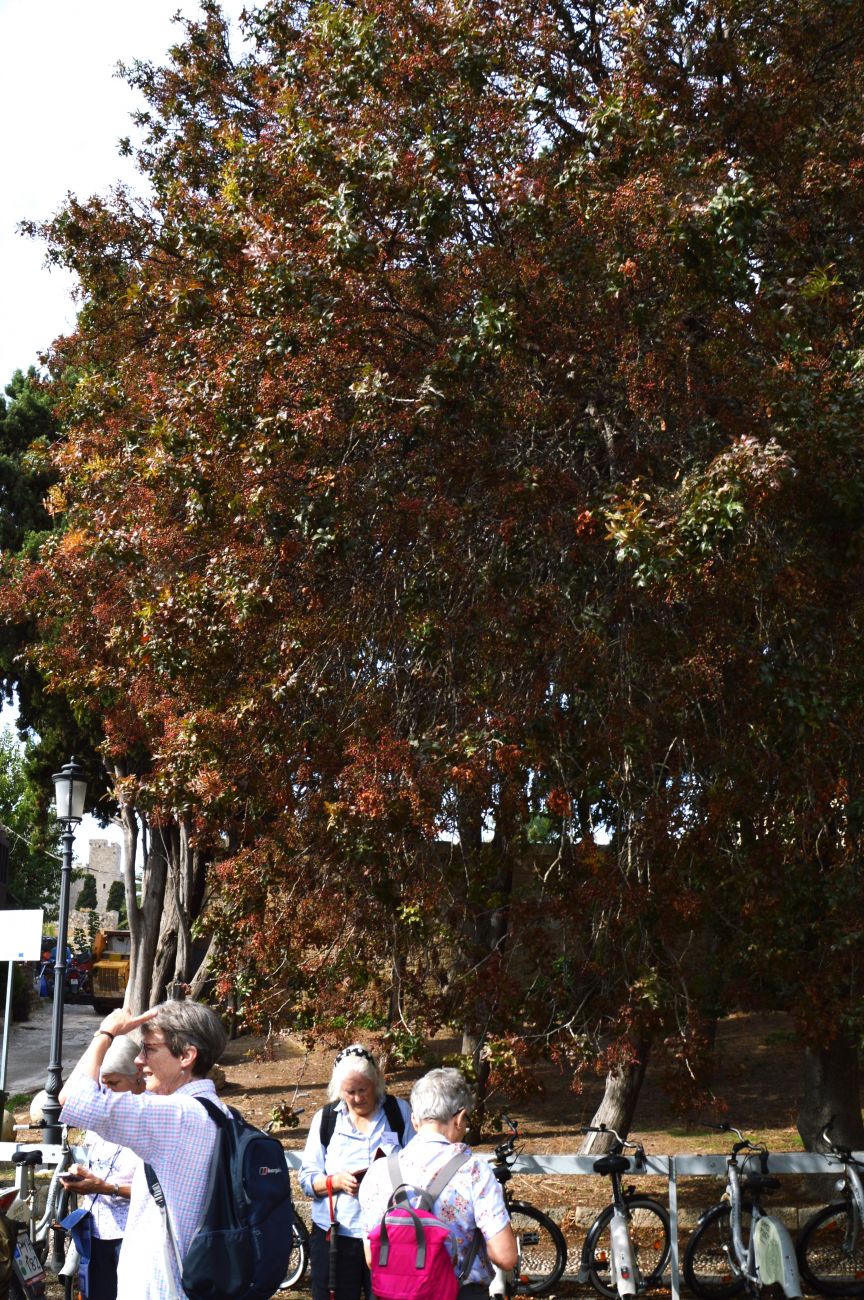
4 – Schinus terebinthifolius
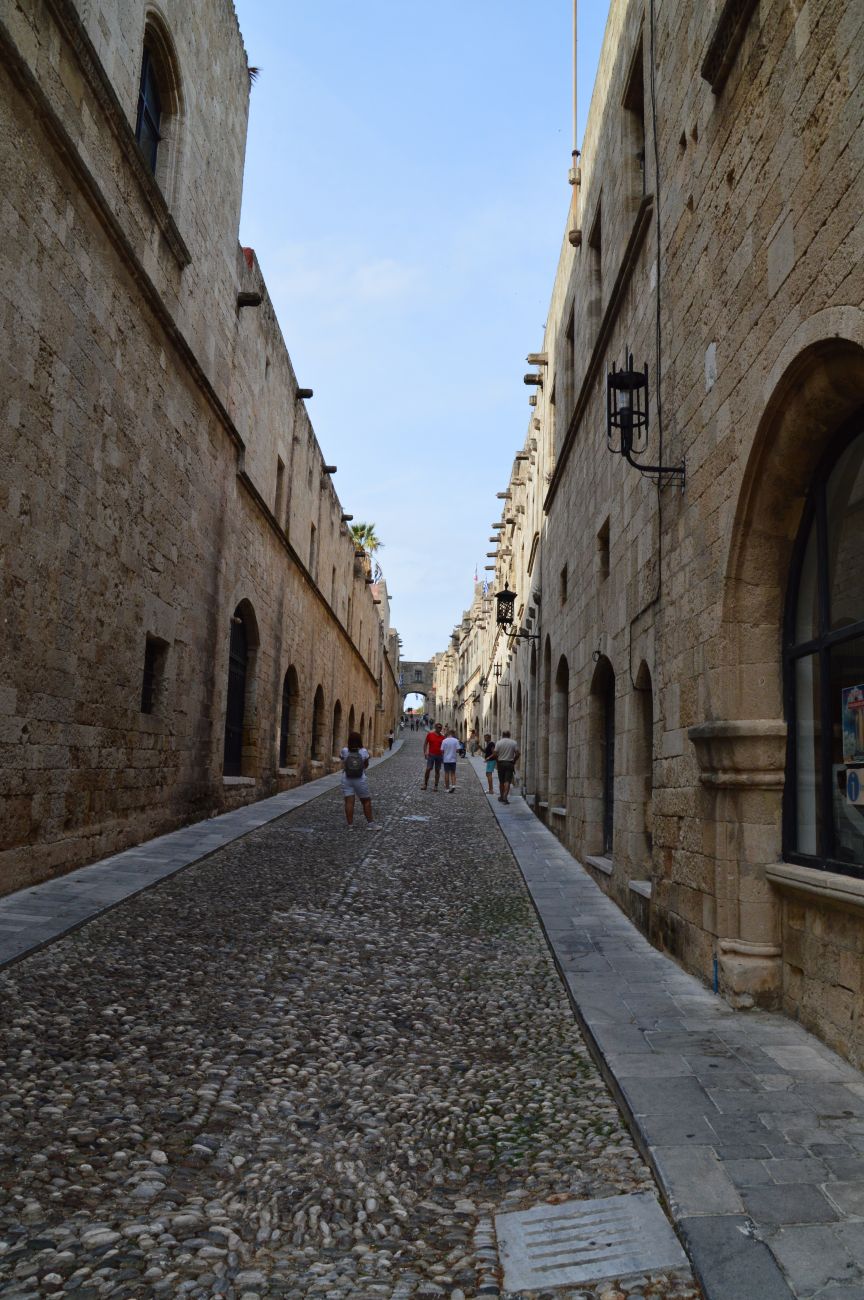
4 – Street of the Knights (Oδός των Ιπποτών)
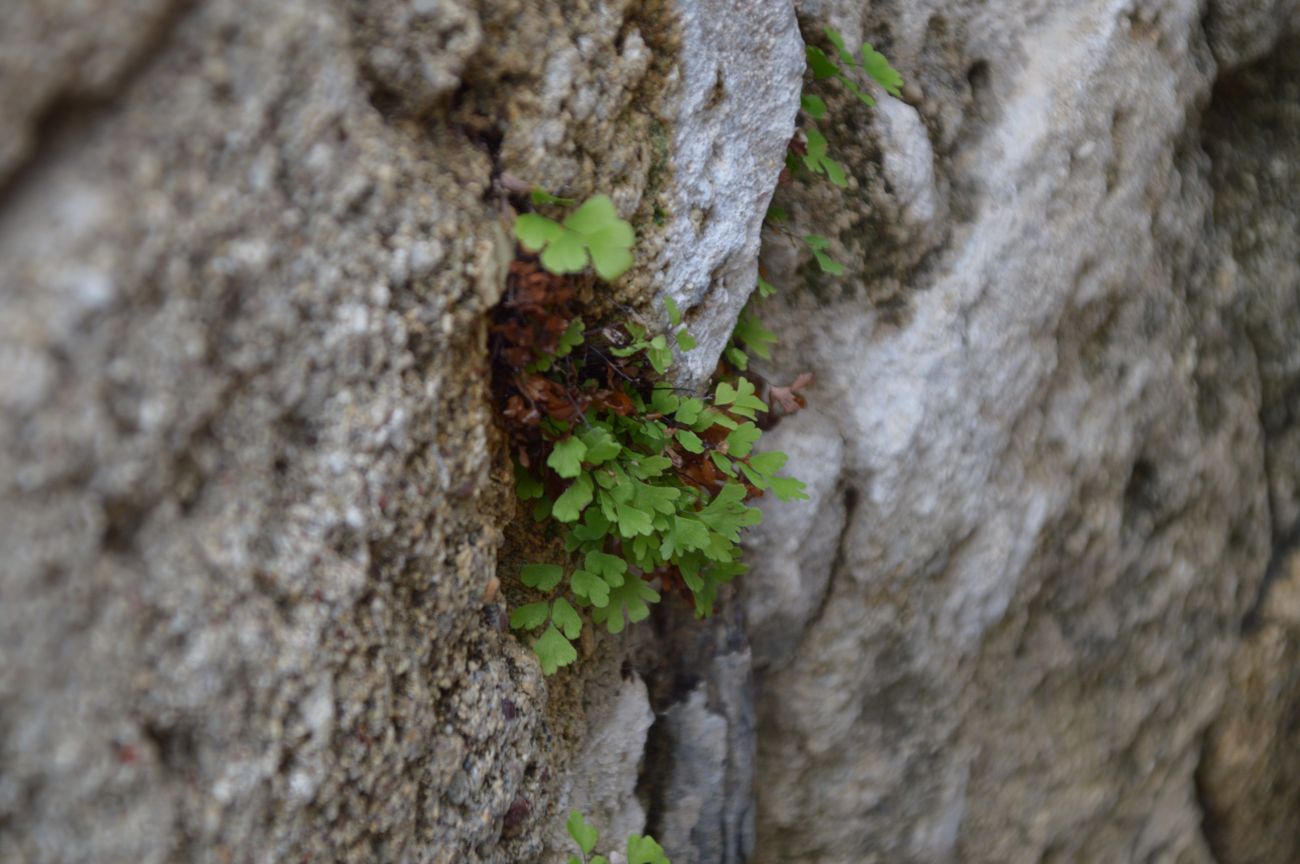
5 – Adiantum capillus-veneris
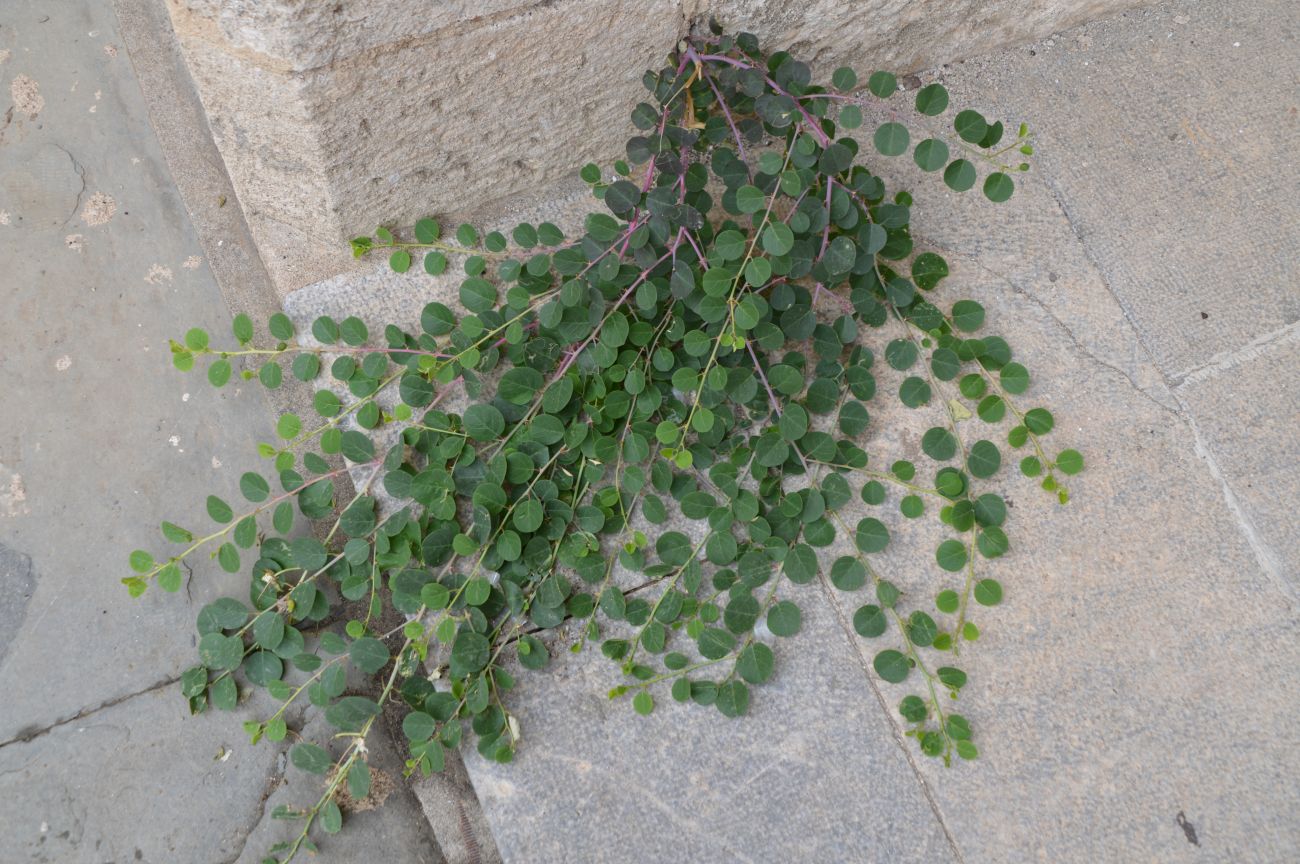
6 – Capparis spinosa
In the palace we could see the Italian influence where living quarters had been tiled and rendered and then painted, but of interest were the large numbers of late Hellenic mosaics[7] mostly transported from Kos. One of our group was especially interested in the wooden model of one of the galleys used in the battle of Lepanto in 1572 between the Ottomans and the Venetians. Having lunch outside we noticed growing in a very small planting hole at the base of the wall, a substantial Hibiscus syriacus with lilac flowers, it would have been attractive if the leaves were not covered in sooty mould from woolly aphid and mealybug. Part of one wall was covered in moss and slime mould, showing how valuable a north-facing position can be in this very dry climate. Following this we looked round the archaeological museum[8]. We were all amazed when one member observantly pointed out rock-crystals (quartz) that had been shaped and encased in copper to make rudimentary magnifying glasses, all dated to the 7th to 6th centuries BC. The museum did have a garden and I was surprised to find some citrus trees shrivelled up but bearing fruit, others very chlorotic and all seemed peculiarly to be planted into concrete pits or just the top of the soil was encased, and they were joined together by rills[9]. I can only assume that this is for irrigation so that water gets to the roots as quickly as possible. Of note were Cyperus growing near one tree which usually signify moist soil, overwatering could be a possibility. Rosemary was in flower. There was also one very healthy specimen of Liquidambar orientalis[10].
We then made our way to the ramparts[11], on the way a small Euphorbia was pointed out, one of a few species native to the Americas. E. serpens seemed common. At the entrance on the walls though not flowering was Hyoscyamus[12], a genus with distinctive leaves but easier to distinguish when in flower. As we continued more Capparis appeared, often high in the walls. We noticed different forms of Myrtus communis, cultivated forms[13] with large, pale berries and the wild[14] with smaller, dark berries. This was the only member of the family present here. The much-dreaded Ailanthus altissima was quickly spotted.
Moving along to more uneven terrain, and where green grass was somehow growing, we came across Tribulus terrestris[15] bearing small yellow flowers and white-veined leaves, known as the small caltrops because of the very small fruit in the shape of the weapon. Only an annual but attractive enough to warrant a place in the garden. Following this was another, very small annual with glaucous, paddle-shaped leaves, Andrachne telephioides[16]. Unremarkable besides the small fruit which are held upright at first then bend over due to the weight, and are the sole food plant of the Grass Jewel butterfly. Interesting to me in my unfamiliarity of the family Phyllanthaceae.
Next, we came across Heliotropium hirsutissimum[17] with the characteristic scorpioid cyme inflorescence and salver-form flowers, unfortunately unscented. Another member of this family in flower was Echium angustifolium[18], almost burgundy when opening, fading to purple. Low-growing Micromeria and Calamintha were also flowering, Reichardia picroides had closed their flowers.
Heading back, we noticed the remains of the bases of some palms, mostly Phoenix[19], this was likely due to a non-native introduced pest, Red palm weevil, which is worryingly efficient. As well as white wagtails (Pied being the British subspecies), we encountered roughtail rock agamas[20] climbing up the ramparts in places.
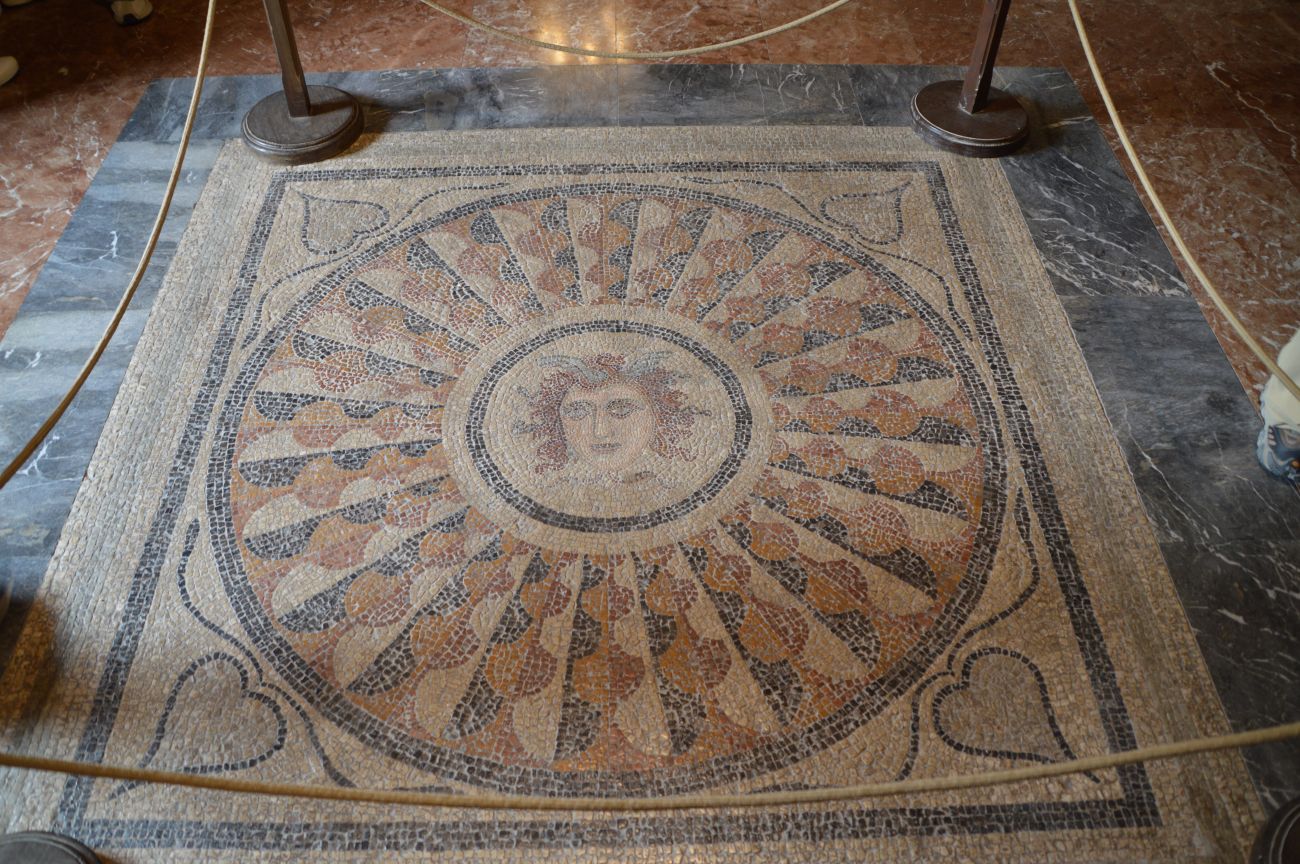
7 – Hellenic mosaics
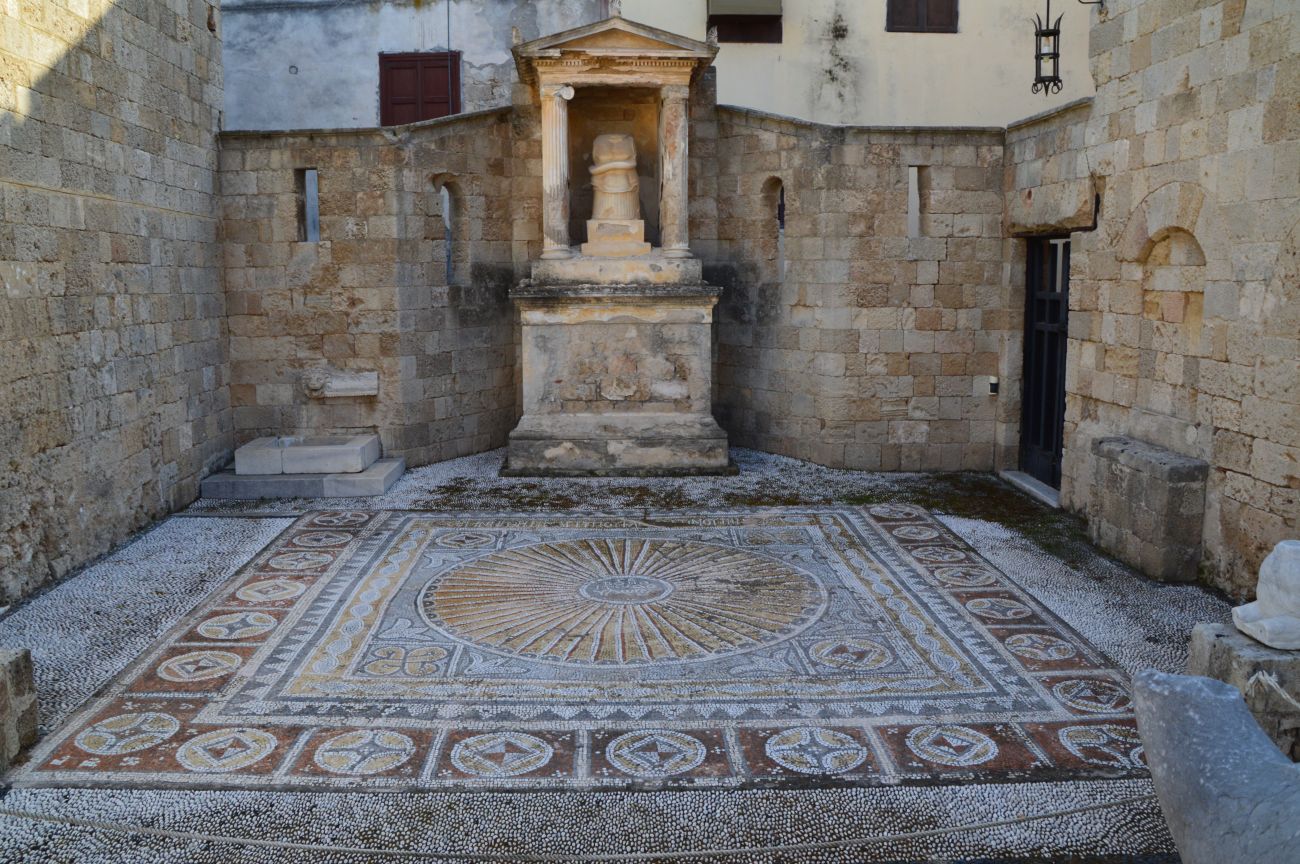
8 – Archaeological museum
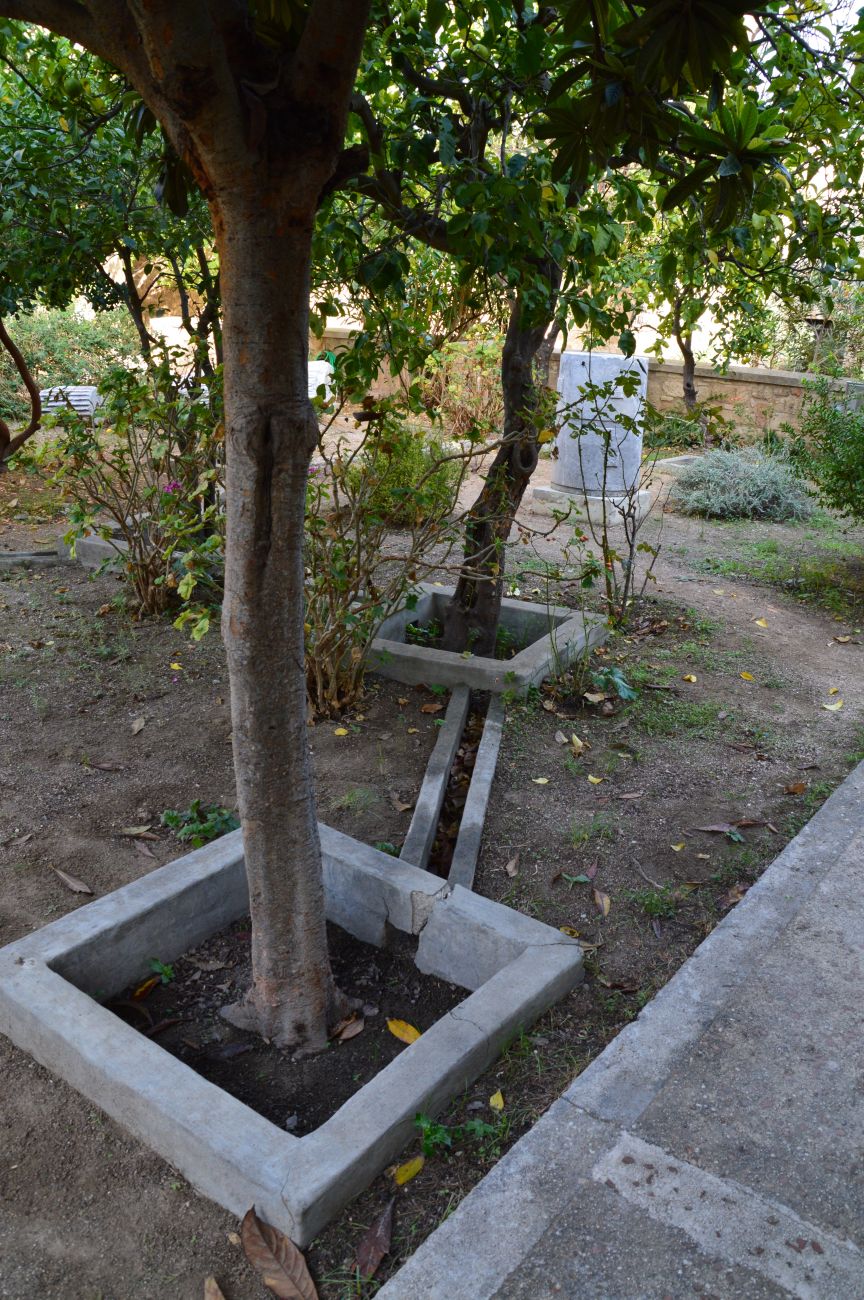
9 – Joined together by rill
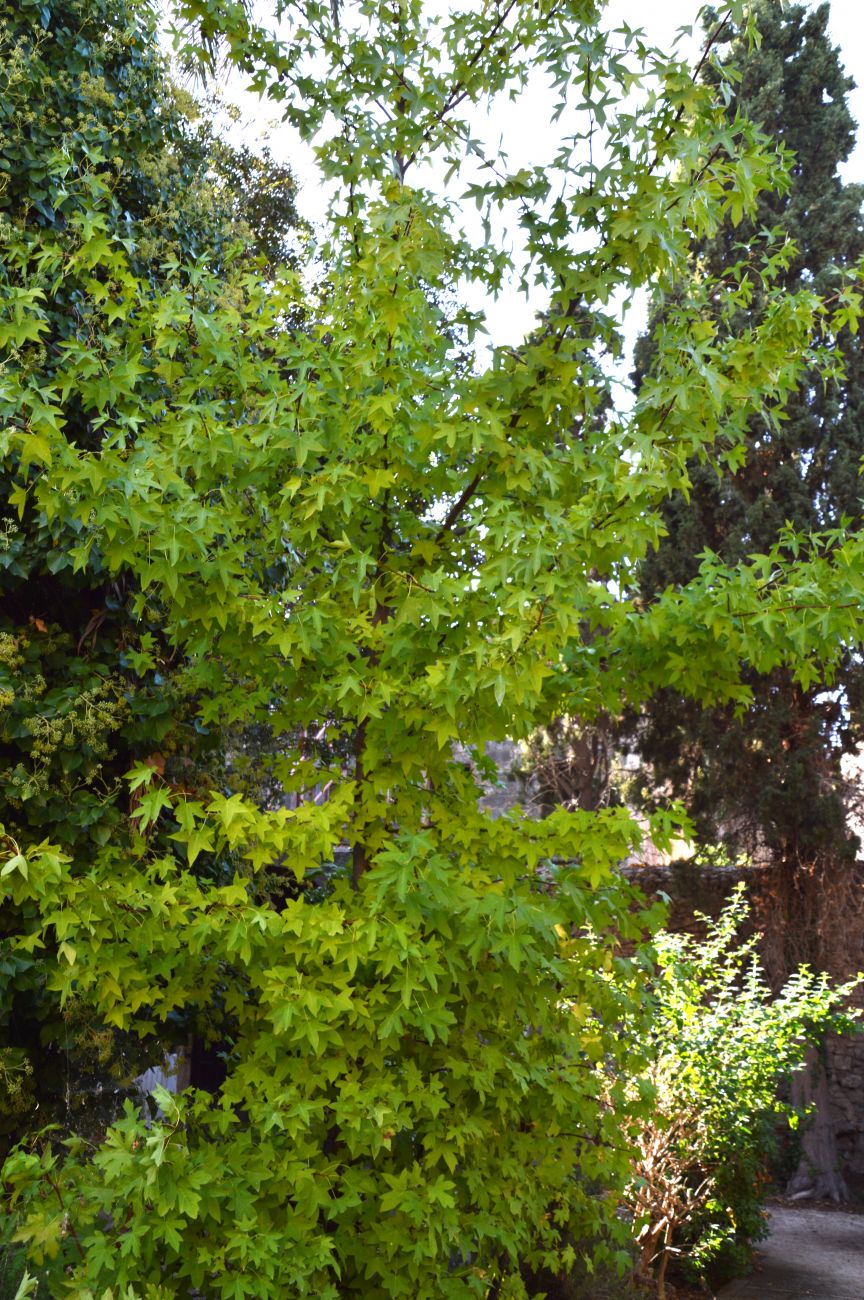
10 – Liquidambar orientalis

11 – Ramparts
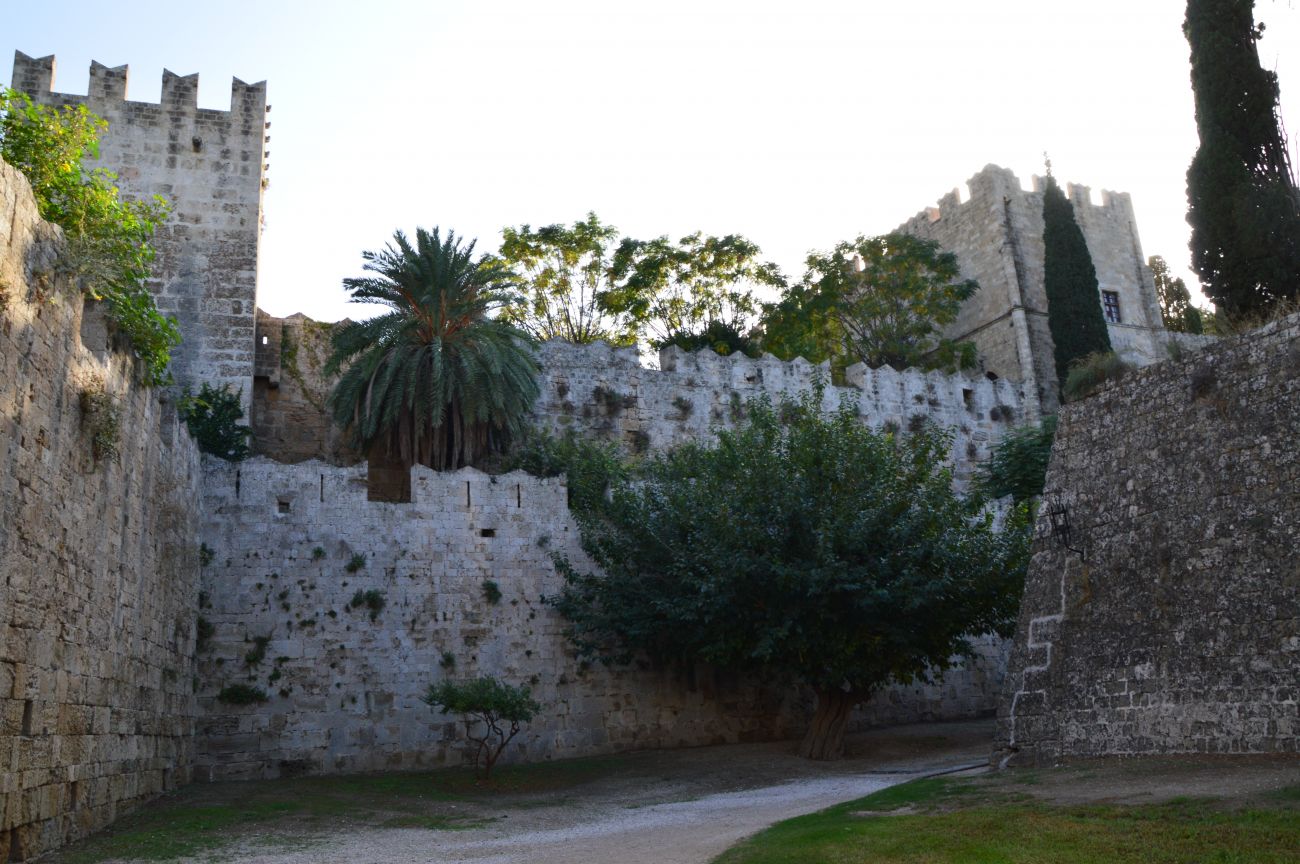
11 – Ramparts
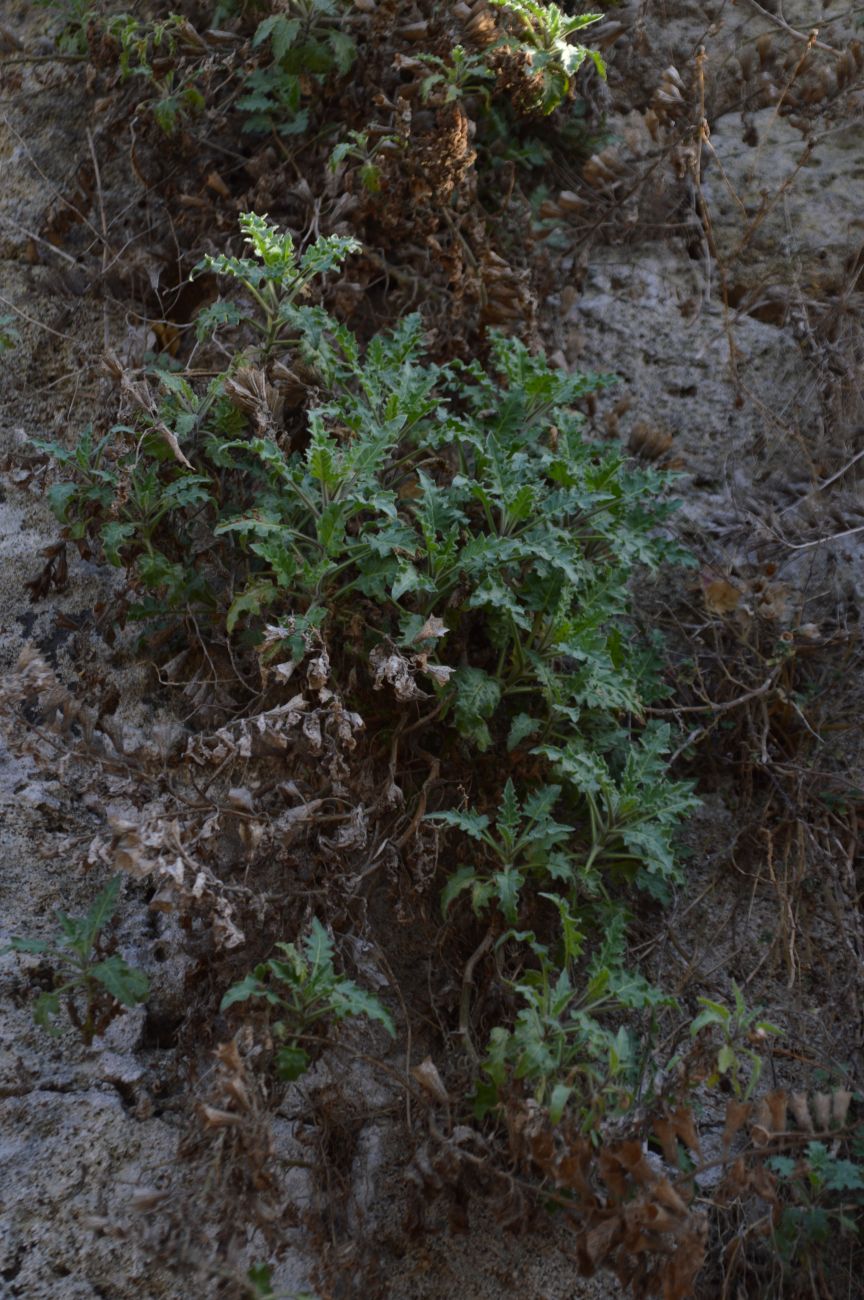
12 – Hyoscyamus
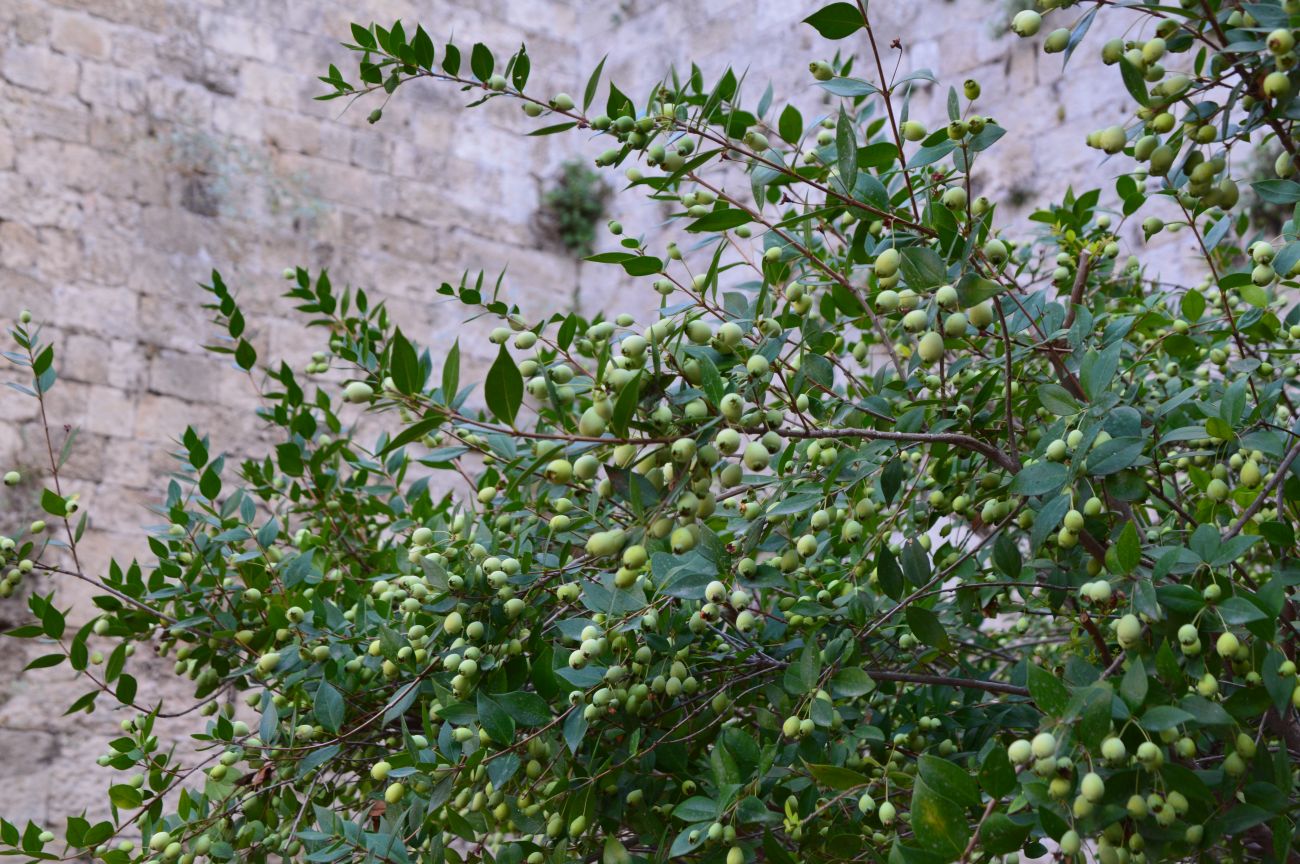
13 – Myrtus communis
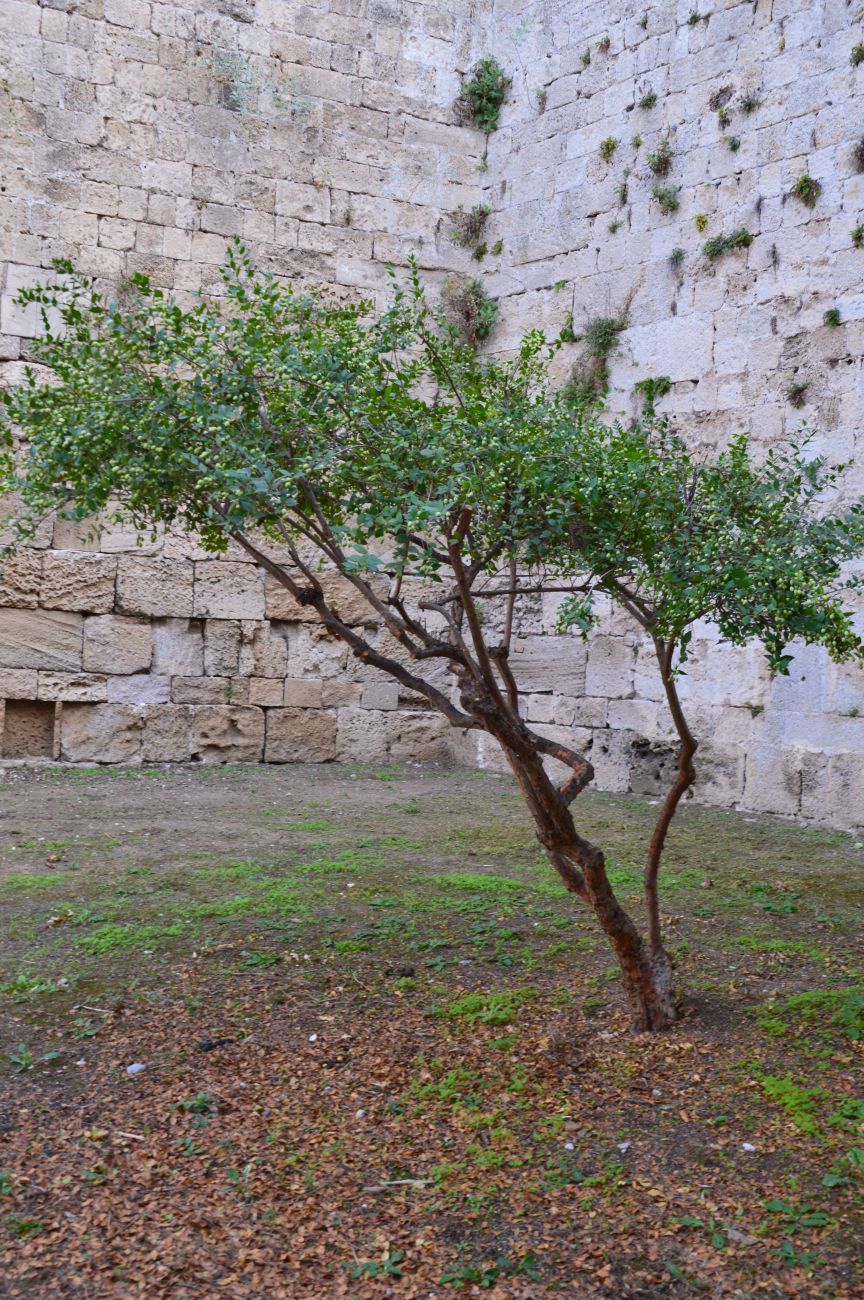
13 – Myrtus communis
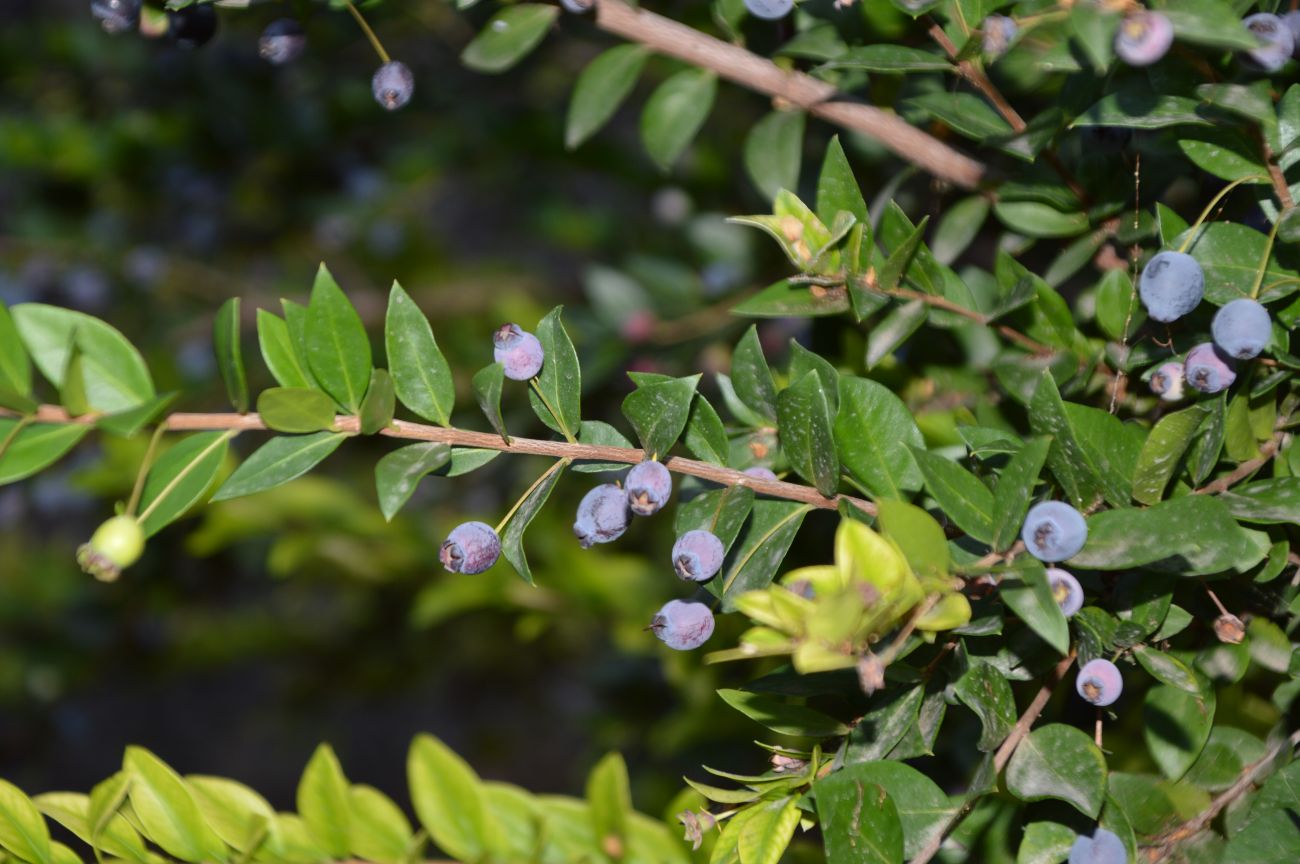
14 – Myrtus communis
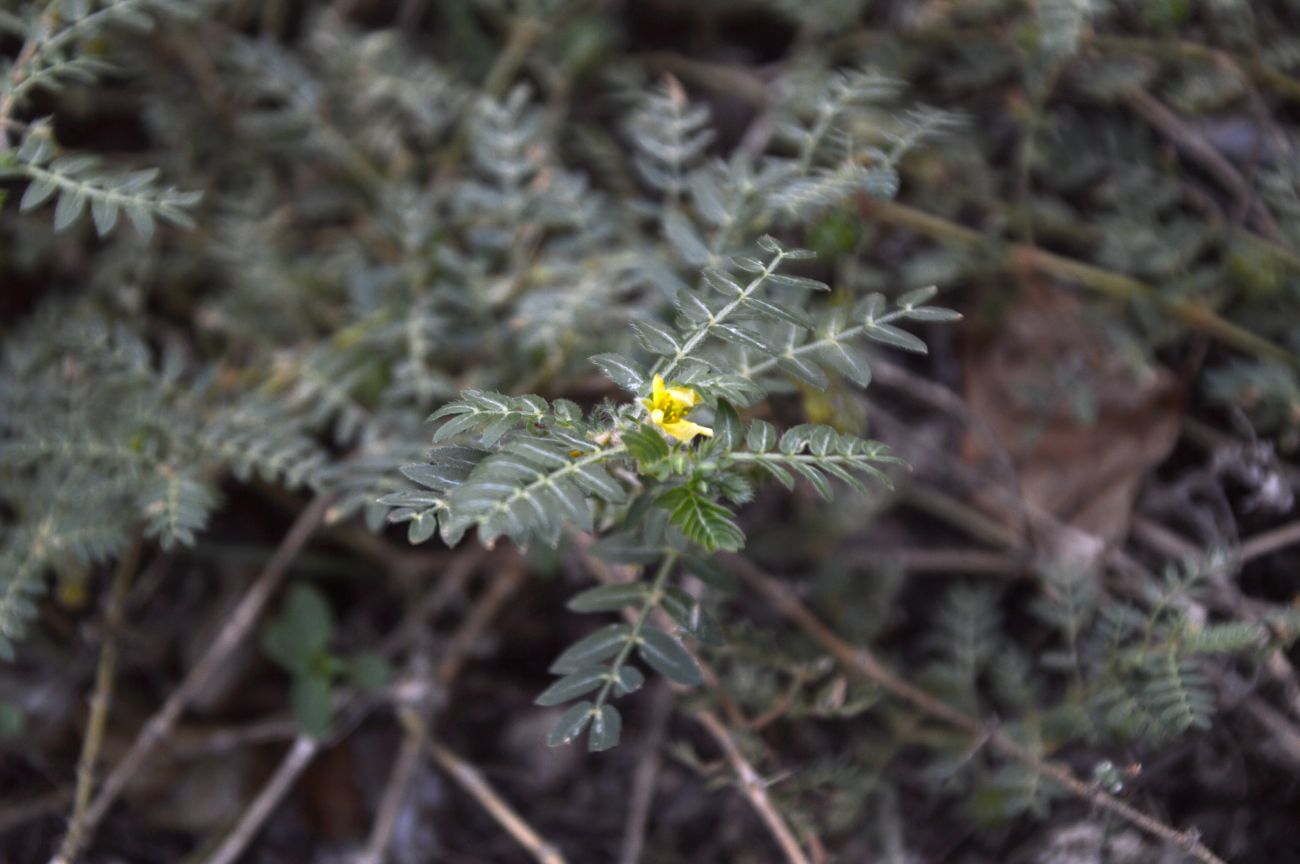
15 – Tribulus terrestris
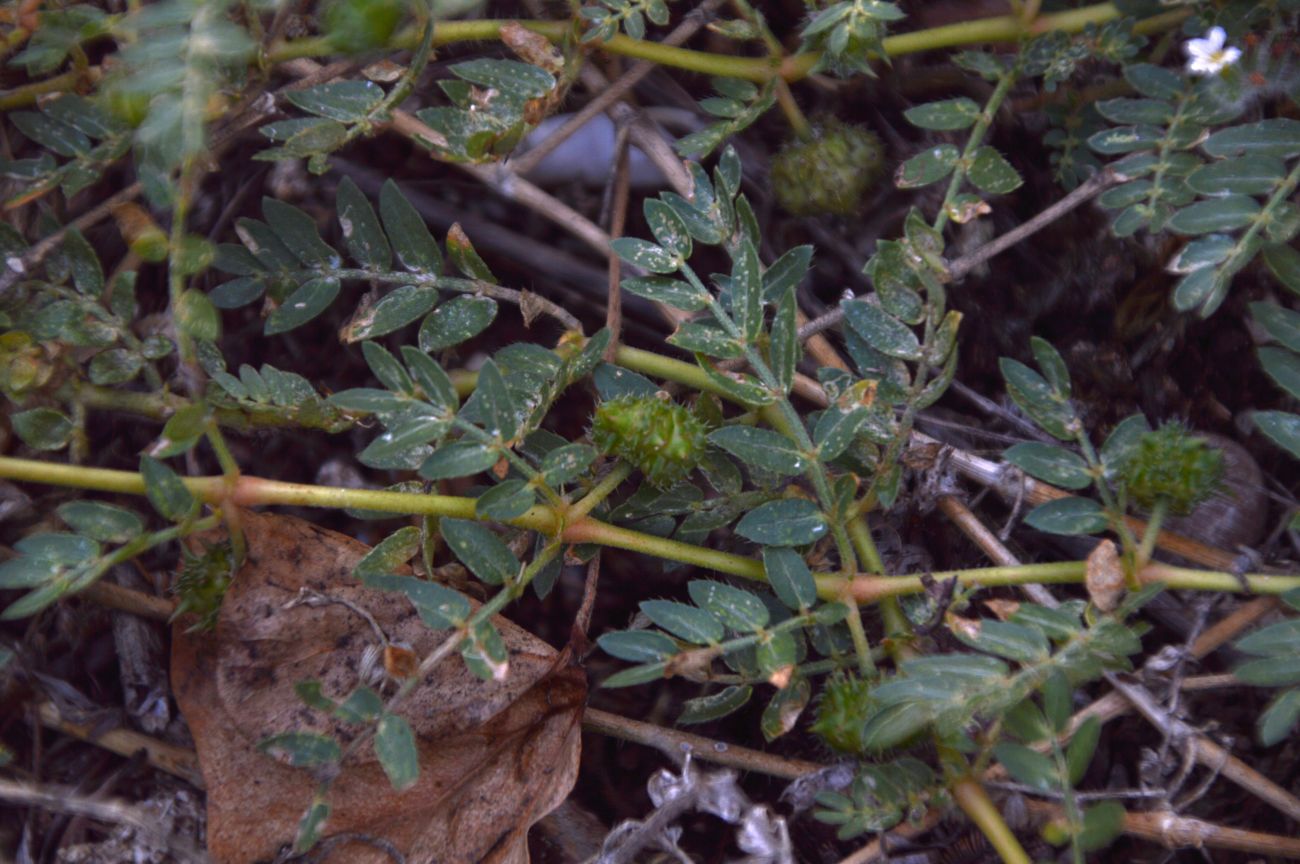
15 – Tribulus terrestris
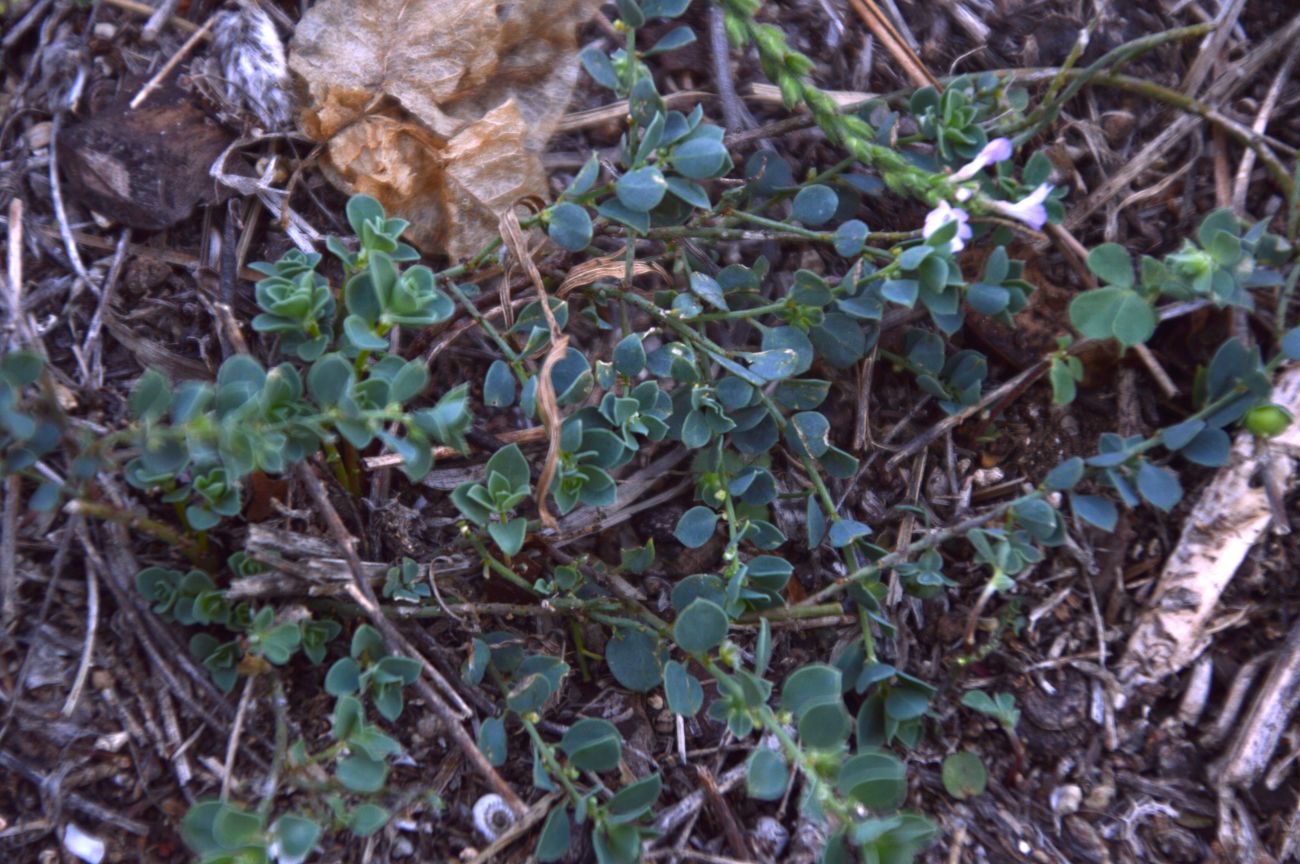
16 – Andrachne telephioides

17 – Heliotropium hirsutissimum

18 – Echium angustifolium
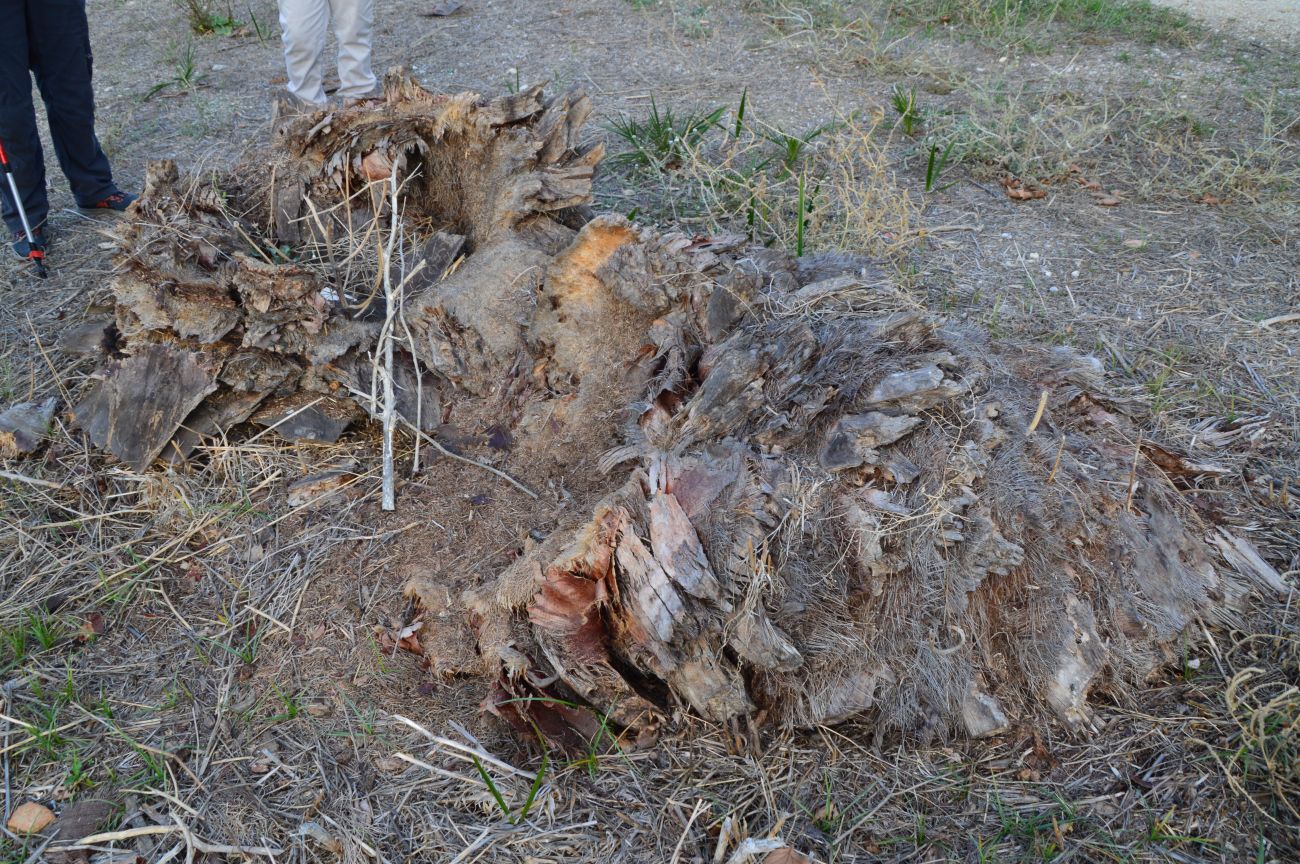
19 – Remains of a Phoenix, possible red palm weevil damage

20 – Rock Agamas
Friday 3 November
We used the minibus and made our way out of the town centre onto the Isiodou road which climbs up the cliffs and on to give views of the west coast and town[21]. We encountered straight away many of the target species listed by our guide Yiannis. Firstly, Cyclamen graecum ssp. anatolicum though this subspecies isn’t recognised by all, the colour varied from white to purple. It seemed to me the more sunlight the lighter colour the flowers. Many were finishing and the lovely, marbled leaves were emerging on some[22]. Narcissus serotinus[23] was in quite a few places, with very delicate flowers; even easier to overlook was Muscari parviflorum, the specific epithet meaning ‘small flowered’ being very apt.
In the bigger dips and preferring some shade were the shrivelled remains of what has undergone many name changes, I will use the name provided: Atractylis gummifera[24]. A lovely stemless thistle with many still flowering strongly, with purple ray florets surrounding the contrasting white-centred yet purple-tipped disc florets. Nearby we came across the delightful Plumbago europaea[25] which should be grown more often, tipped by lilac-pink, purple striped flowers. There shrubby Thymus capitatus was also in flower. We then walked on the inland side of the road and as expected encountered fewer flowers in general, more exposed and less moisture drifting inwards. Though Ferula was in leaf only the substantial remains of one inflorescence remained, laden with seeds[26]. The area as everywhere else was covered in the seedheads of Drimia maritima[27] and many were beginning to or had sprouted new growth. Its poison means little to nothing will consume it; in most places we went it was in profusion. Leontodon tuberosus was along with the Reichardia the only composite on display, slightly glossy compared to British hawkbits. Clusters of Eryngium campestre were producing new basal growth, and one or two flowers were still present on the clumps of Echinops spinosissimus which were a somewhat underwhelming washed out blue. Positioned in a dip by the road I’ve always found putting these plants in a wet place mitigates their spreading nature slightly. A lonely Reseda alba was also in flower.
Moving along the coast you quickly noticed the Agave americana that has proliferated in these areas, some forming large clumps and, at first, I assumed the dead rosettes were the natural process of flowering. But some looked to have been killed by the Agave snout weevil[28]. Further on we explored the cliff edge again and came across wild olive, a Cupressus sempervirens which had been damaged by salt spray on one side, Petrosedum sediforme (syn. Sedum)[29], some very nice clumps of purple Cyclamen, Smilax aspera bearing its bright red berries, and inexplicably only one Crocus
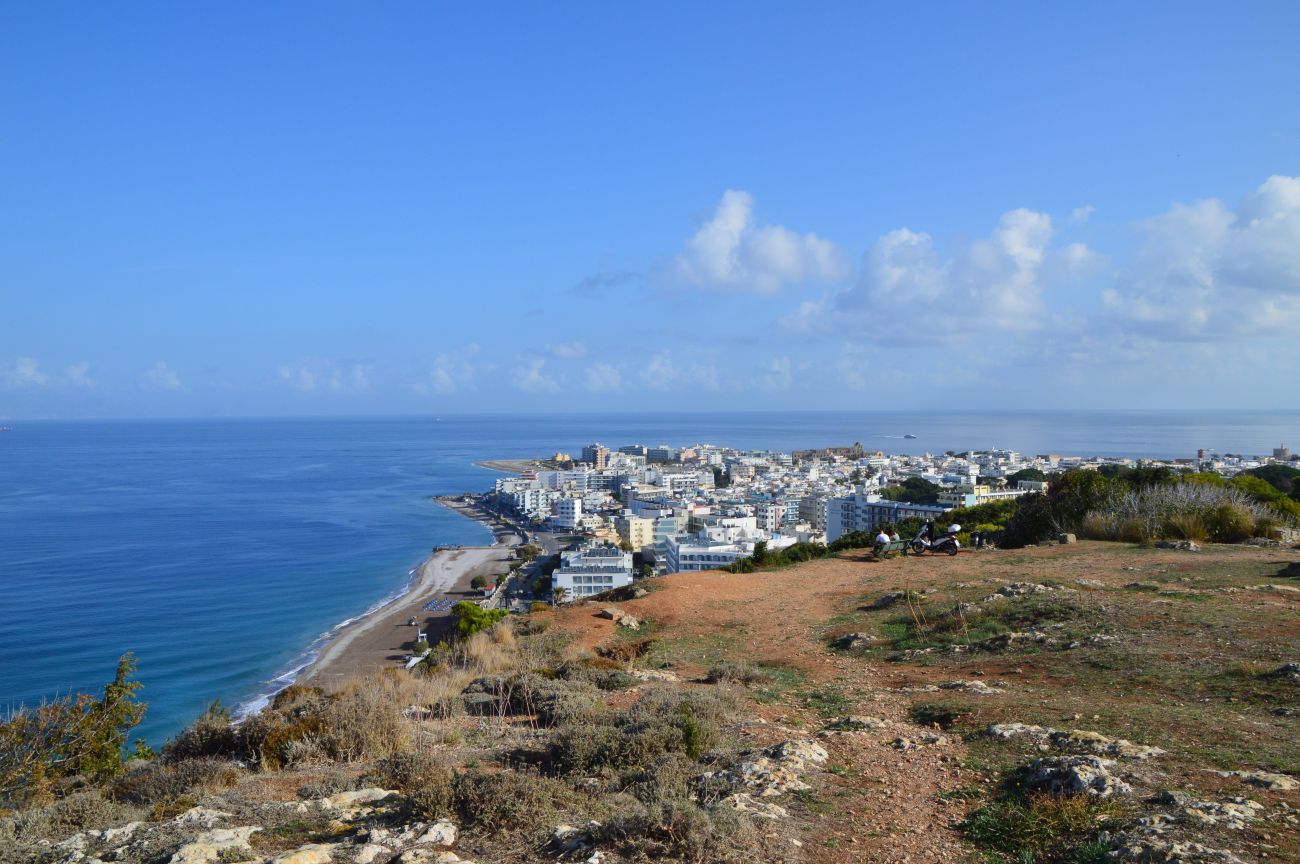
21 – West coast and town
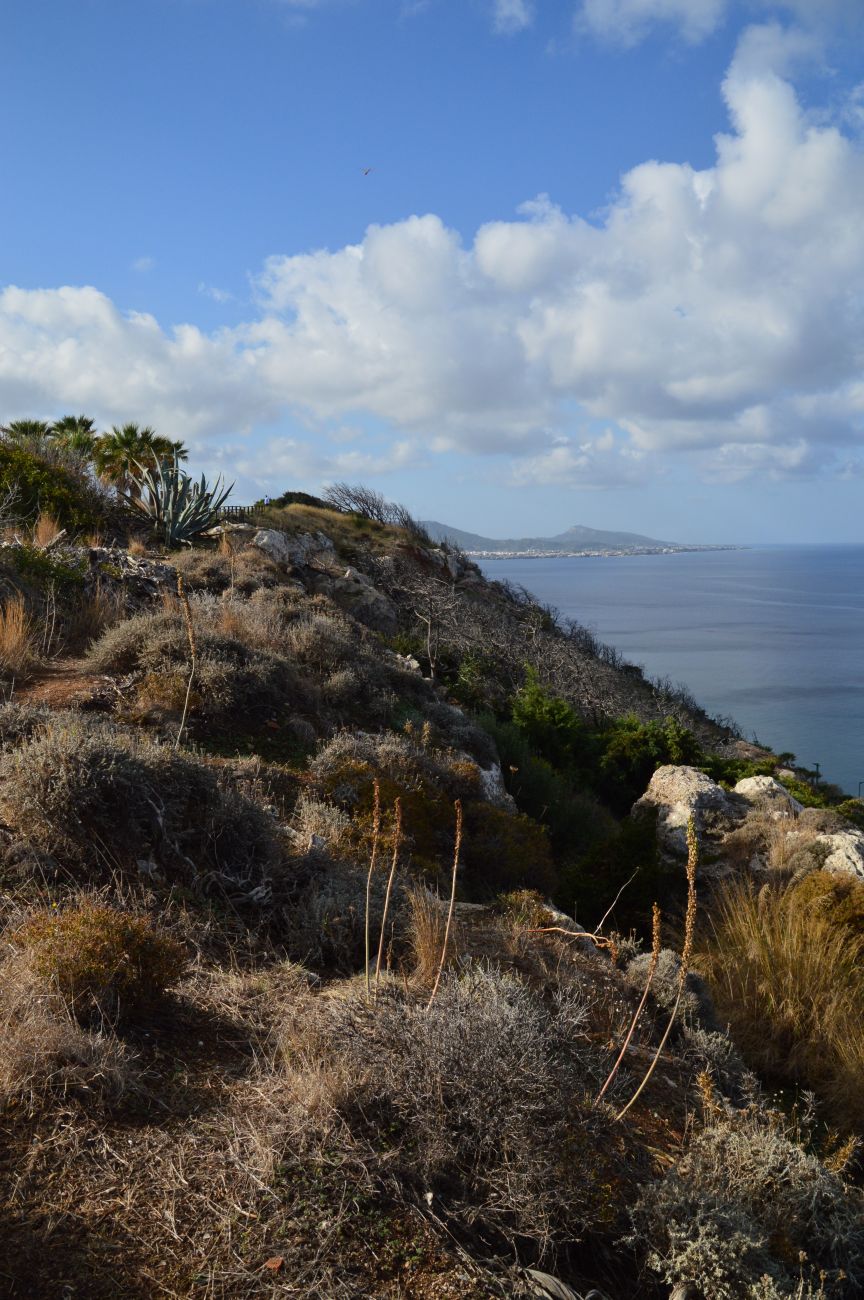
21 – West coast and town
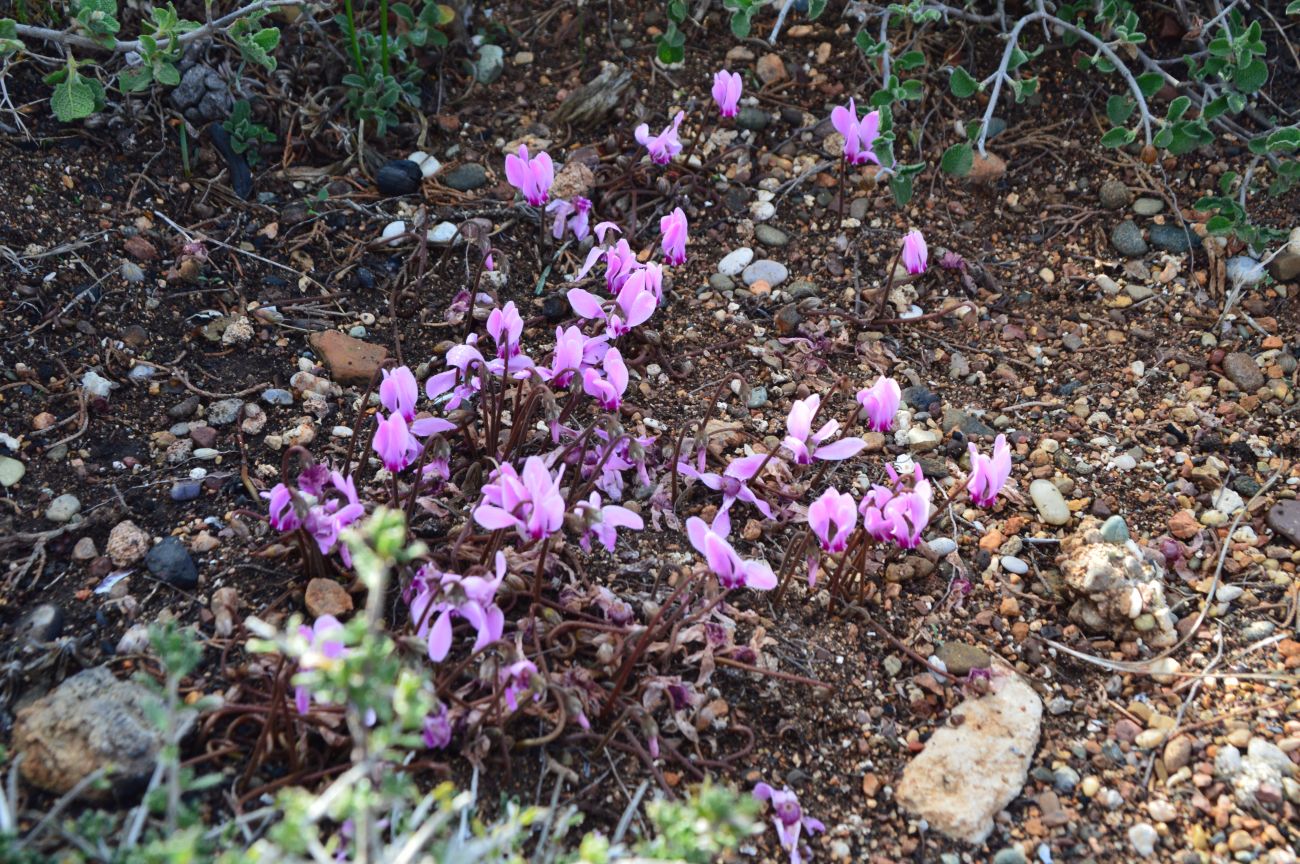
22 – Cyclamen graecum ssp. anatolicum
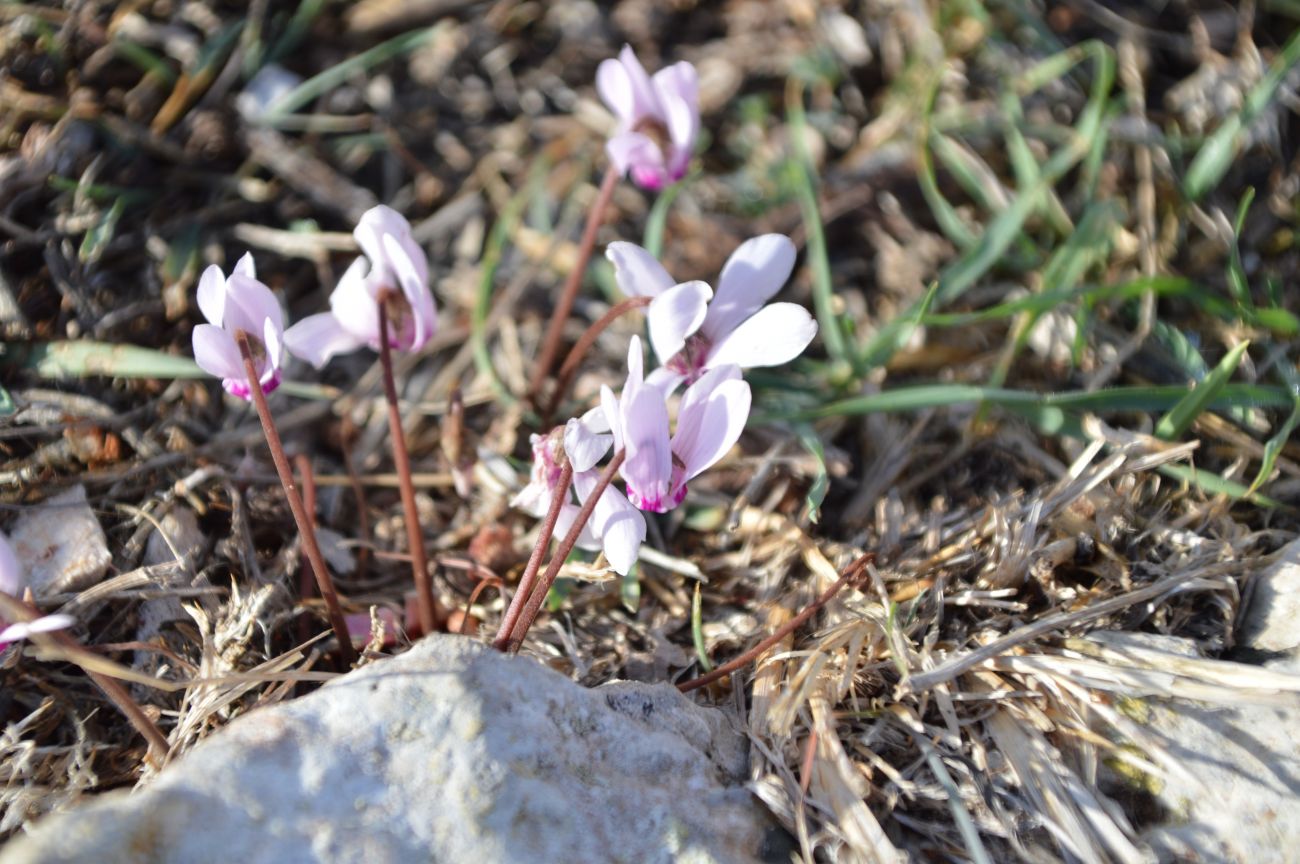
22 – Cyclamen graecum ssp. anatolicum
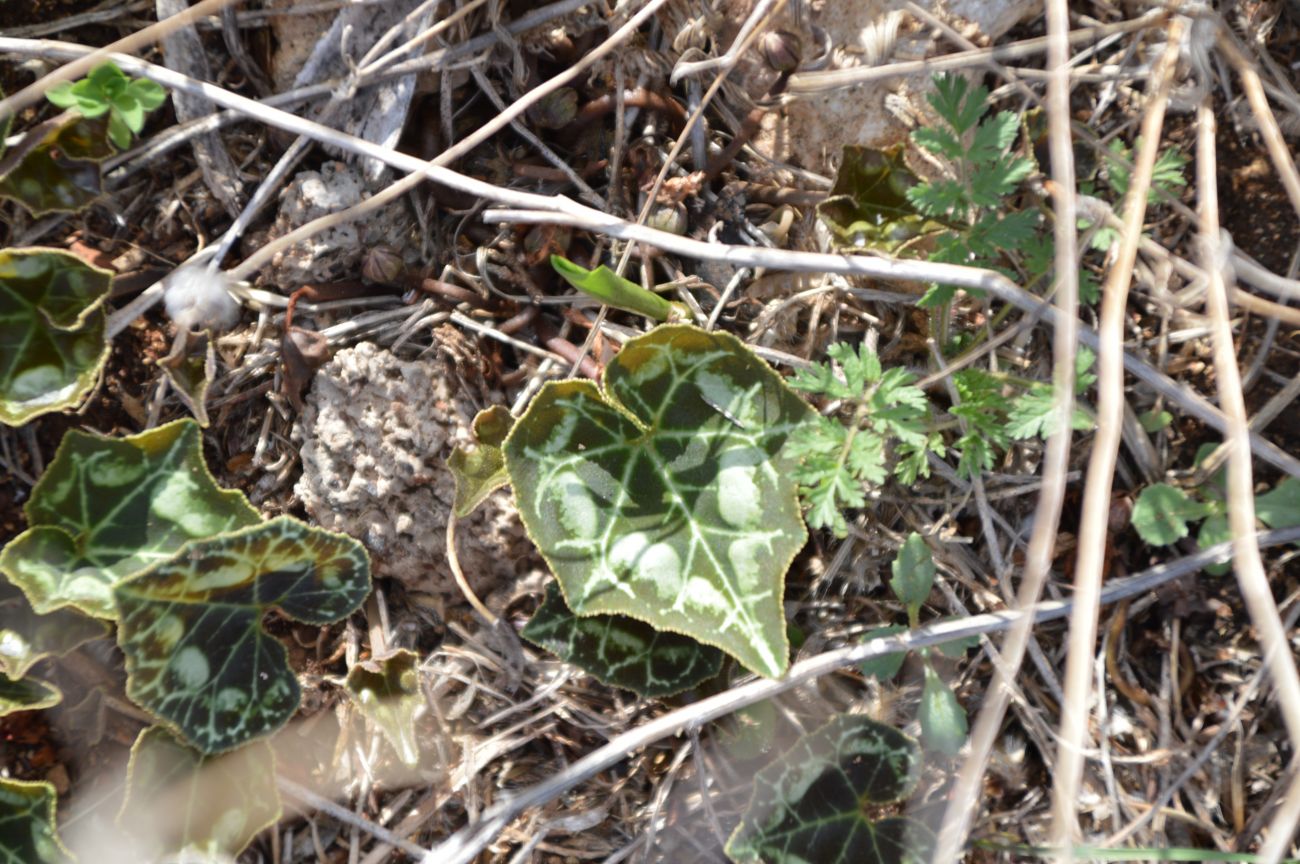
22 – Cyclamen graecum ssp. anatolicum

23 – Narcissus serotinus
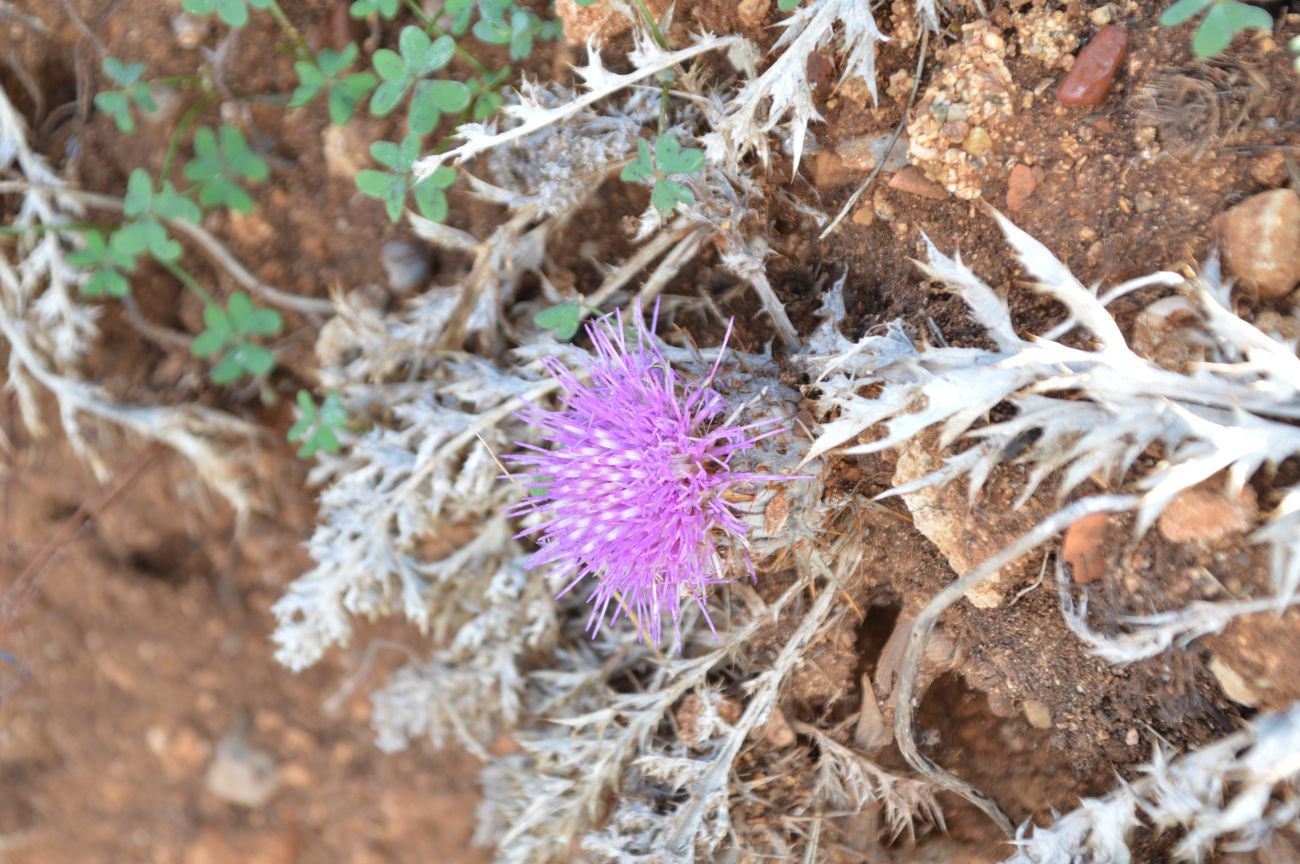
24 – Atractylis gummifera
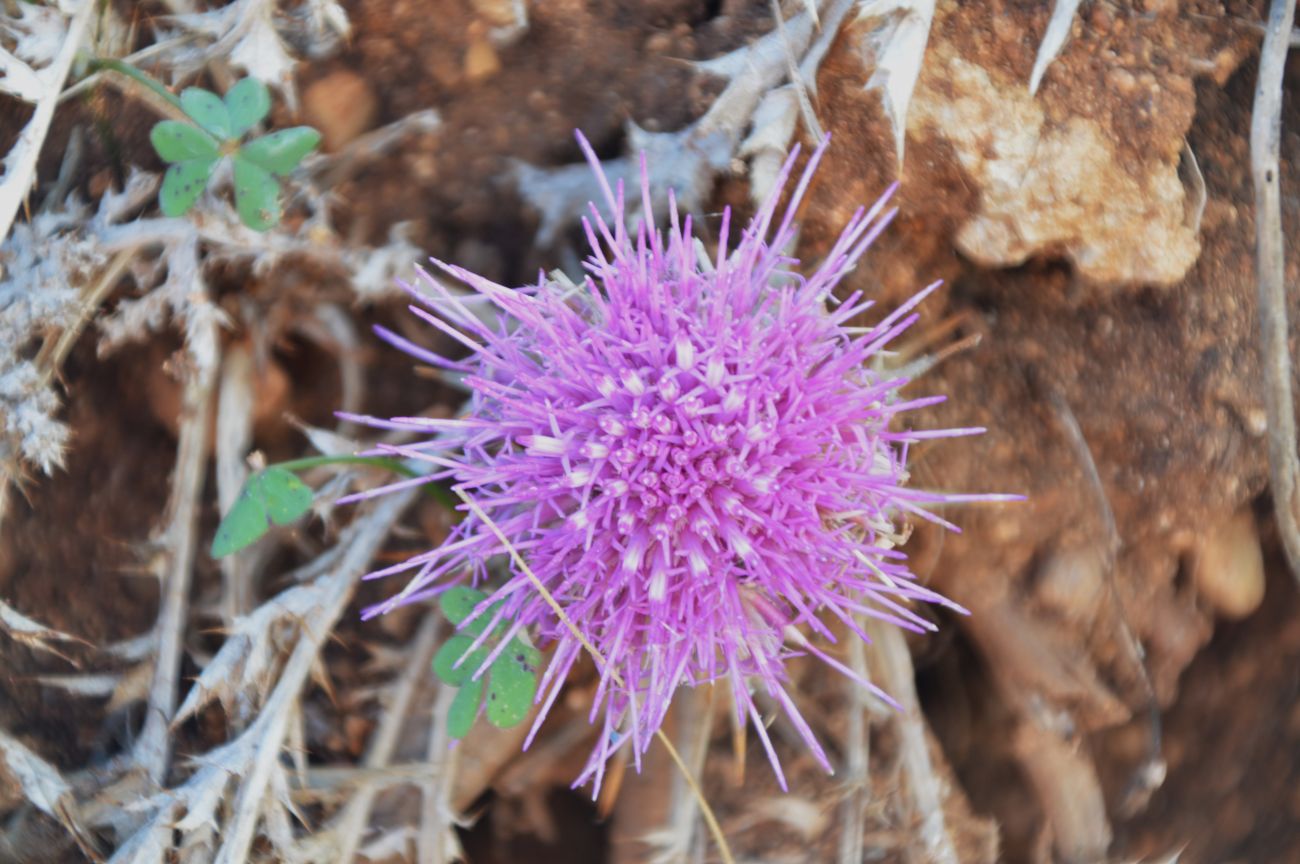
24 – Atractylis gummifera

25 – Plumbago europaea

26 – Ferula

26 – Ferula
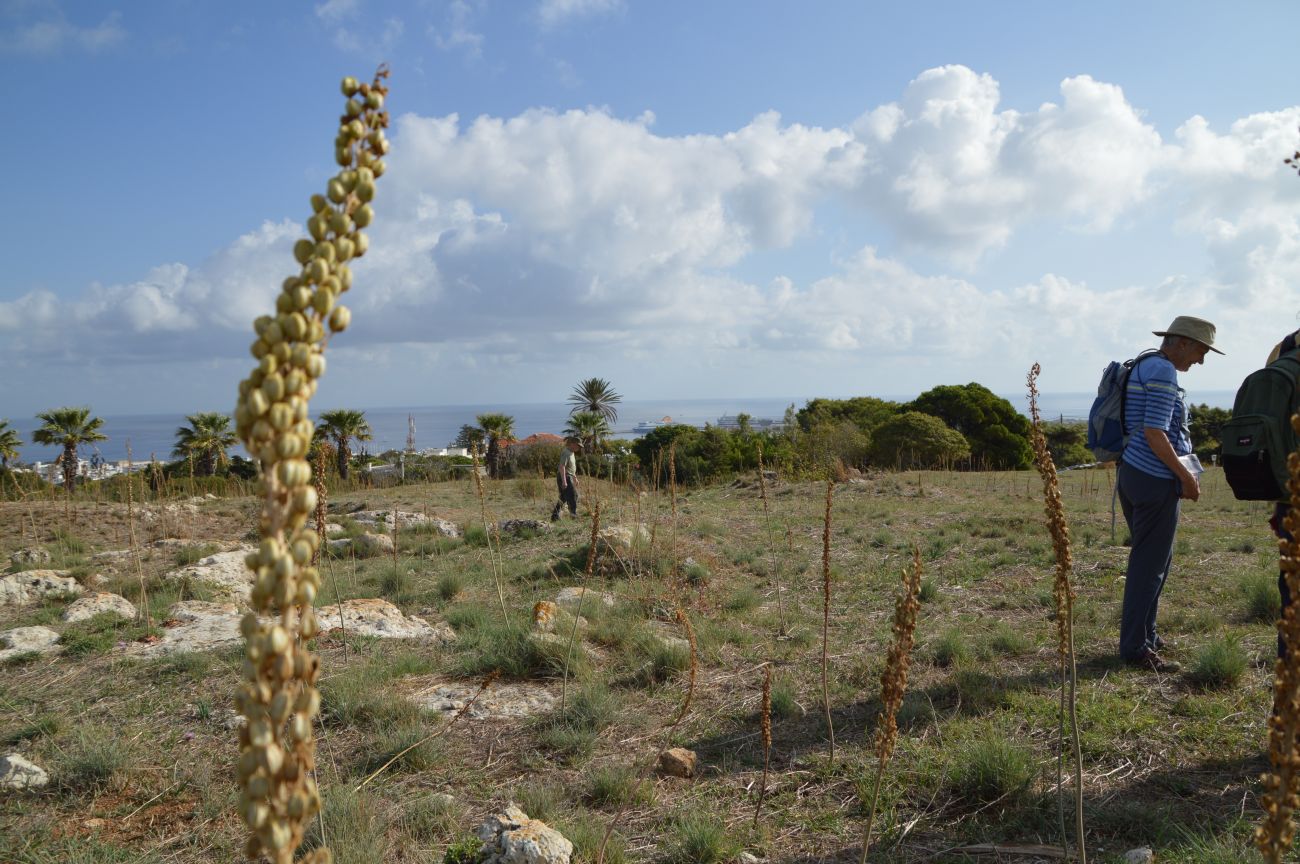
27 – Drimia maritima
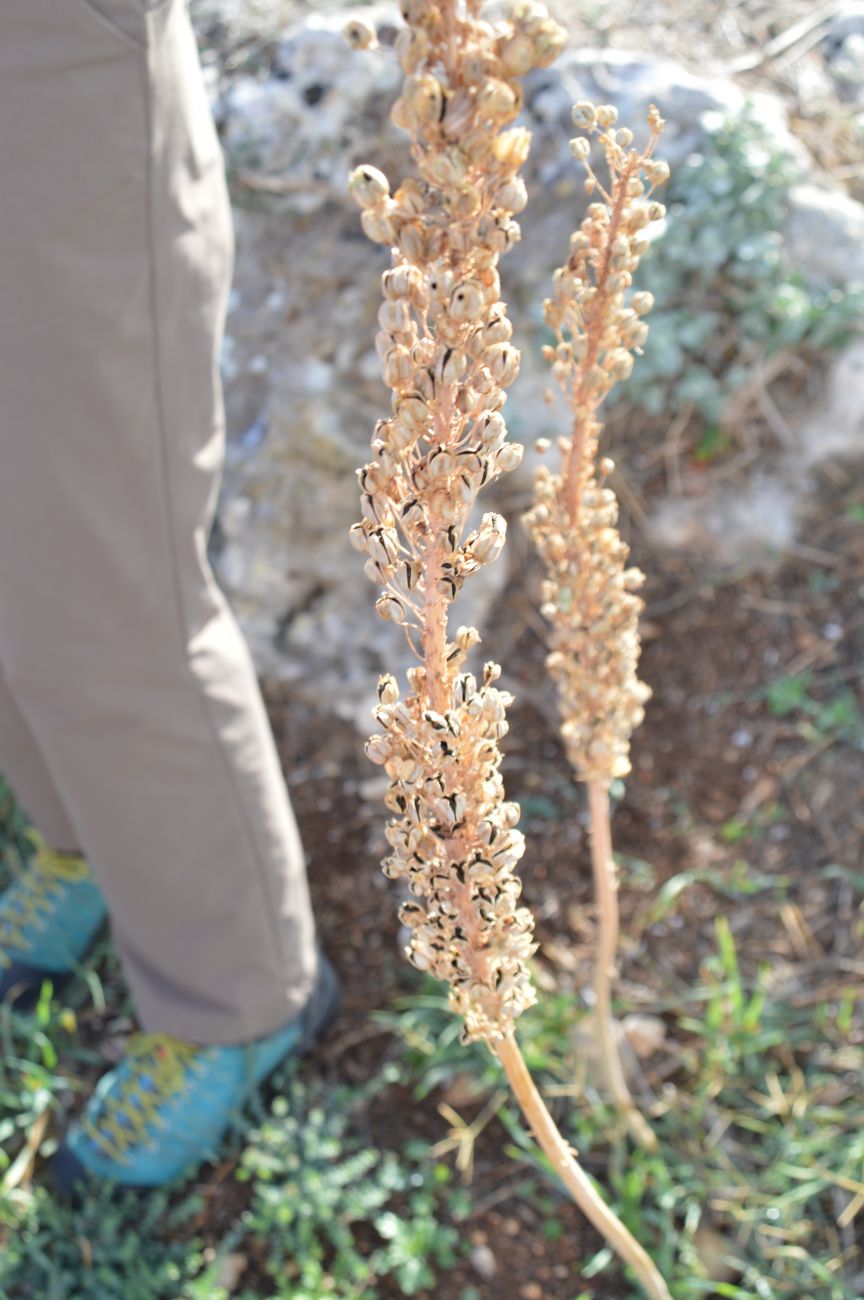
27 – Drimia maritima
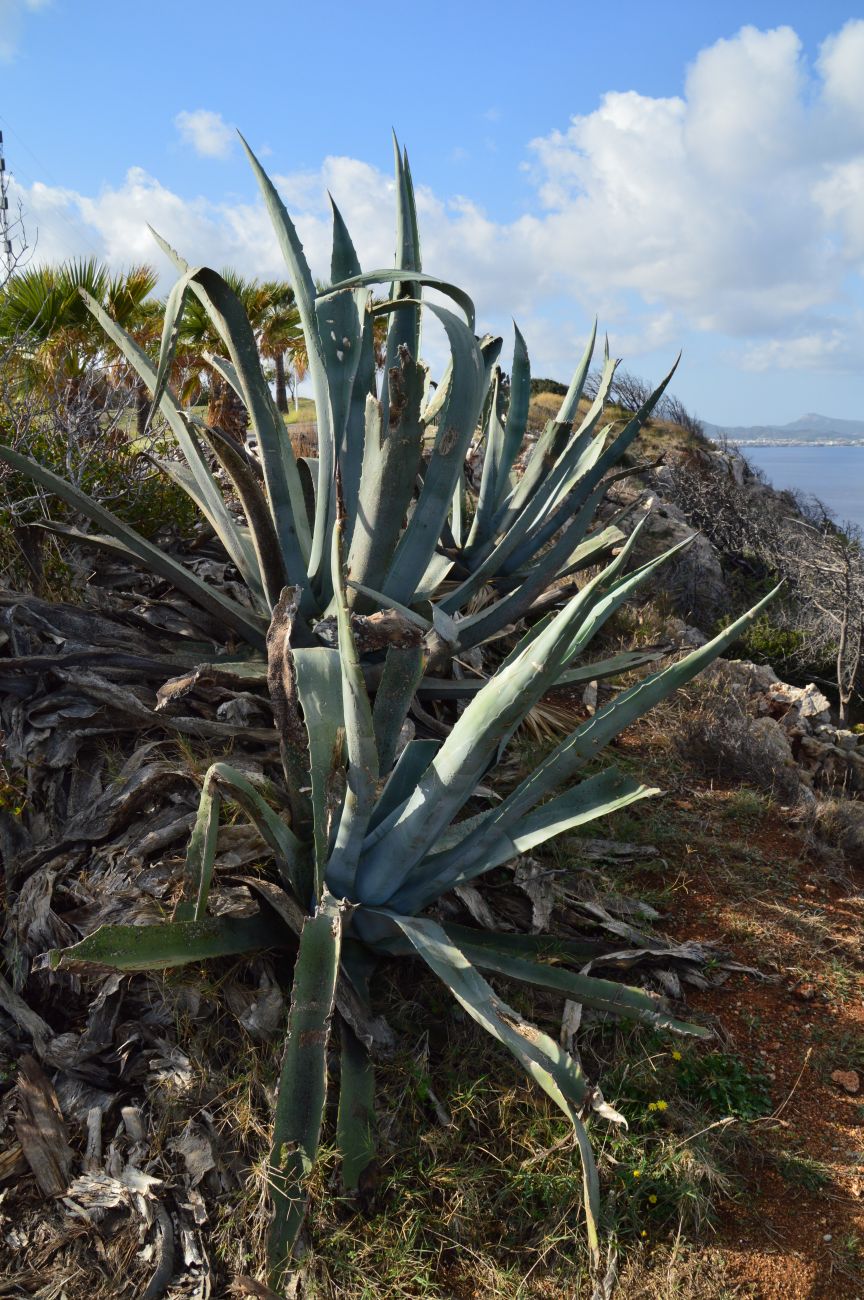
28 – Agave americana

28 – Agave americana
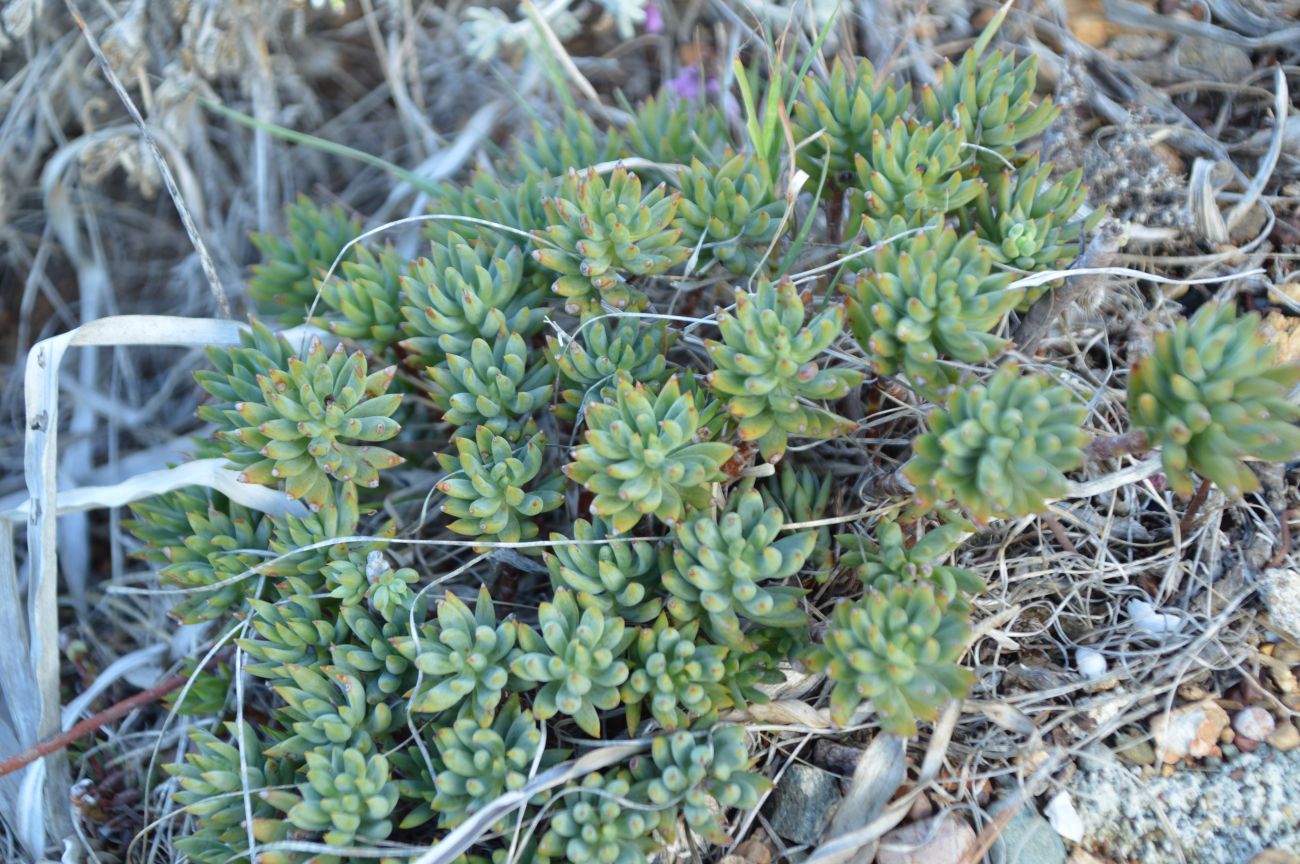
29 – Petrosedum sediforme (syn. Sedum)
Tournefortii, a lovely pure white specimen with the characteristic white stamens, this was likely the only one out because of the slightly damp, shaded gully.[30]
From there we headed inland and higher in search of Colchicum balansae, this genus we were hard pressed to find. The first place Yiannis spotted a plain tiger butterfly, but I wasn’t quick enough. He thought the area too recently disturbed for bulbs and to prove it large clumps of Ecbalium elaterium[31] were in flower, most often seen on waste ground, the fruit wasn’t quite ripe enough though, no matter how much Yiannis prodded with his stick. Both species of Dittricia were present here, the tall, woody, perennial D. viscosa[32], and D. graveolens[33]; slender, smaller flowered, and only annual. Both were common by roads which often kept adjacent areas damper for longer.
From there we headed towards the east coast, to a small area of maquis amongst heavily cultivated farmland, Yiannis quickly spotted what he was looking for and this species, Allium archeotrichon[34], we found surprisingly often and normally where dirt roads and tracks had been cut or worn into the hills. A species interesting in itself as it’s only found on the islands of Rhodes, Tilos, and Symi. Chicory was also flowering and in other places it was more common. A common maquis species of mastic was pointed out, P. lentiscus[35], evergreen and without terminal leaflet.
From there we headed to the beach at Faliraki. Large areas behind the foreshore were covered in the glaucous, strap-shaped leaves and ripening seed pods of Pancratium maritimum[36]. There were many flowers to observe, pure white and curious to note the filaments protruding from the tips of the corolla, which seems to be the only morphological difference from Narcissus. An unexpected find was, Ipomoea imperati[37], native to the warm coastal areas around the world with plain white flowers. It was interesting that on the beach itself areas around beach huts had been irrigated presumably to green them up, with the invasive Carpobotrus edulis, palms, tamarisk, Lantana and Arundo growing together.
The last stop today was, heading back to town, on a rocky ridge which was a perfect example of phrygana[38]. As we scouted, a herd of devouring goats passed in front of us, driven by the shepherd[39]. It was curious in that they grazed constantly and very quickly as they moved and wandered without much cohesion. Here we came across a Drimia in flower[40]. It makes one wonder why it isn’t grown more in British gardens, mostly under glass, especially as the similar looking Eremurus commonly is. Another insight we learnt is how plants flower in this climate. The drop in temperature higher up means flowering occurs first and follows accordingly the lower the altitude, opposite to cold climates where temperatures rise in the spring low down first. The dryness of the soil showed how little rain Rhodes had received recently and this continued throughout the trip, meaning the season hadn’t started properly. We headed back to the hotel, but I did notice Aristolochia gigantea being used very nicely as a trellis climber in one domestic garden.
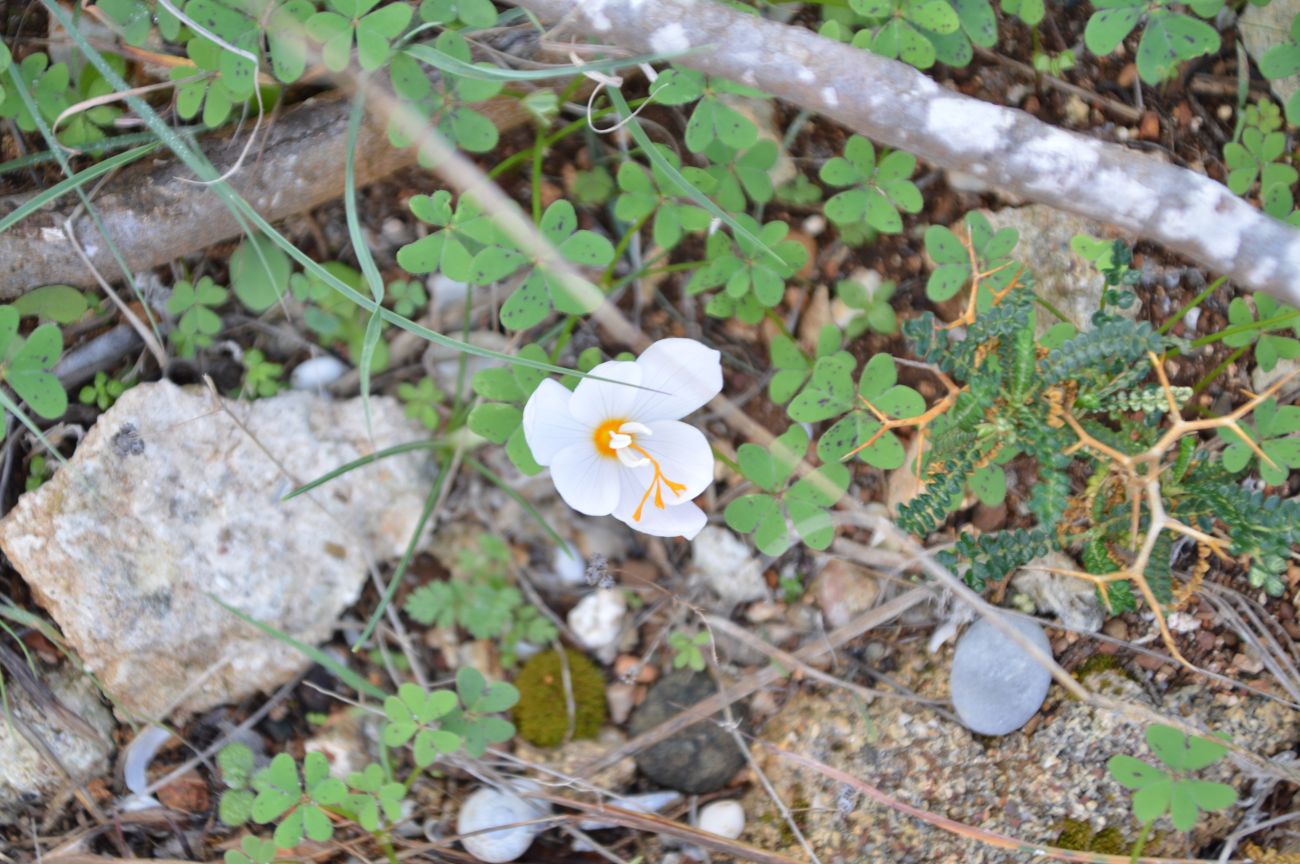
30 – Crocus tournefortii
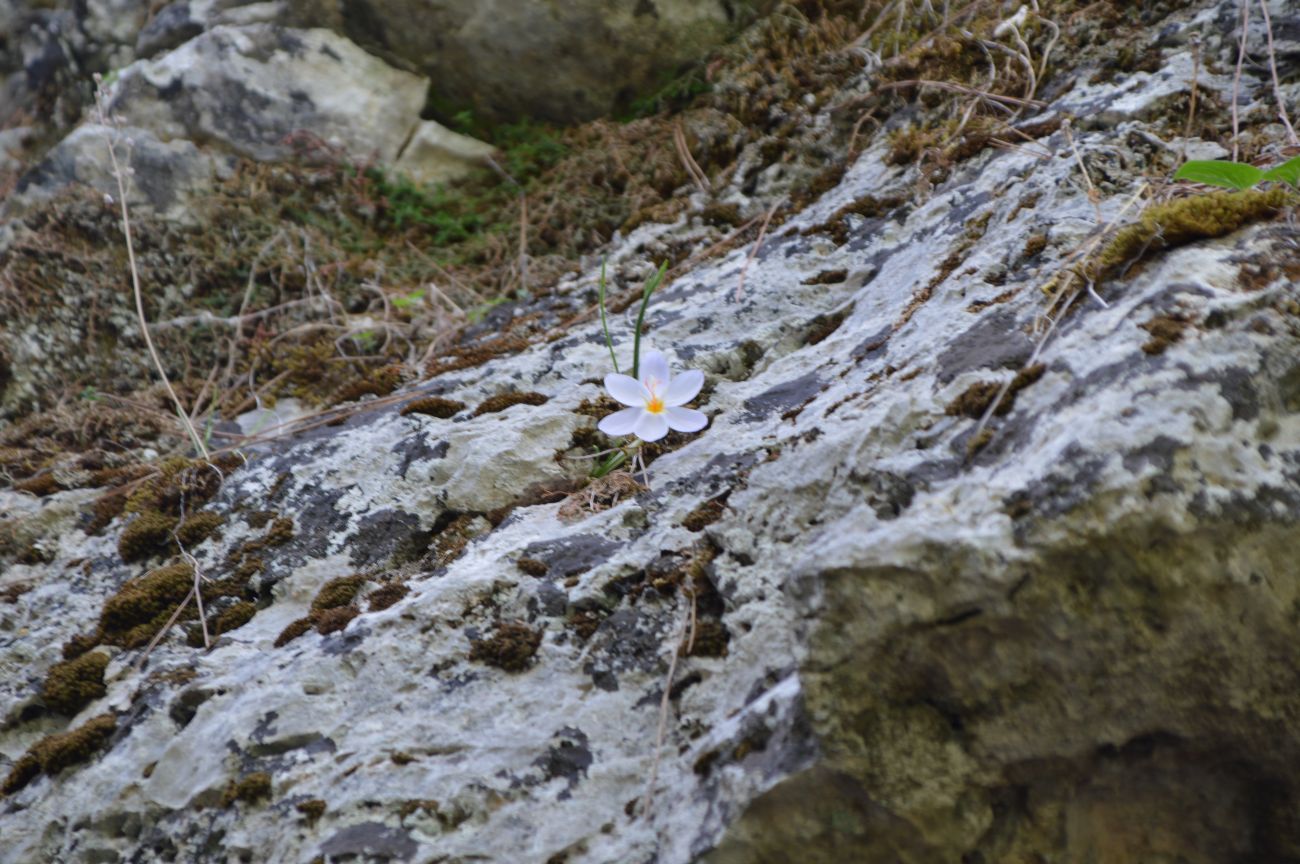
30 – Crocus tournefortii

31 – Ecbalium elaterium
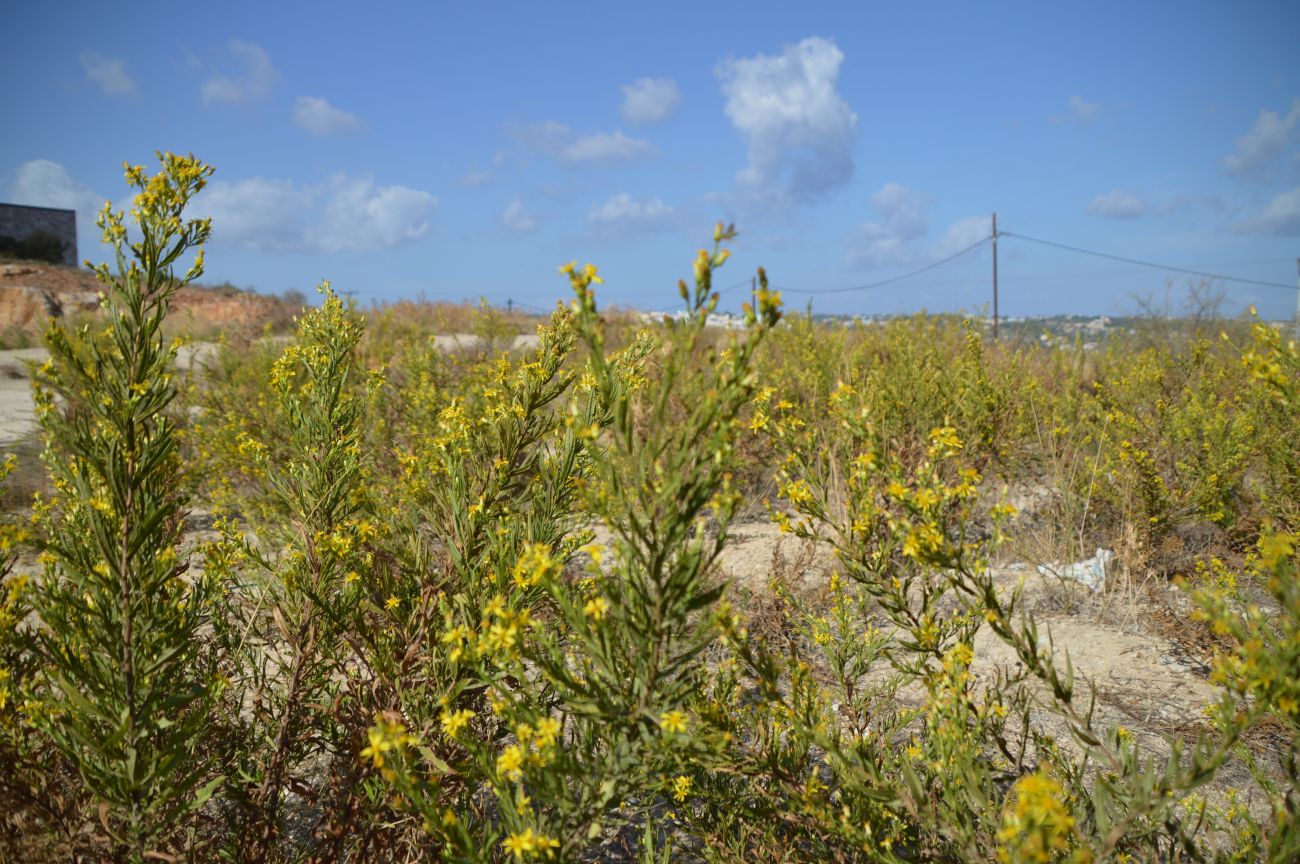
32 – D. viscosa
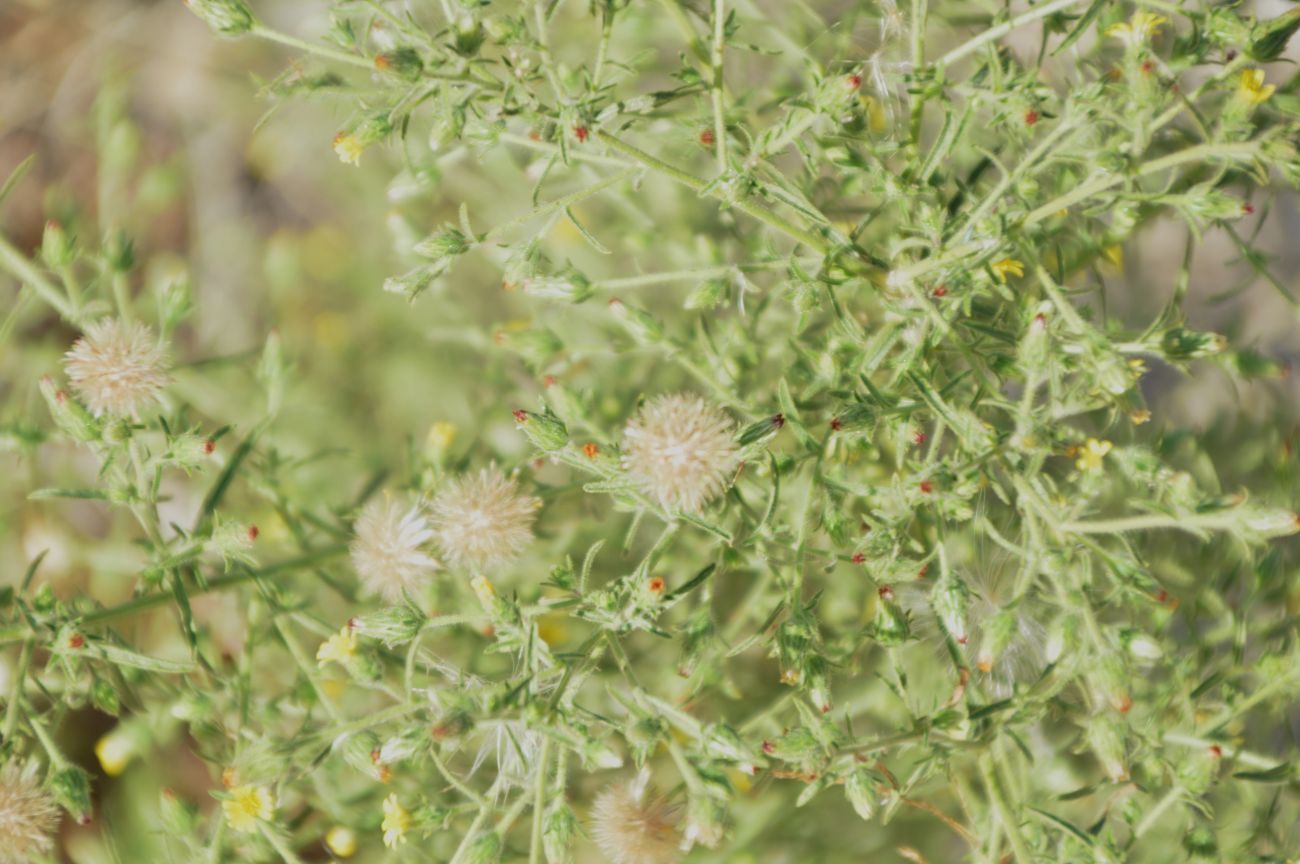
33 – D. graveolens
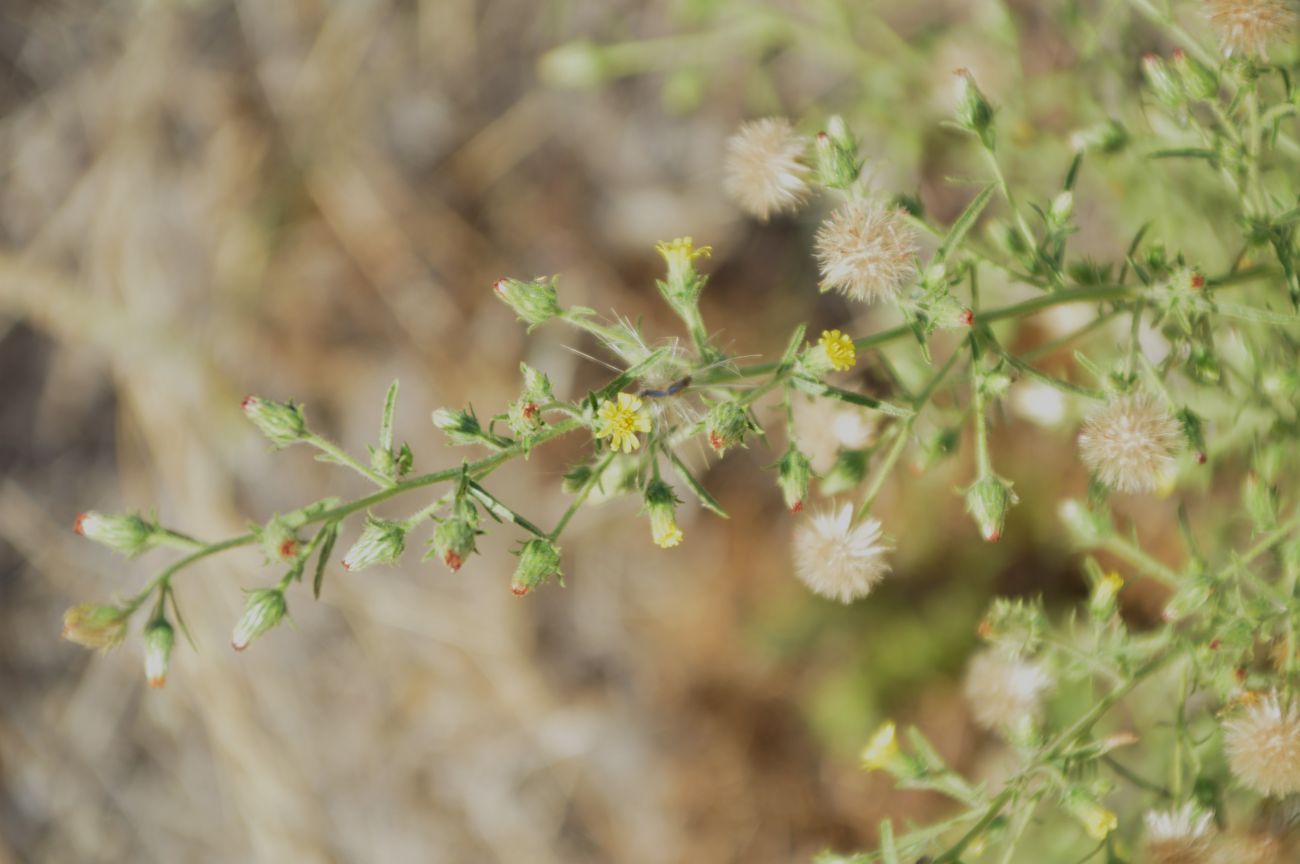
33 – D. graveolens
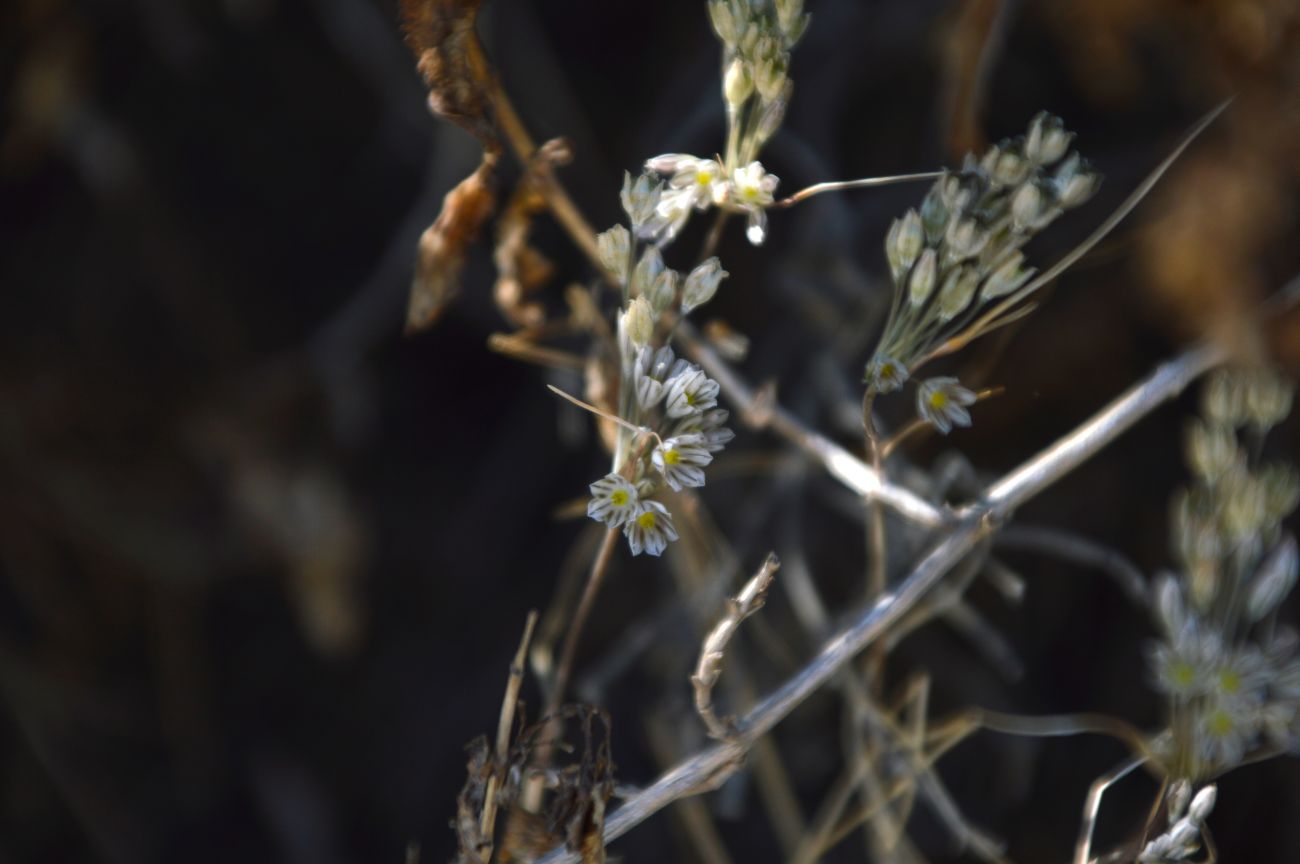
34 – Allium archeotrichon

34 – Allium archeotrichon

35 – P. lentiscus

36 – Pancratium maritimum
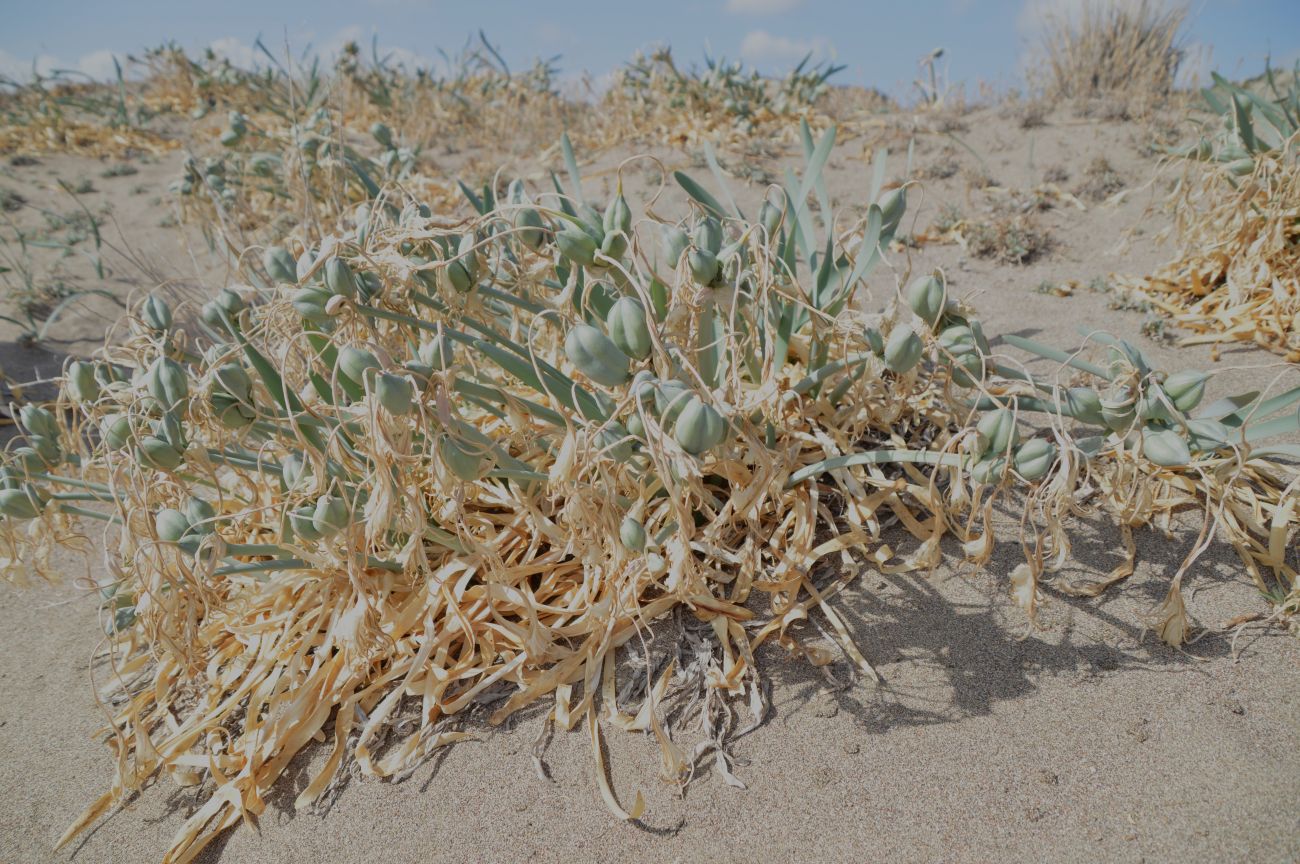
36 – Pancratium maritimum
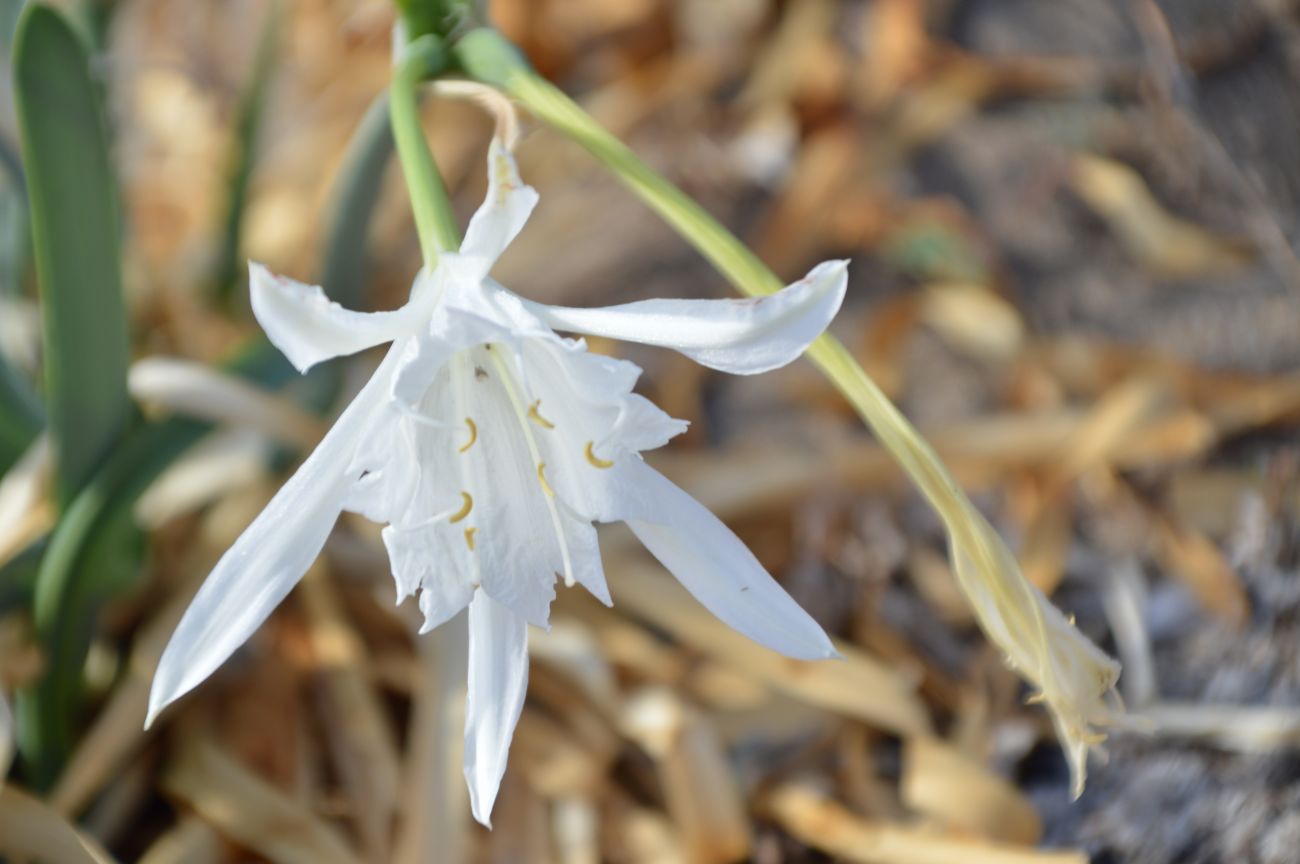
36 – Pancratium maritimum
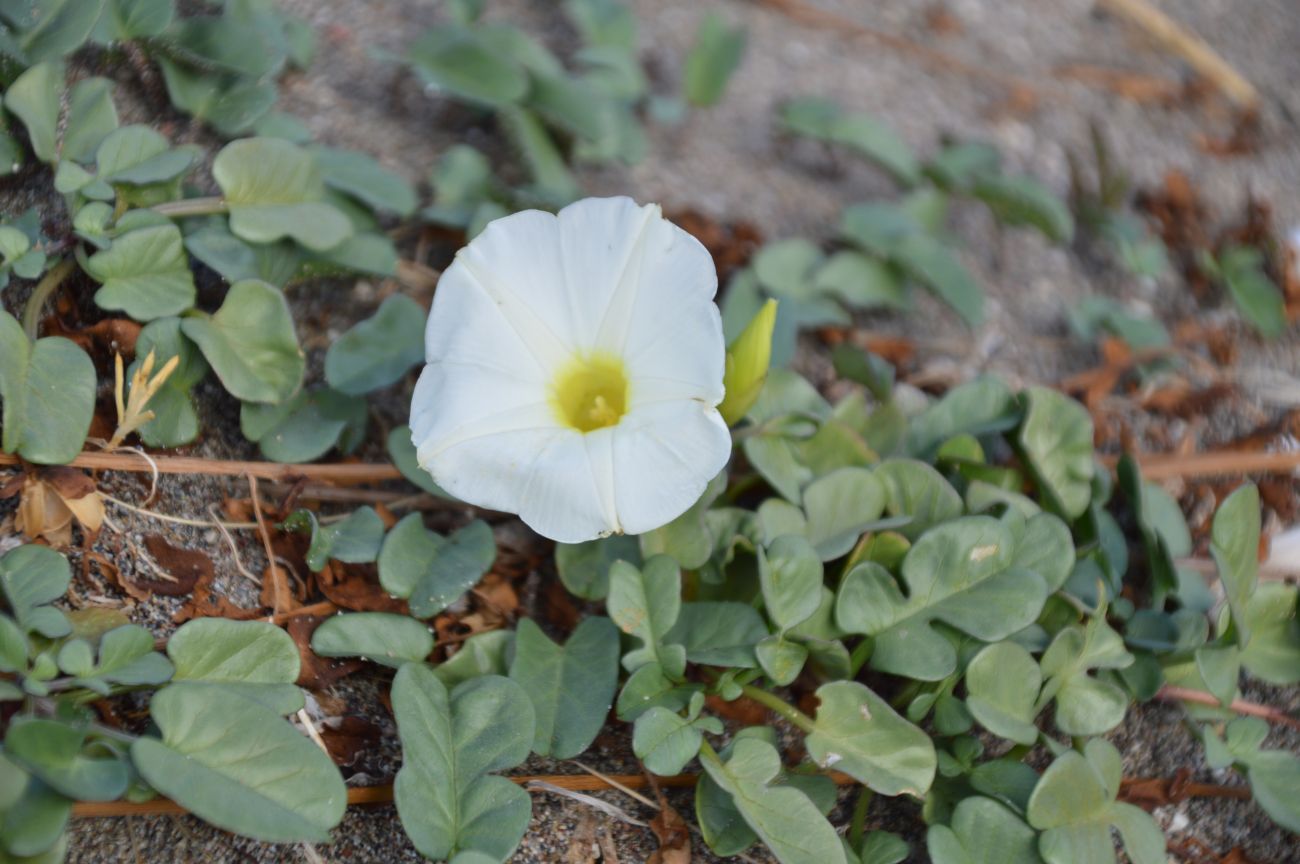
37 – Ipomoea imperati
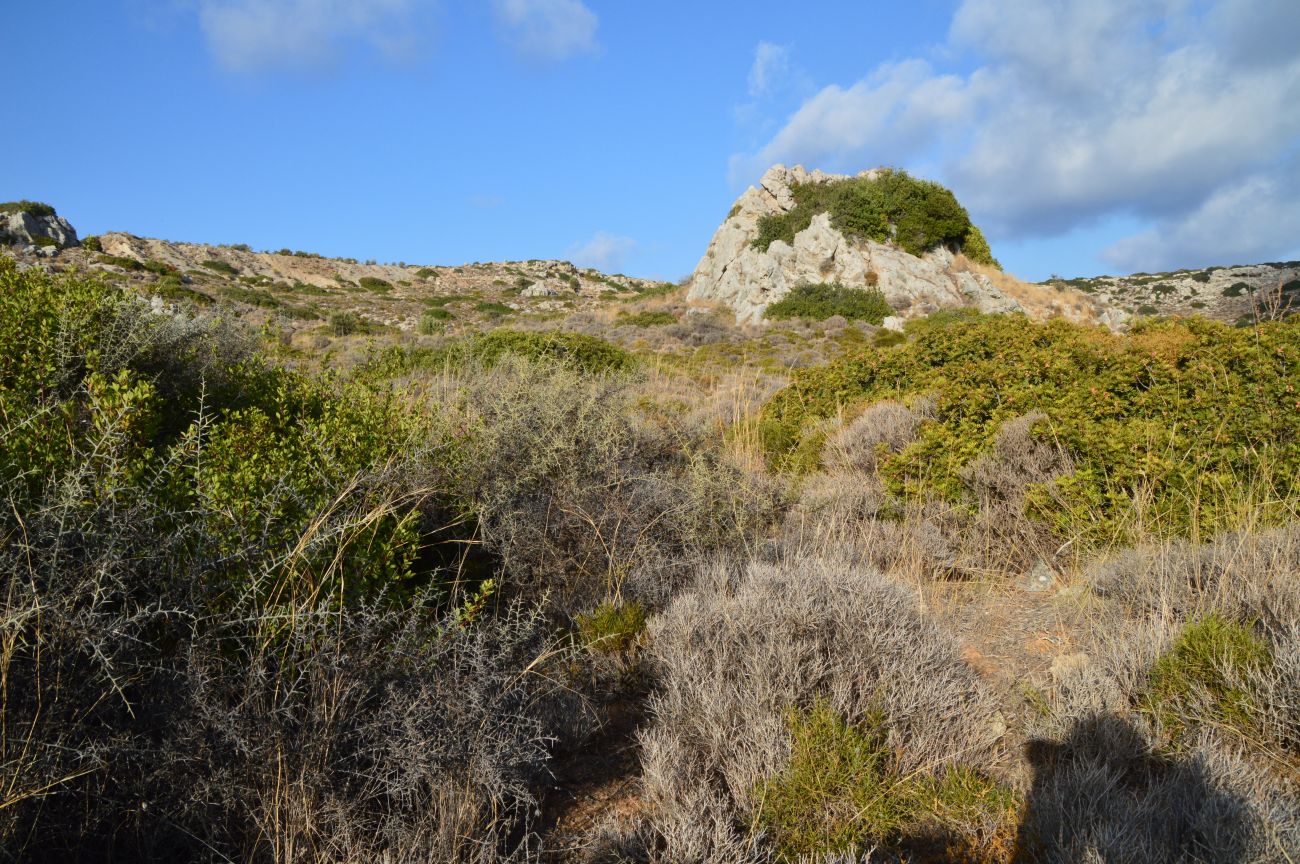
38 – Phrygana
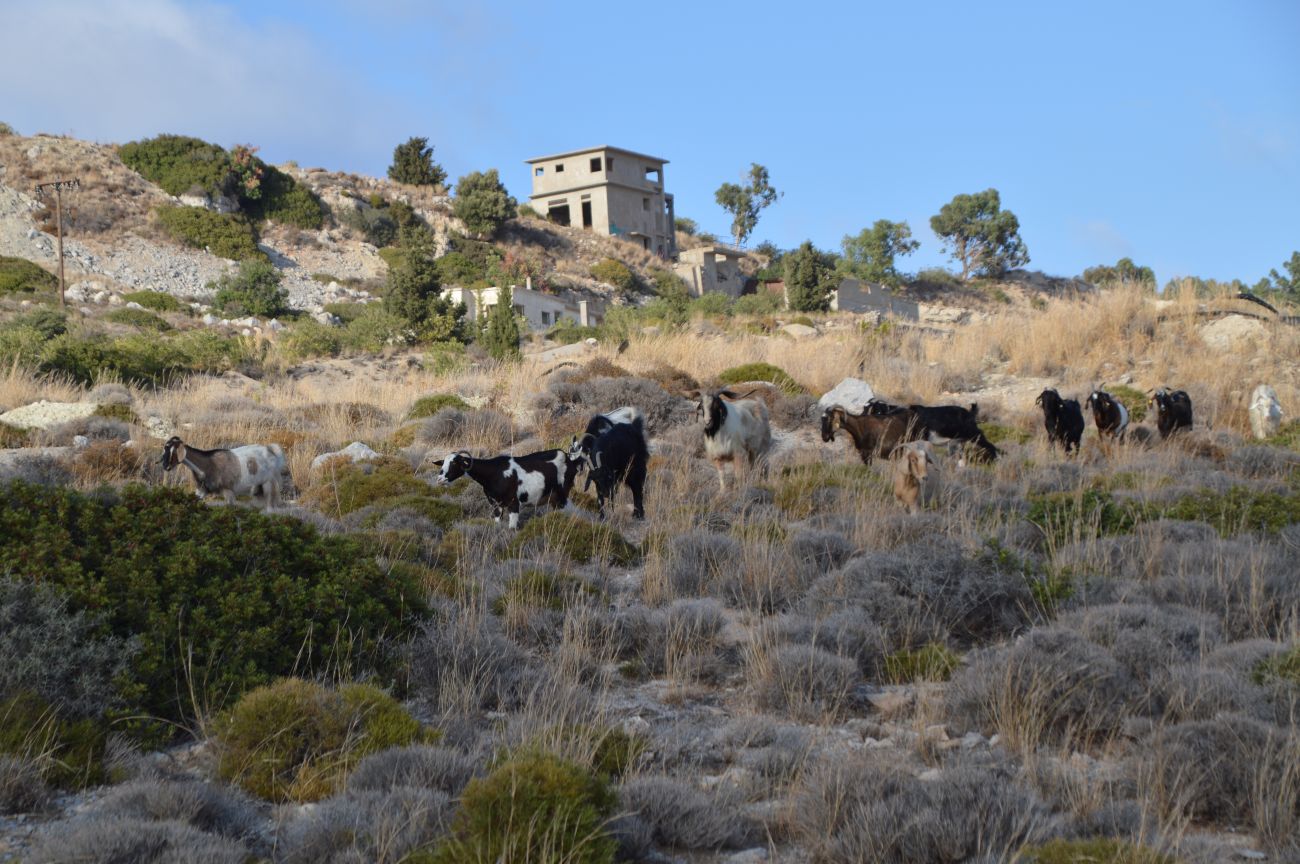
39 – Herd of goats
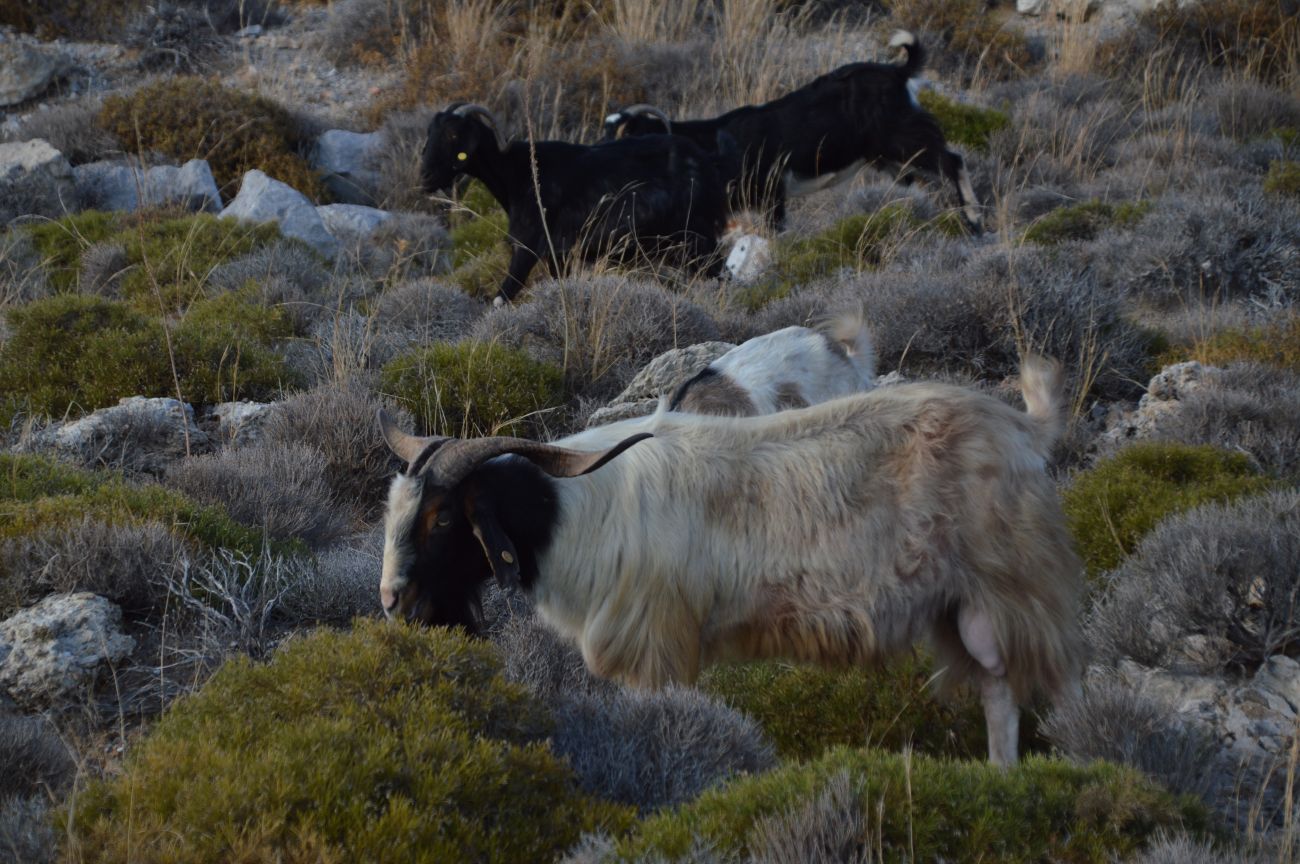
39 – Herd of goats
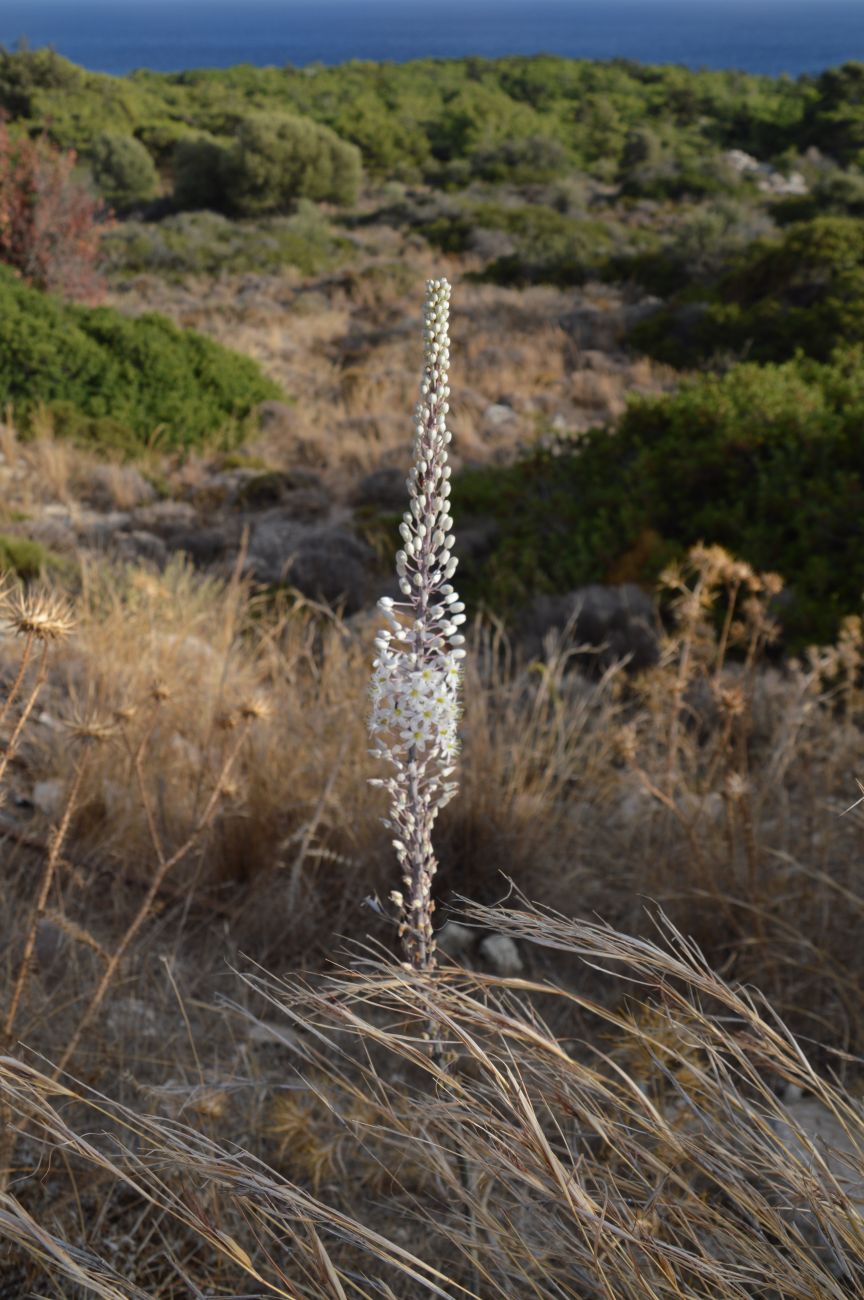
40 – Drimia maritima
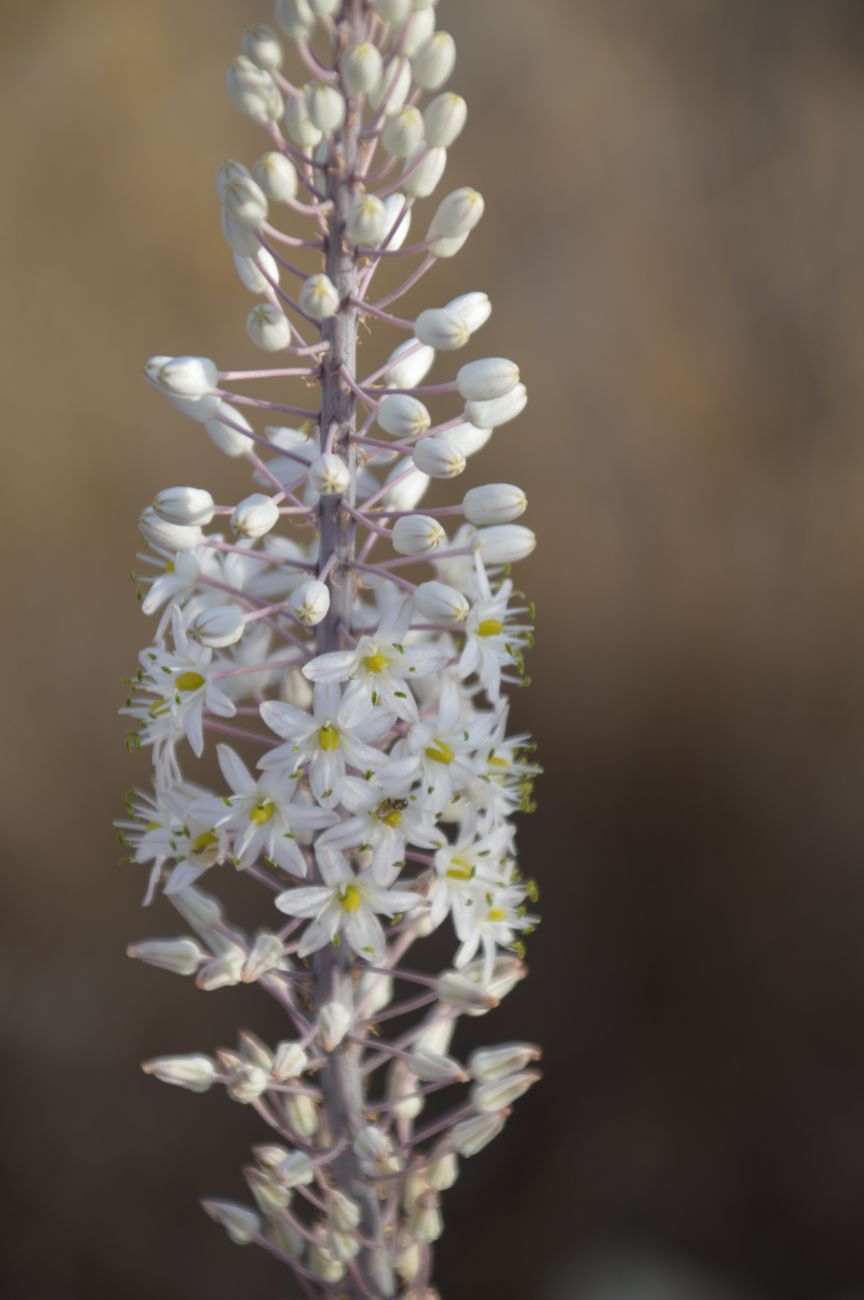
40 – Drimia maritima
Saturday 4 November
We made our way to Lindos on the east coast, with stops along the way. First, we headed up the Kolumpion-Archipolis road from Kolympia, stopping at Seven Springs in an area of mostly pine forest. There were fewer goats. Here we saw the seed heads of Atractylis cancellata[41], notable by the bracts that form a delicate cage round the involucre and were still green at this point. What we all noted as well were concrete aqueducts crossing many of the hills, I presume carrying water from the roads for storage. Arisarum vulgare[42] we found with one white, green-striped flower by the roadside. By it were a species of Biarum which we weren’t expecting. We came across many more clumps of Arisarum with more flowers, possibly less rampant than the more commonly grown A. proboscideum. Prospero autumnale (syn. Scilla autumnalis)[43] was flowering, which is one of the earliest autumn bulbs. We followed the track up to a small spring but and debated over an oak, Quercus coccifera but with comparatively large leaves and acorns but importantly with spiky cupule, perhaps due to the more advantageous position it was in[44].
We then drove further up the road, stopping outside the monastery of Agios Nectarios. One of our group astutely pointed out the self-seeded tomatoes in the culvert of the road edge, no doubt originating from effluent from one of the buildings. On another track we found on a boulder many interesting species, more C. tournefortii high up in a pocket, Asplenium ceterach which was in its dormant phase and a Rosularia sp.[45]
From there we stopped for a break at the Monastery of the Holy Virgin Mary in Tsambika, where a venerable old Quercus aucheri had branches oddly propped up using concrete props painted white, neither good for the tree nor the concrete which was wearing significantly. From here we drove across the valley up a road that eventually led to another much higher monastery. Some suggested only those monks blessed with youth could be living in such steep isolation[46]. Here again was Q. aucheri which bears smooth (adpressed) cupules though we couldn’t see any, other than that, there were only very tame and rather hungry goats that quickly ate the leaves given to them that without human help are just out of reach. The red ochre soil again bone dry.
From there we made our way to Lindos. Some chose to make their way up to the acropolis. Others explored the town and beach. Some of us visited the Church of the Panagia which was originally built in 1300 with frescoes mainly dating from the 19th century. If you are wearing shorts you can expect to be given a shawl to cover up, which was an amusing sight to many. Lastly, on the way to the beach, we came across a very nice patch of Datura innoxia bearing flower and the spiky pale fruit[47]. On the way back to the hotel we had another brief stop at a beach. There was not much apart from seeing and hearing the crested larks, and a fine patch of Cakile maritima by the open shower[48].
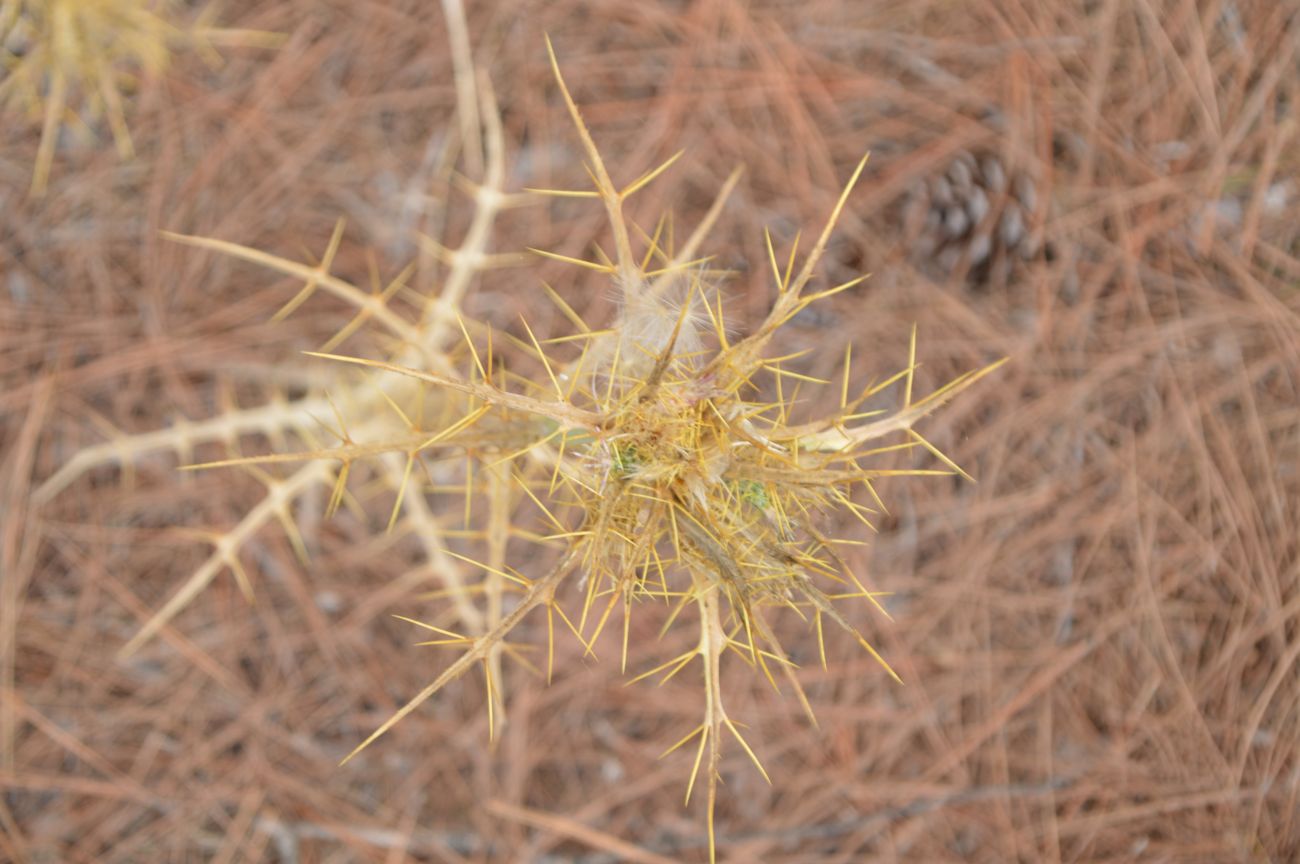
41 – Atractylis cancellata
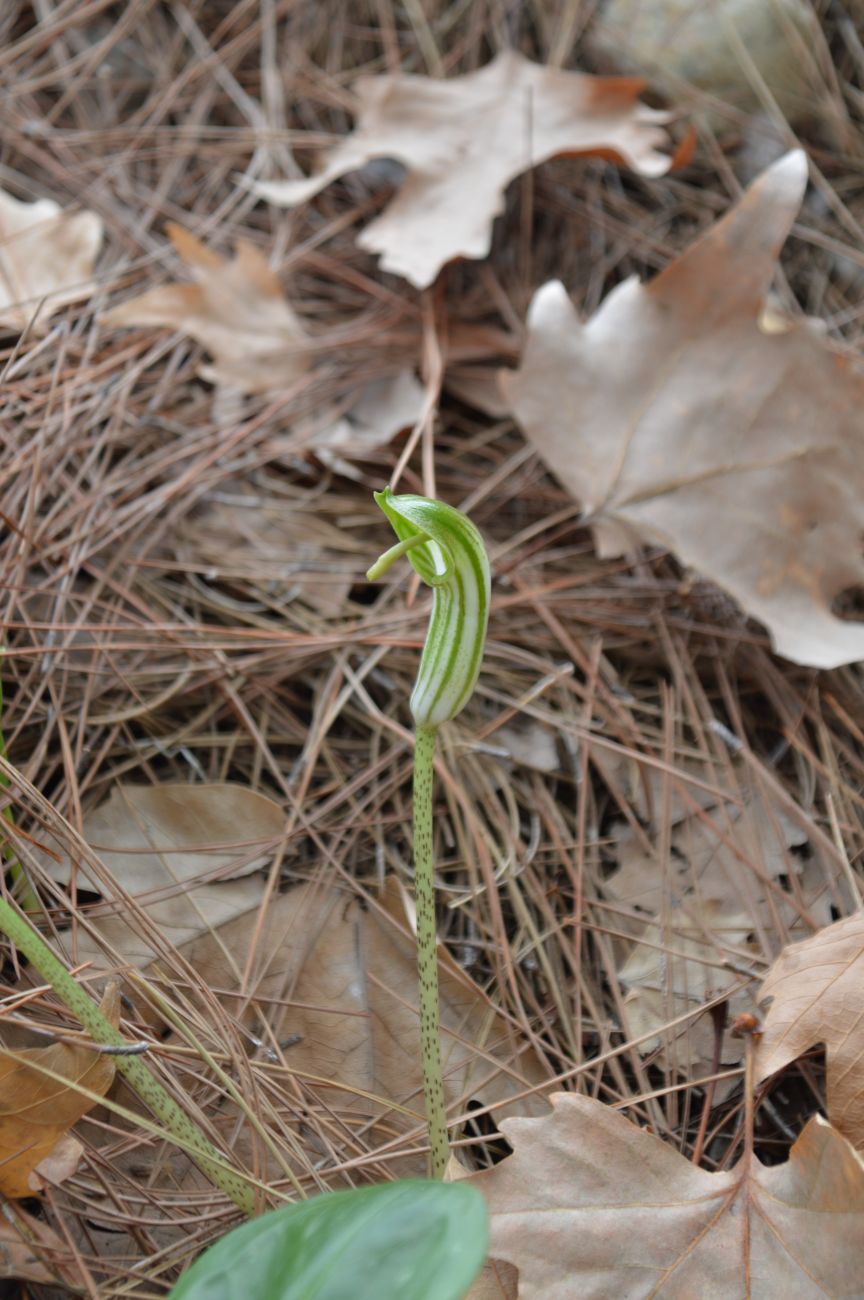
42 – Arisarum vulgare
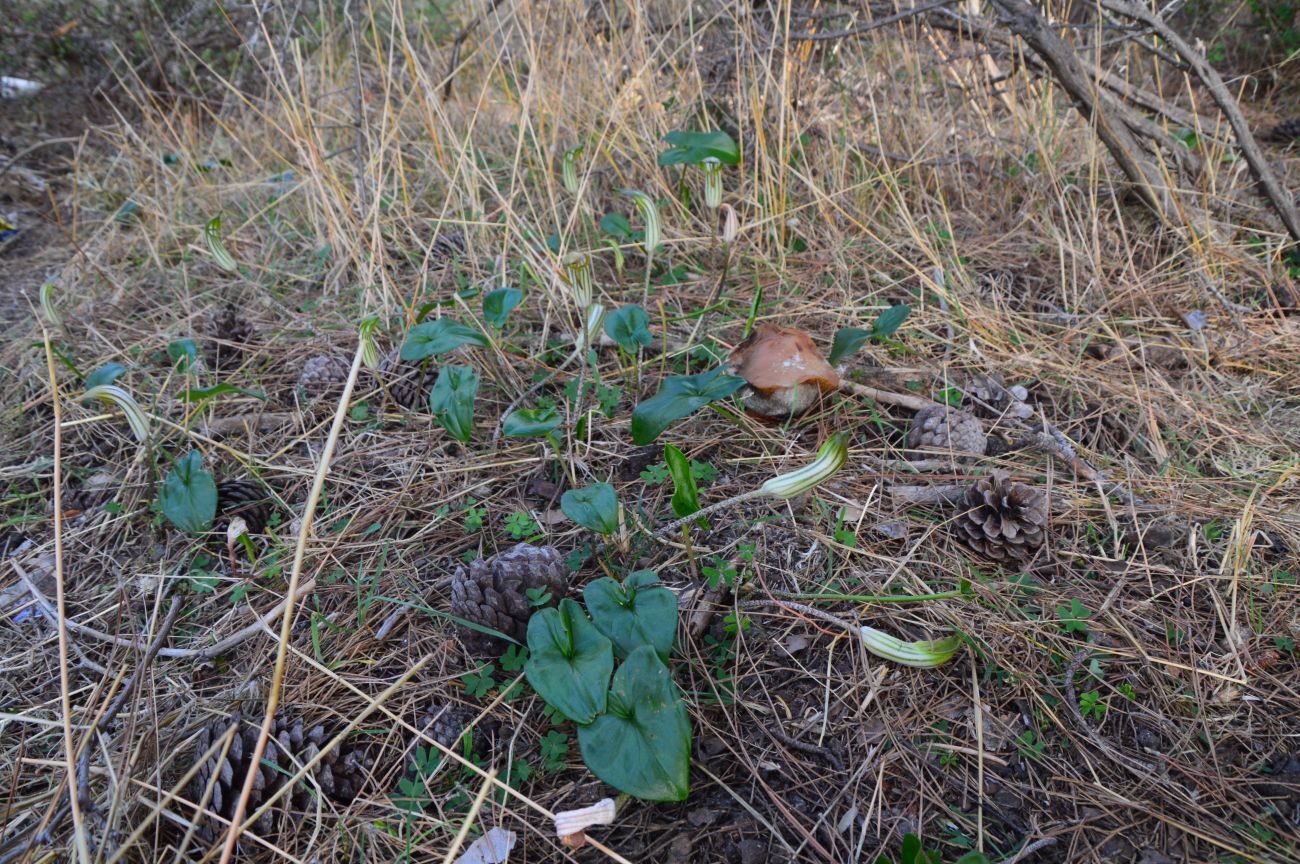
42 – Arisarum vulgare
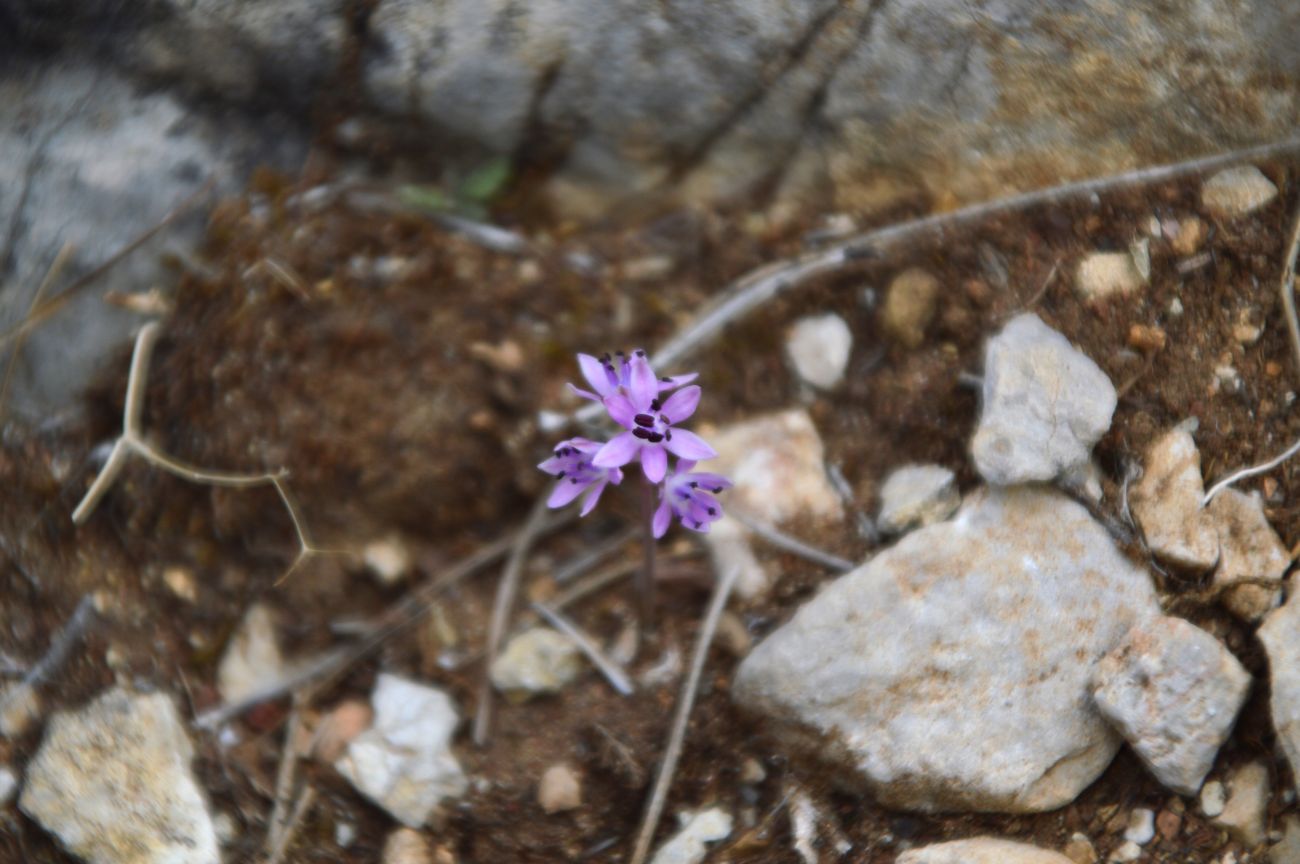
43 – Prospero autumnale (syn. Scilla autumnalis)
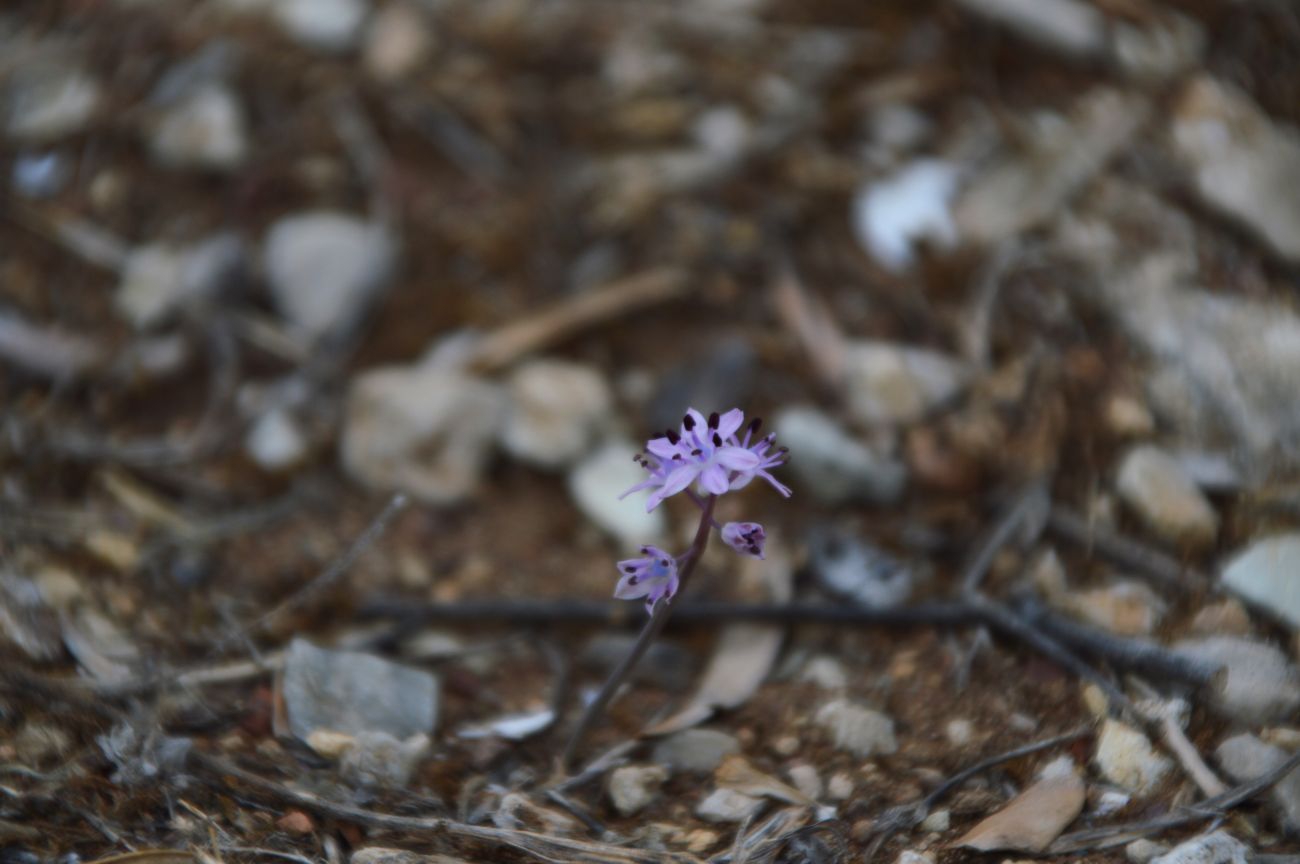
43 – Prospero autumnale (syn. Scilla autumnalis)
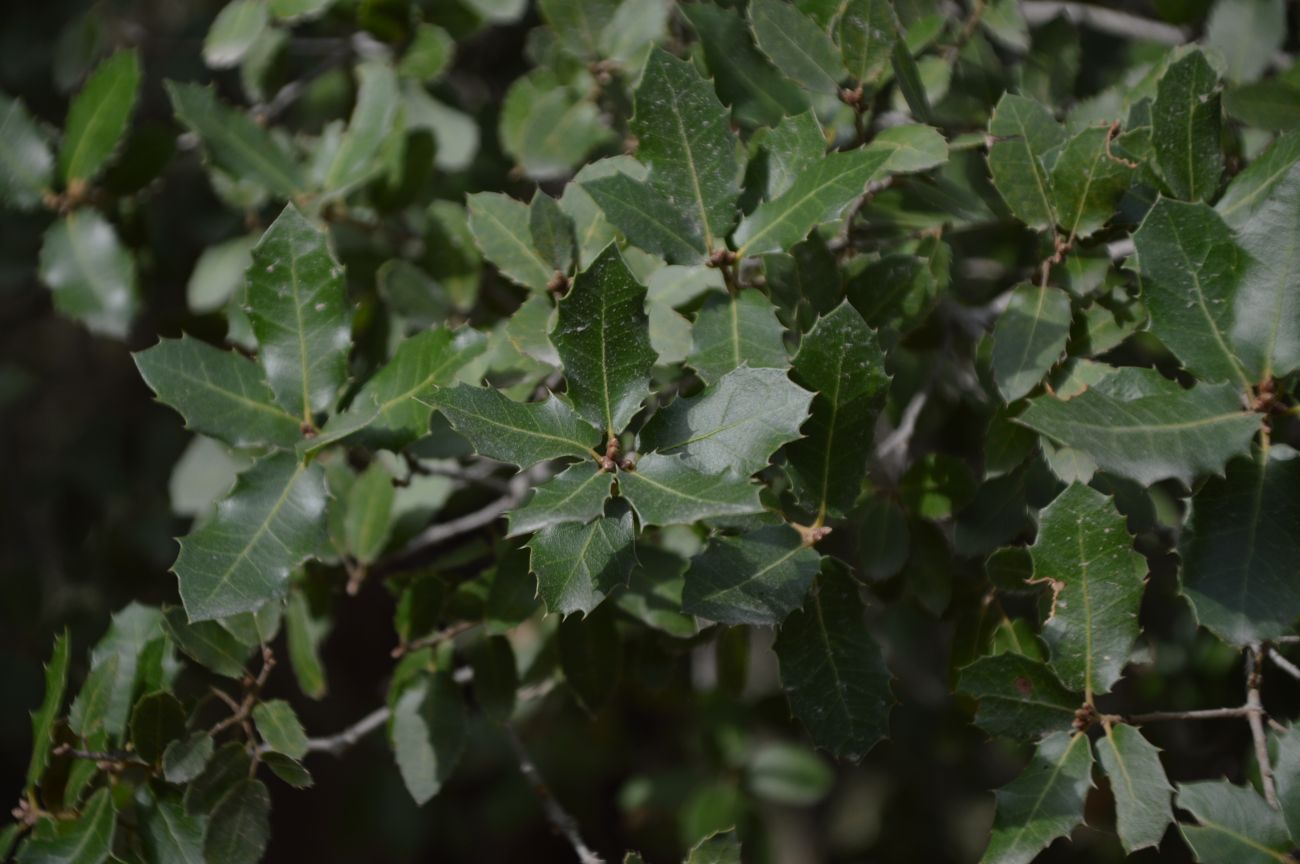
44 – Quercus coccifera
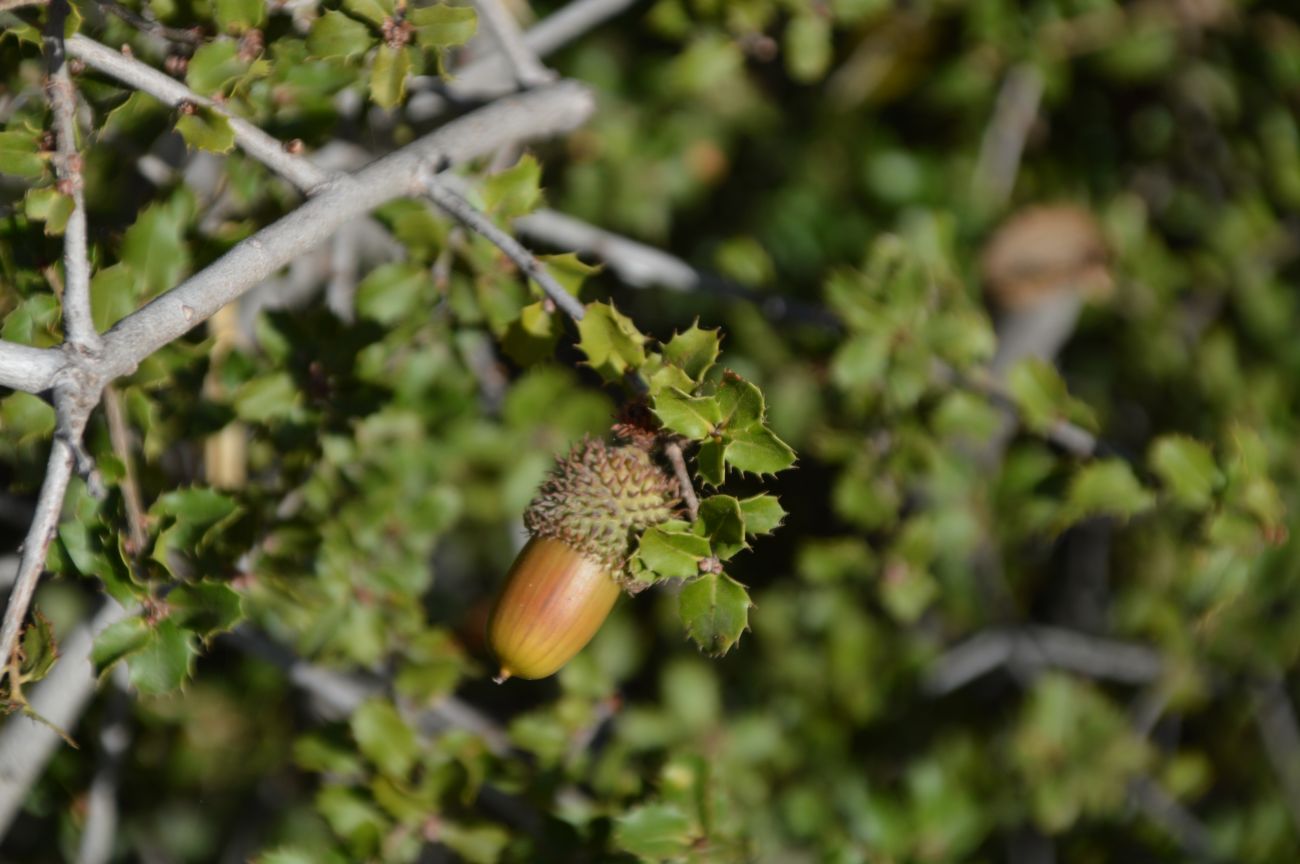
44 – Quercus coccifera
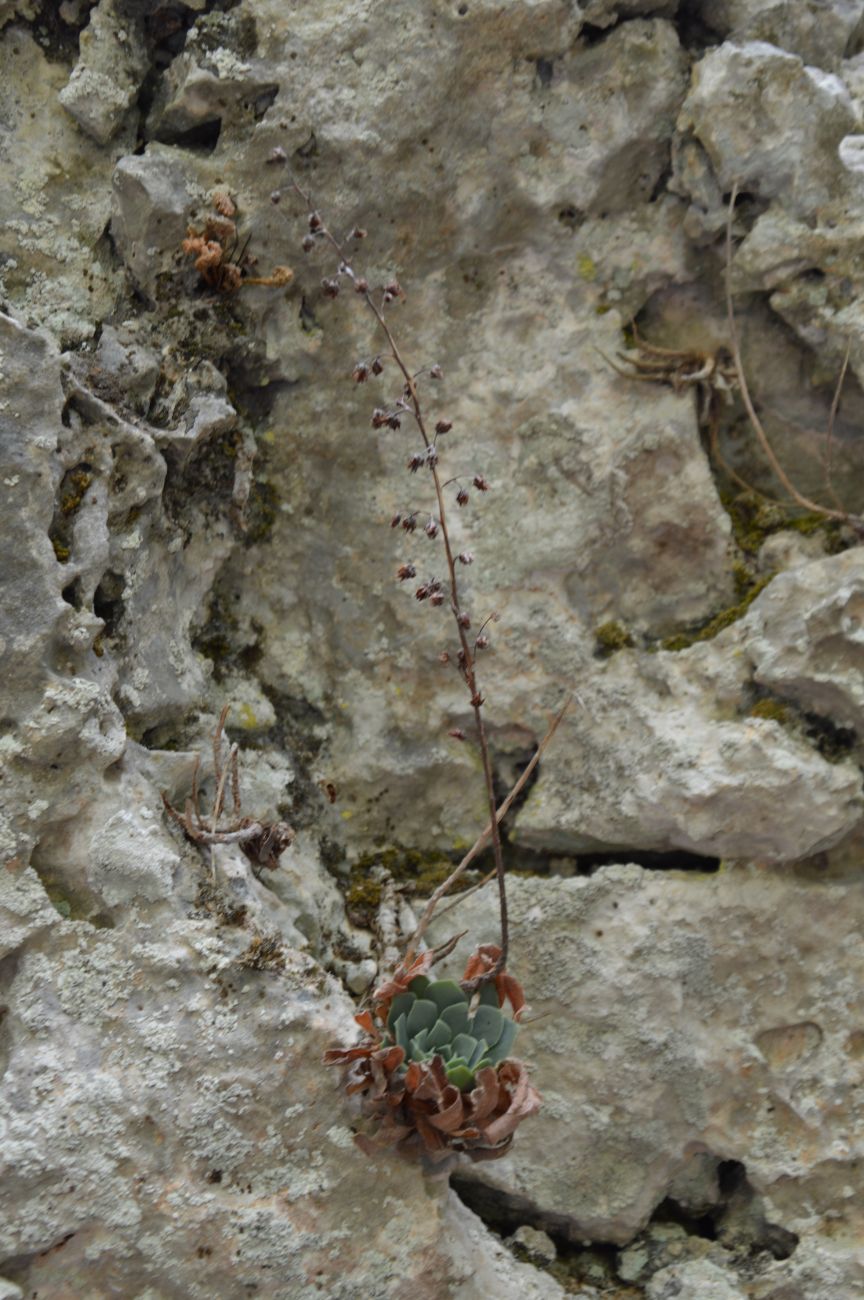
45 – Rosularia sp
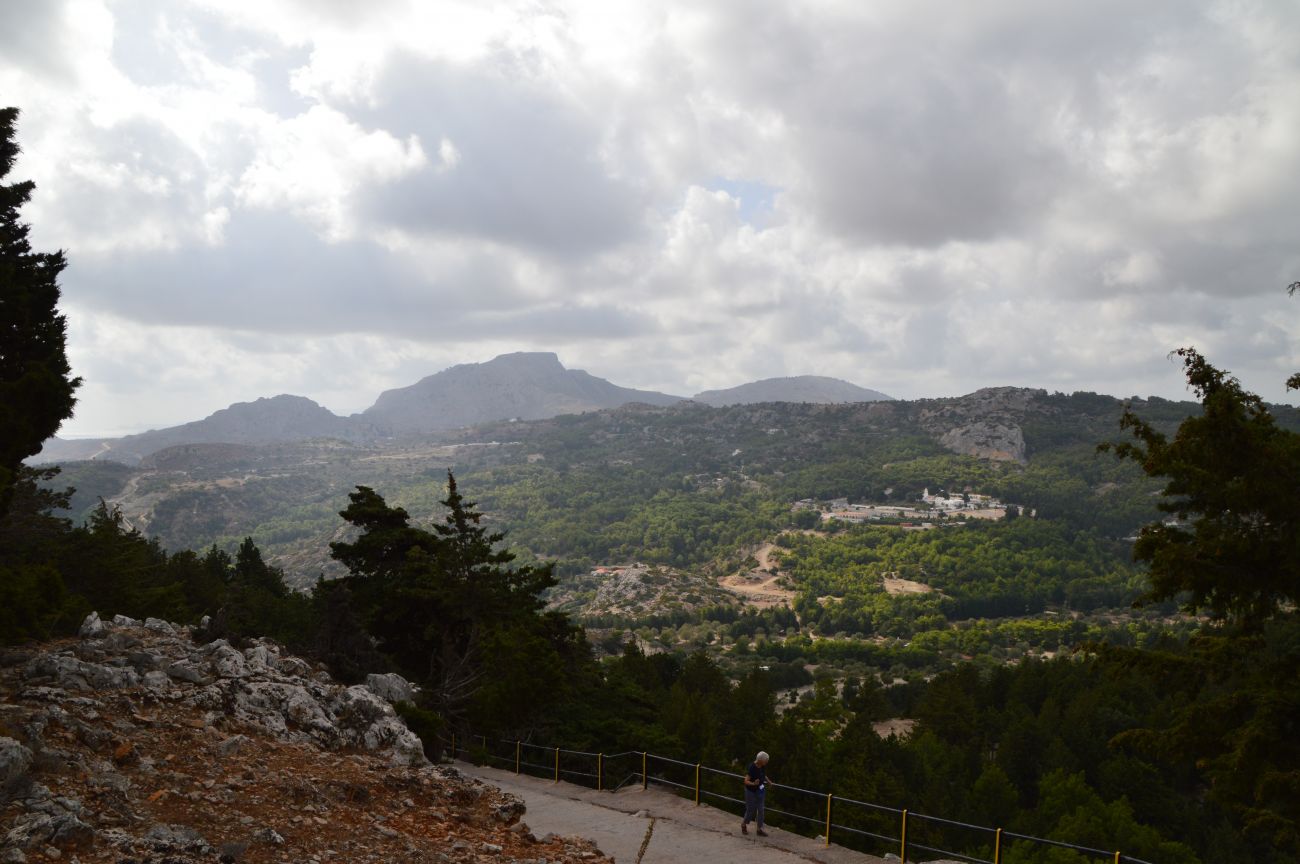
46 – Valley
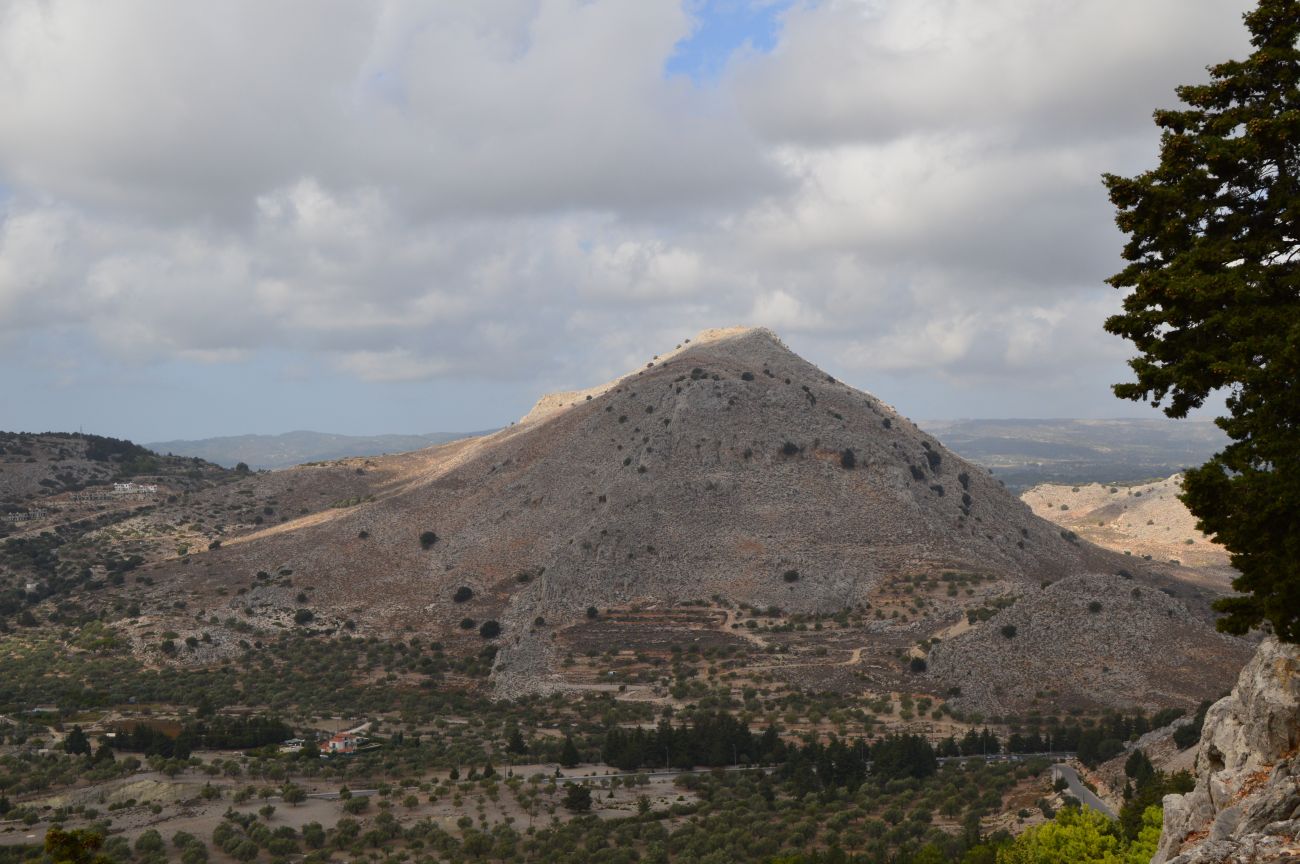
46 – Valley
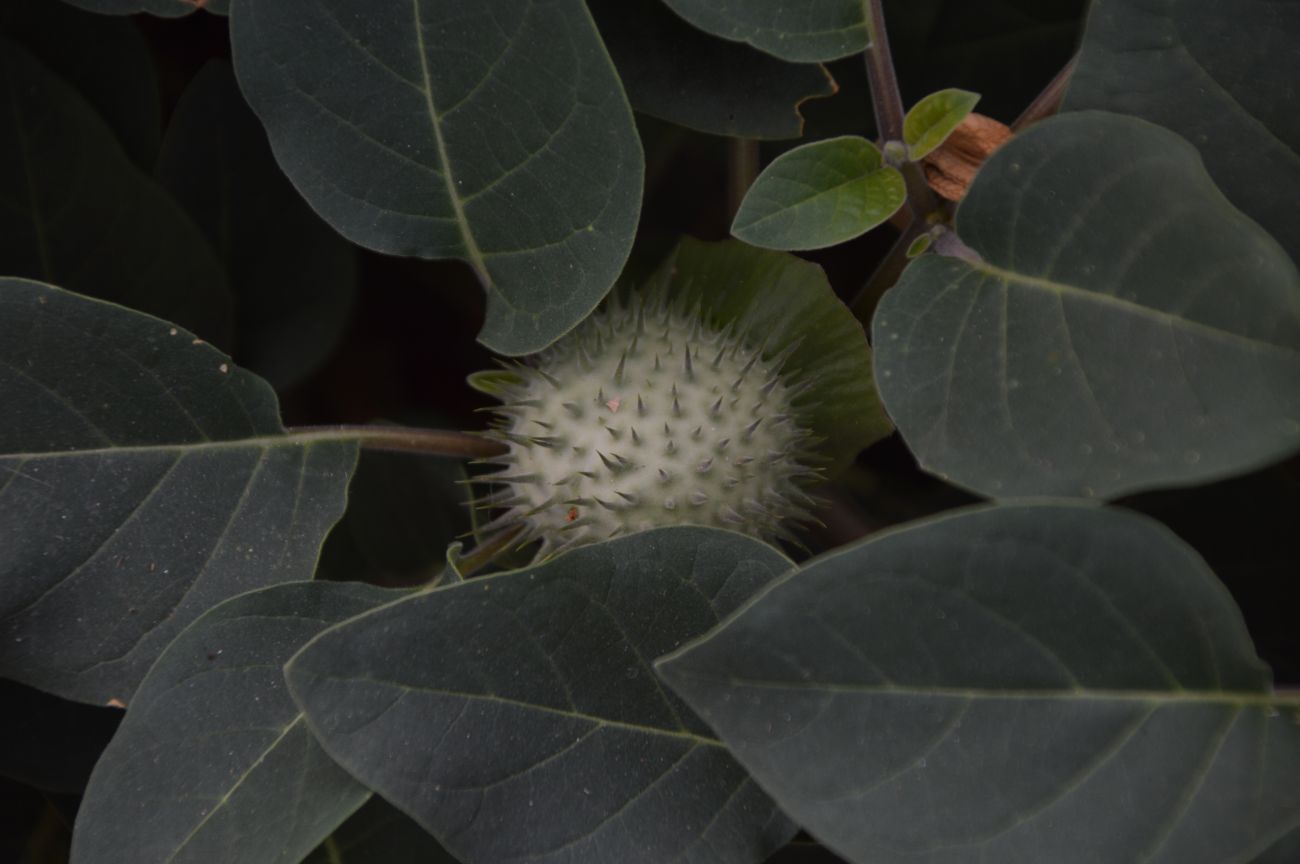
47 – Datura innoxia
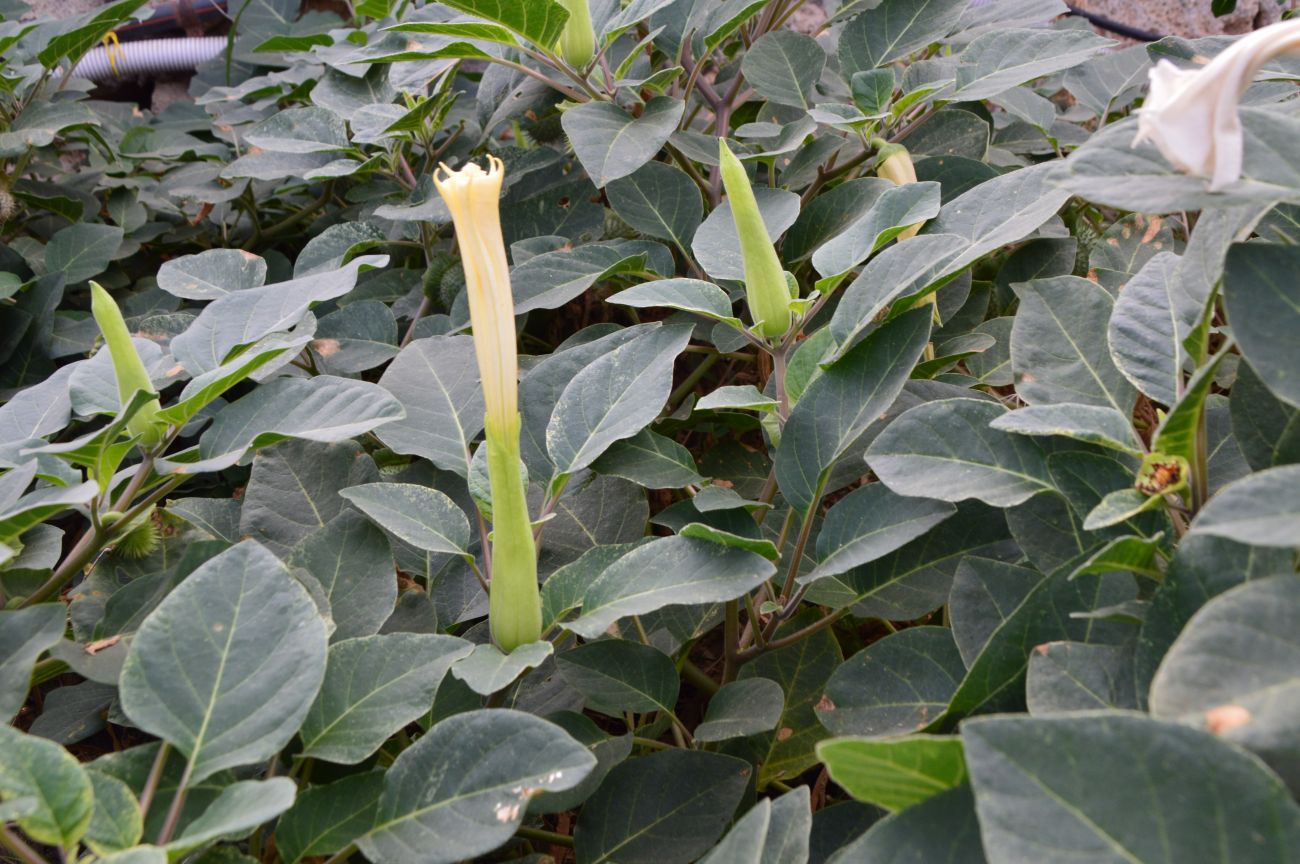
47 – Datura innoxia
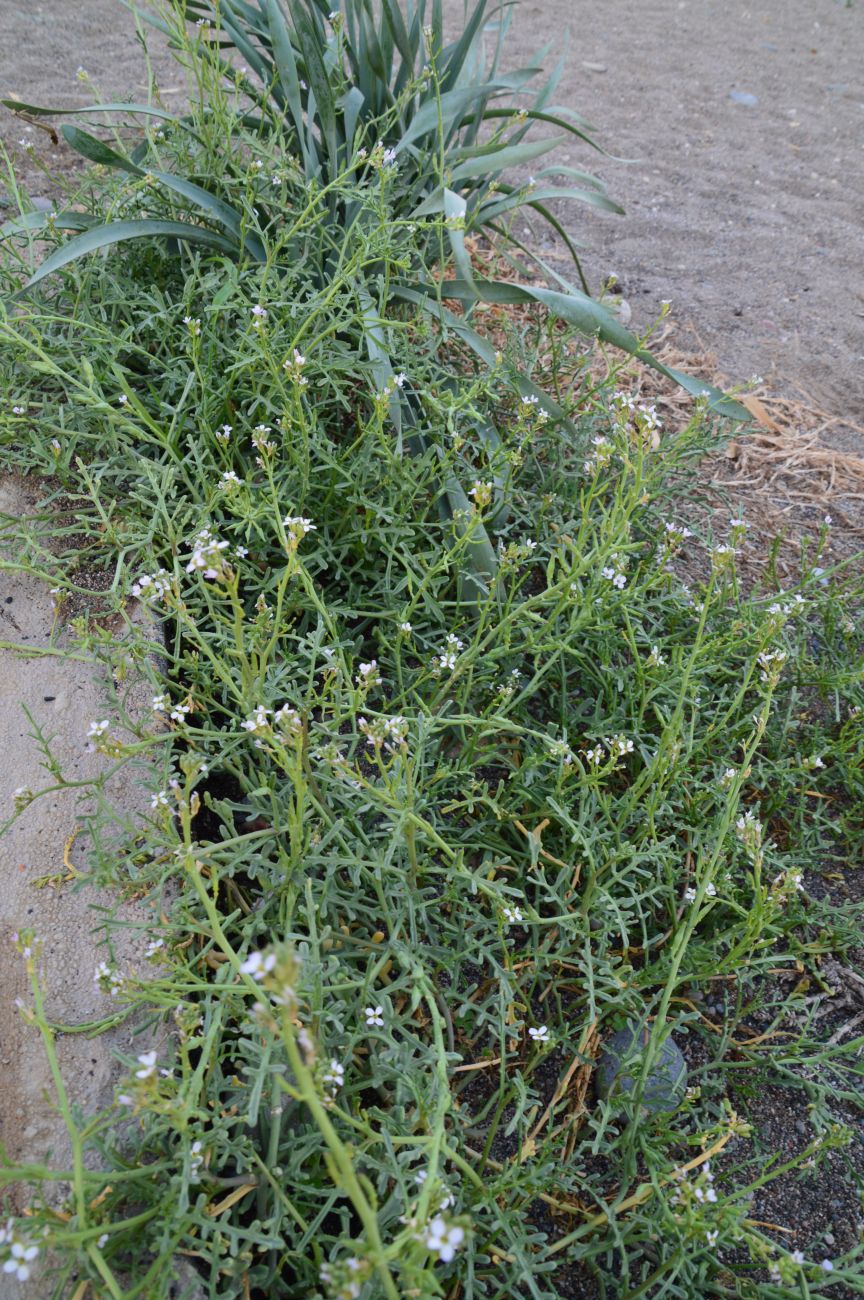
48 – Cakile maritima
Sunday 5 November
From Rhodes town we moved today to Embonas on the western side of the island, far more sparsely populated than the places we had previously visited. Along the way we stopped in an area of maquis and mixed forest where we came across another oak but this time deciduous, Q. pubescens meaning ‘hairy’[49]. One or two Centaurium erythraea were still flowering but most had gone to seed. It was also quite interesting to note the spreading and dominating nature of Arundo in this region and a genus best avoided for most gardens. Rubia peregrina though not in flower was also present, some leaves of cyclamen were also present but without any noticeable sign of flowering, the marbling was also different and Yiannis thought it could possibly have been C. persicum[50].
We then moved onto another spot; there we saw Galatella cretica which is a daintier version of the more widespread G. linosyris, but alas it was still in bud. The range is quite restricted in Greece to Crete and the Eastern Aegean islands. More Allium was present as was another species of mastic, P. terebinthus, this time with a terminal leaflet[51]. We then made our way to St. Andrew church (Agios Andreas) right by the airport, there we came across another deciduous oak with the most elaborate cupule yet, Q. ithburiensis ssp. macrolepsis. On the leaves were also present galls[52]. Though we didn’t find colchicum we also saw the shrubby Asparagus aphyllus in leaf and spotted many snake-eyed skinks.
From there we climbed, the habitat quickly turning to pine forest, the first stop was at Saint Nikolaos Fountoukli Holy Orthodox Church, a 15th-century Byzantine church[53], first passing through the village of Eleousa built by the Italians in the early 20th century. Here were many venerable oriental planes, one was completely hollow[54]. More Arisarum were present, Arum sp. in leaf, I also found a good specimen of Salvia fruticosa which is used more often than sage here, distinctly three-lobed. Having looked around we continued along the road to Profitas Ilias village, at the foothills of the mountain of the same name. At one place we saw more Crocus, leaves of a Biarum and Prospero. Stopping at the village which contains the ruins of a summer residence intended for Mussolini, it was noticeably cooler due to the altitude, meaning flowering might have been more likely to be triggered. Moss was also in abundance in certain places and surviving on some of the tree trunks.
From there we headed for our accommodation in Embonas, passing through areas of forest that had been burnt but other areas we later saw were more dramatic.
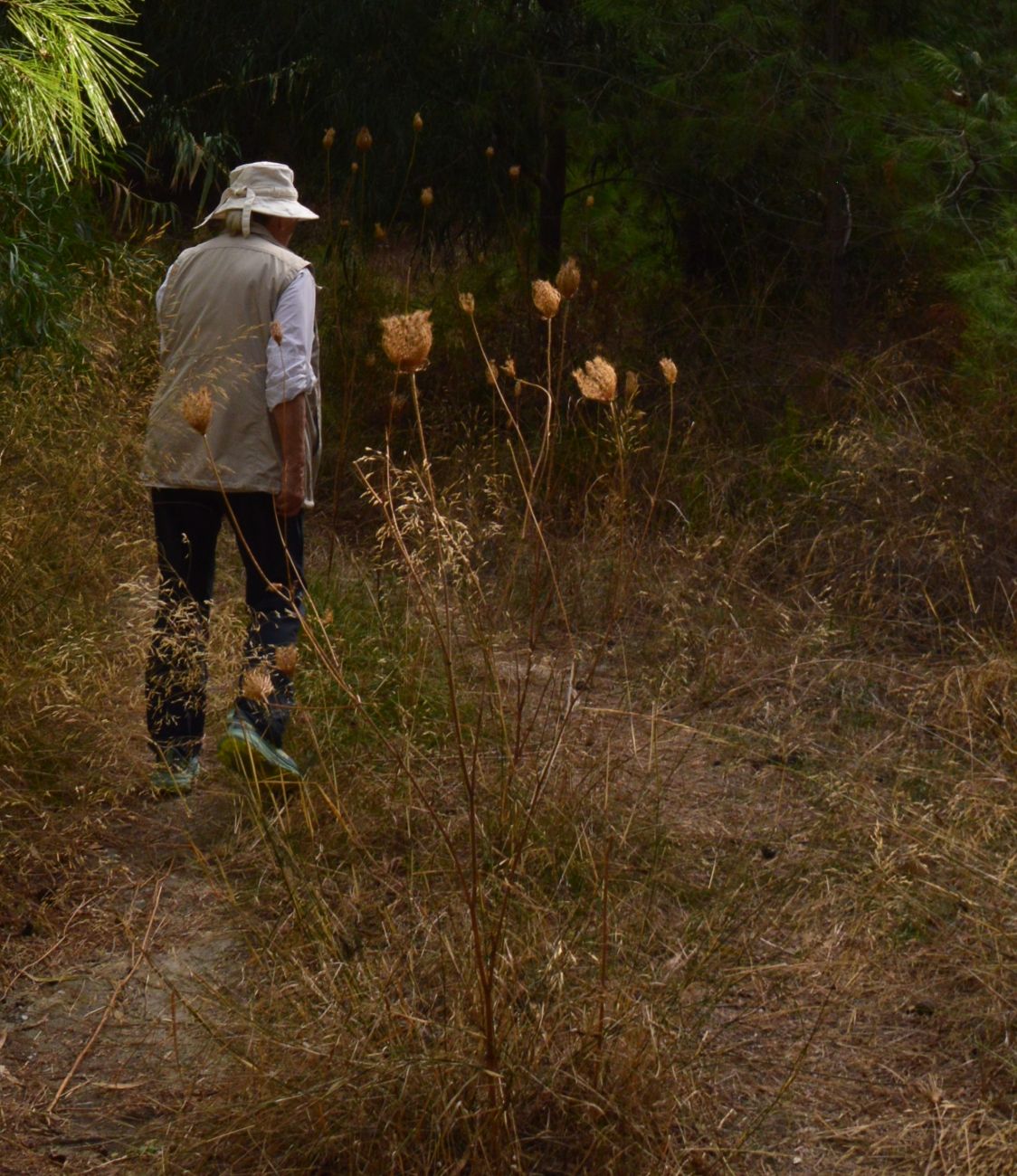
49 – Daucus carota
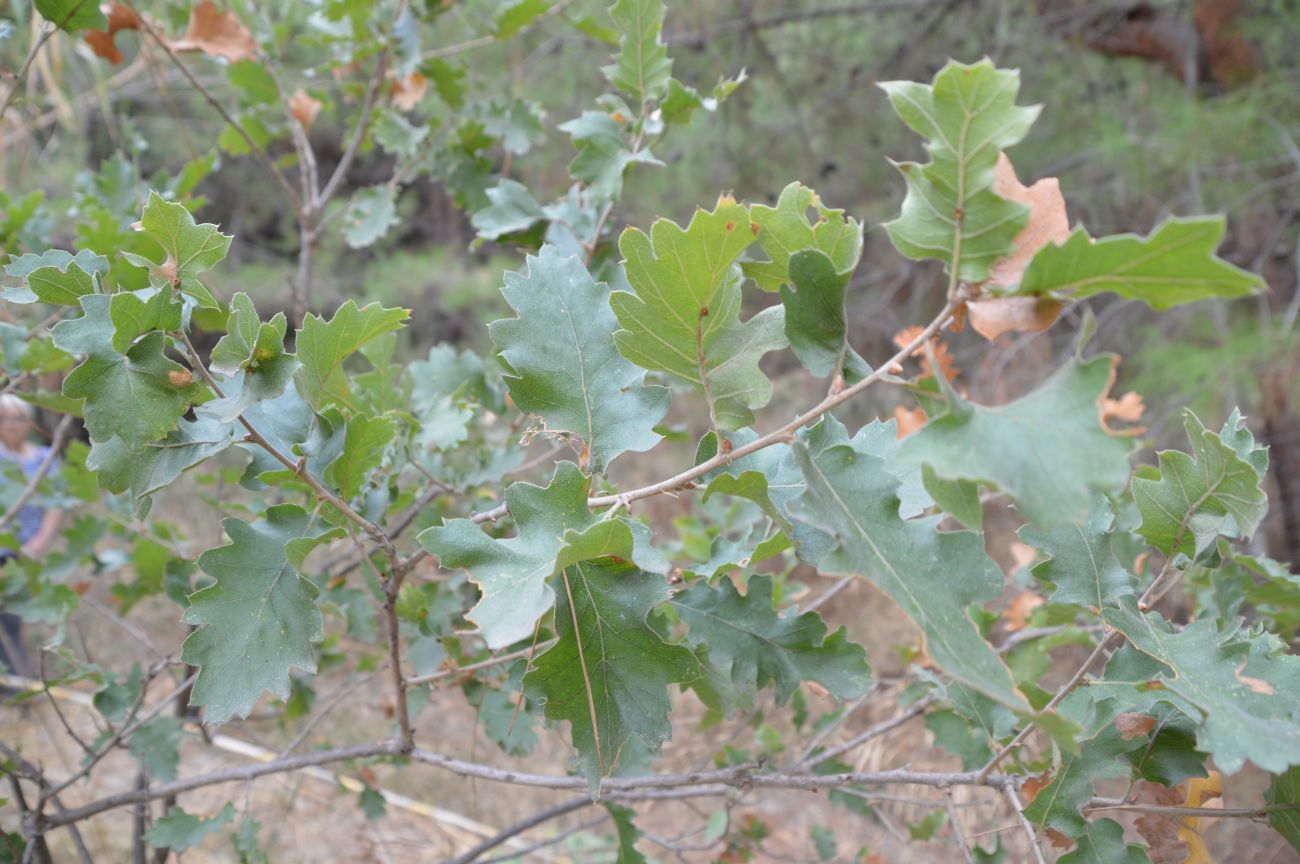
49 – Q. pubescens
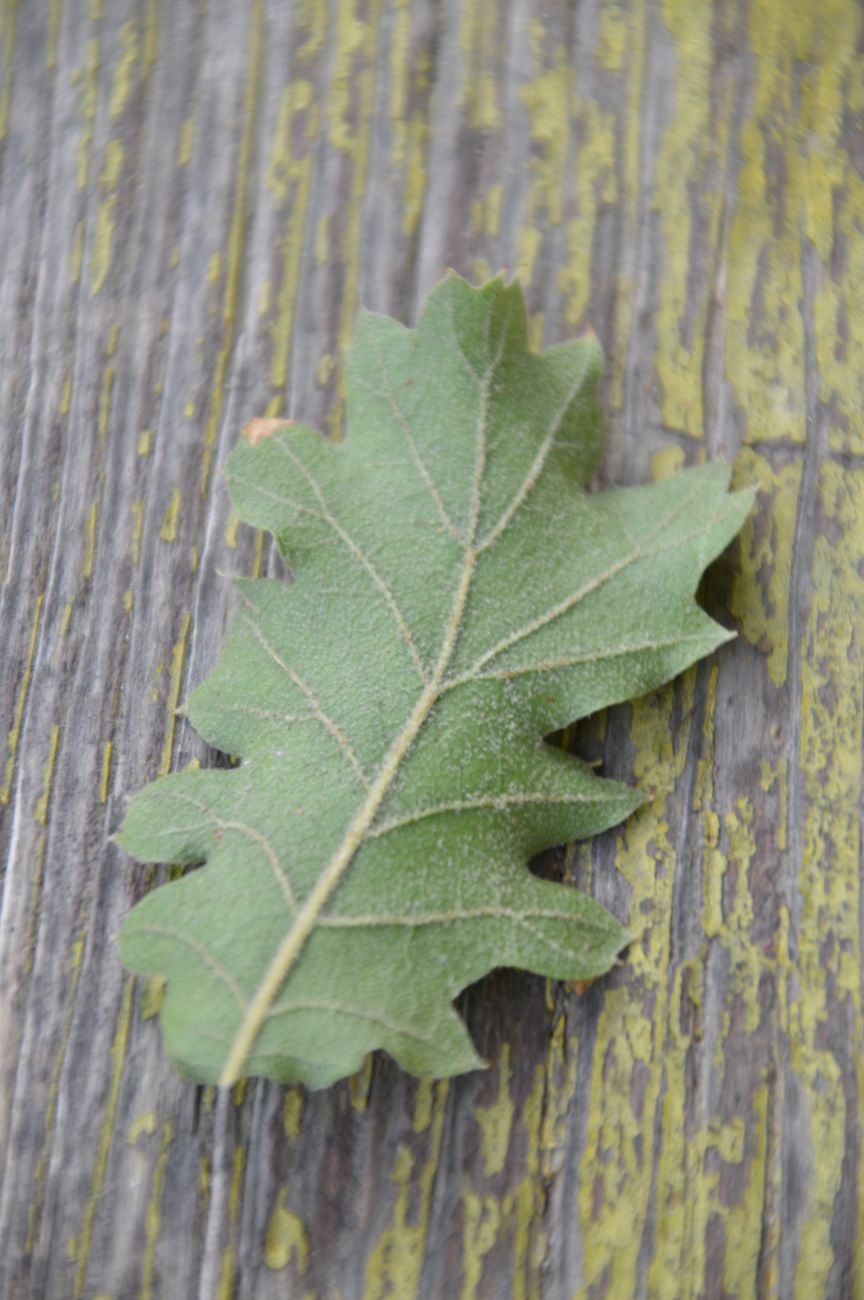
49 – Q. pubescens
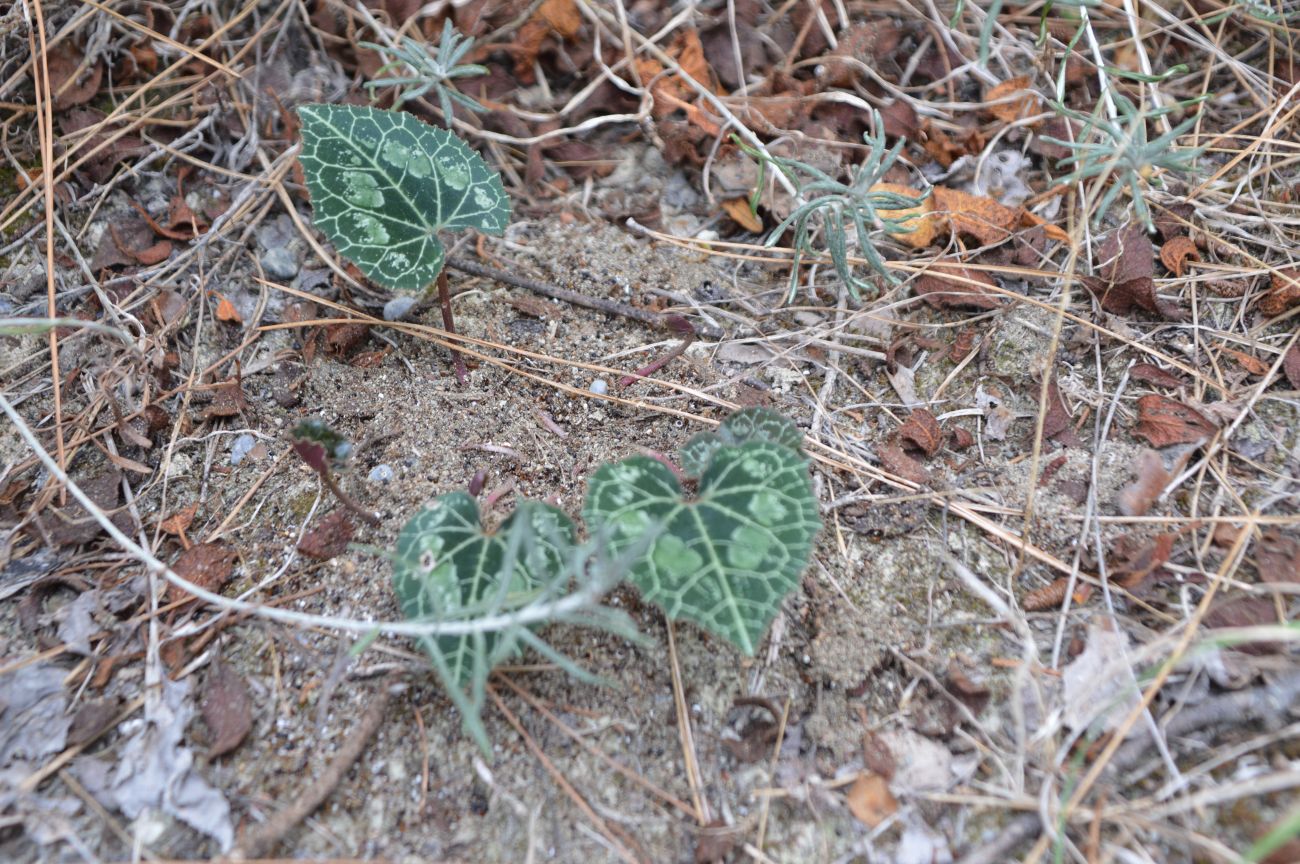
50 – C. persicum
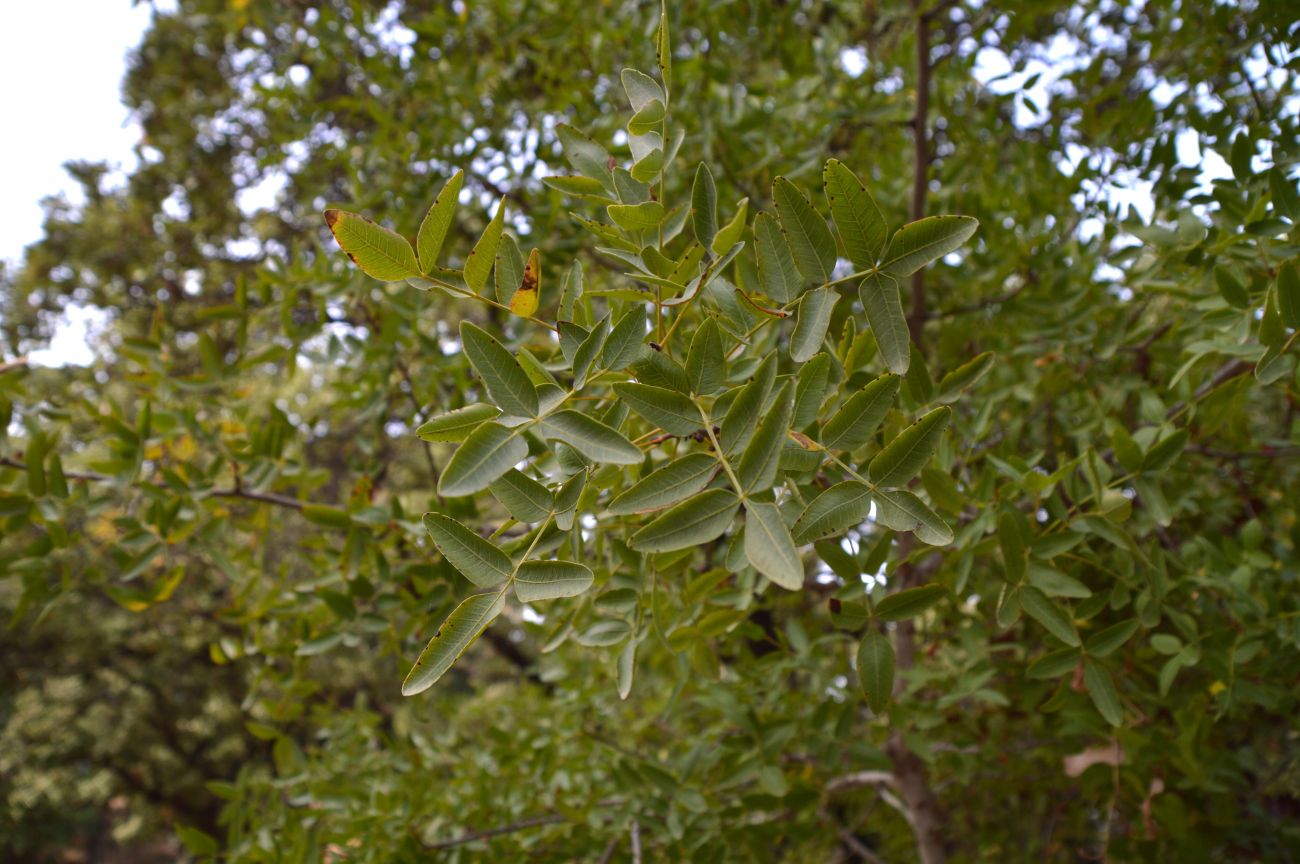
51 – P. terebinthus
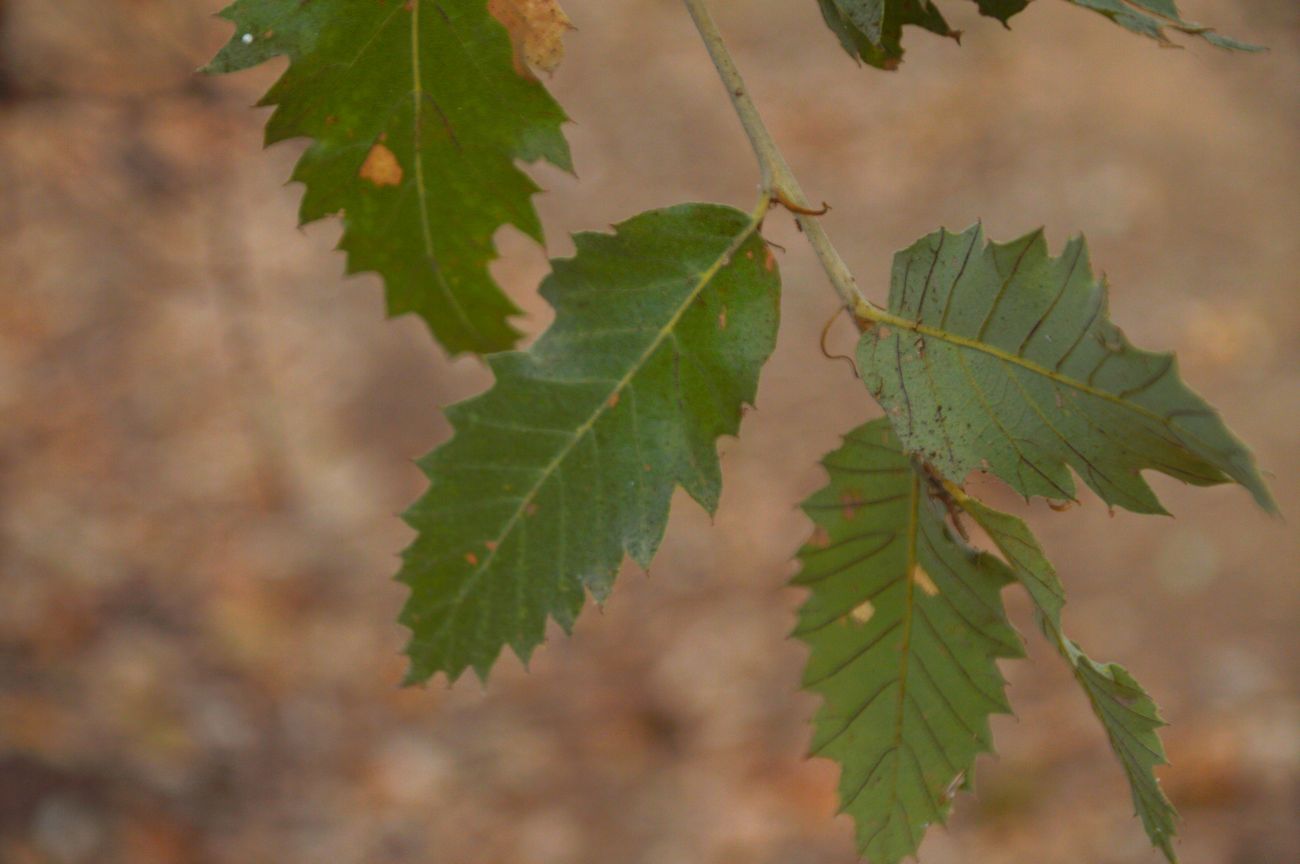
52 – Quercus ithburiensis ssp. macrolepsis
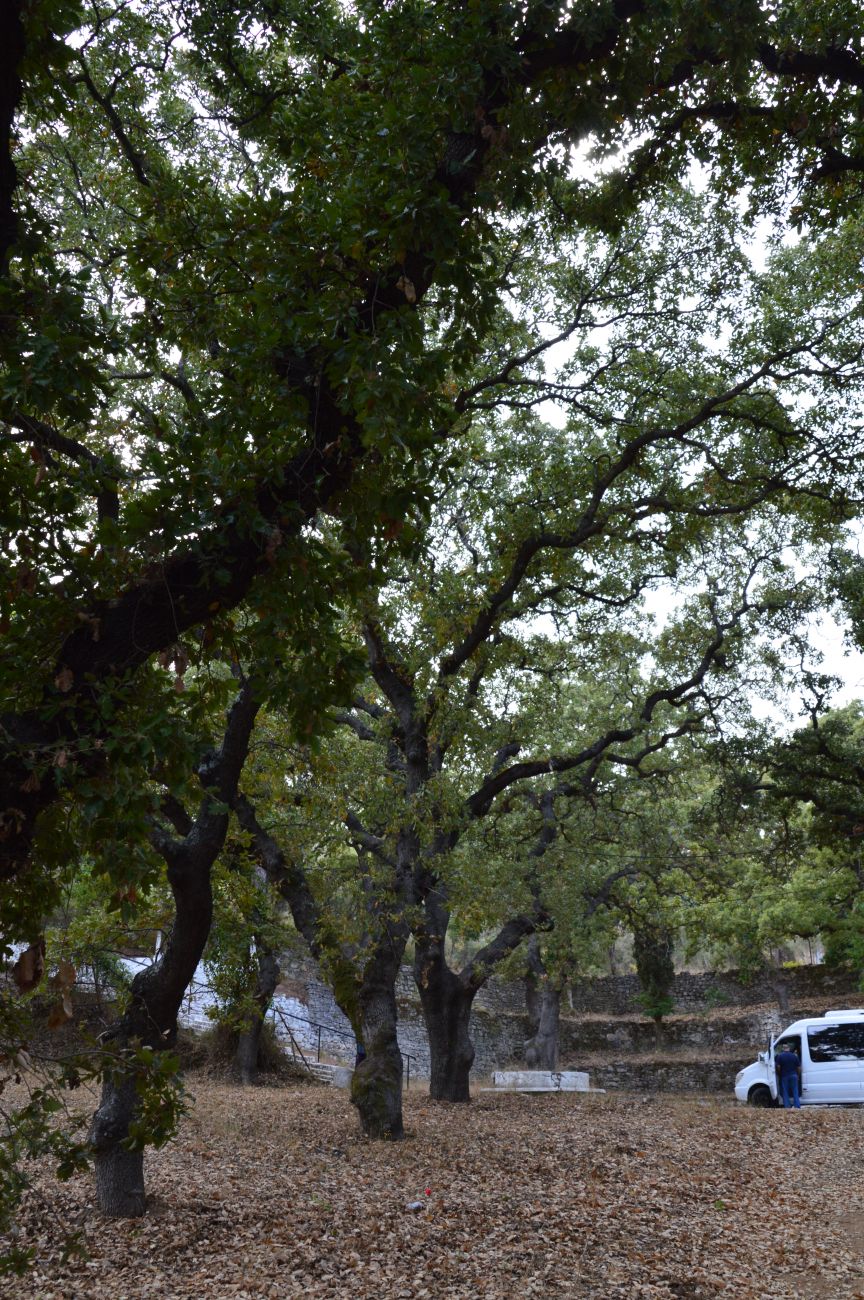
52 – Quercus ithburiensis ssp. macrolepsis
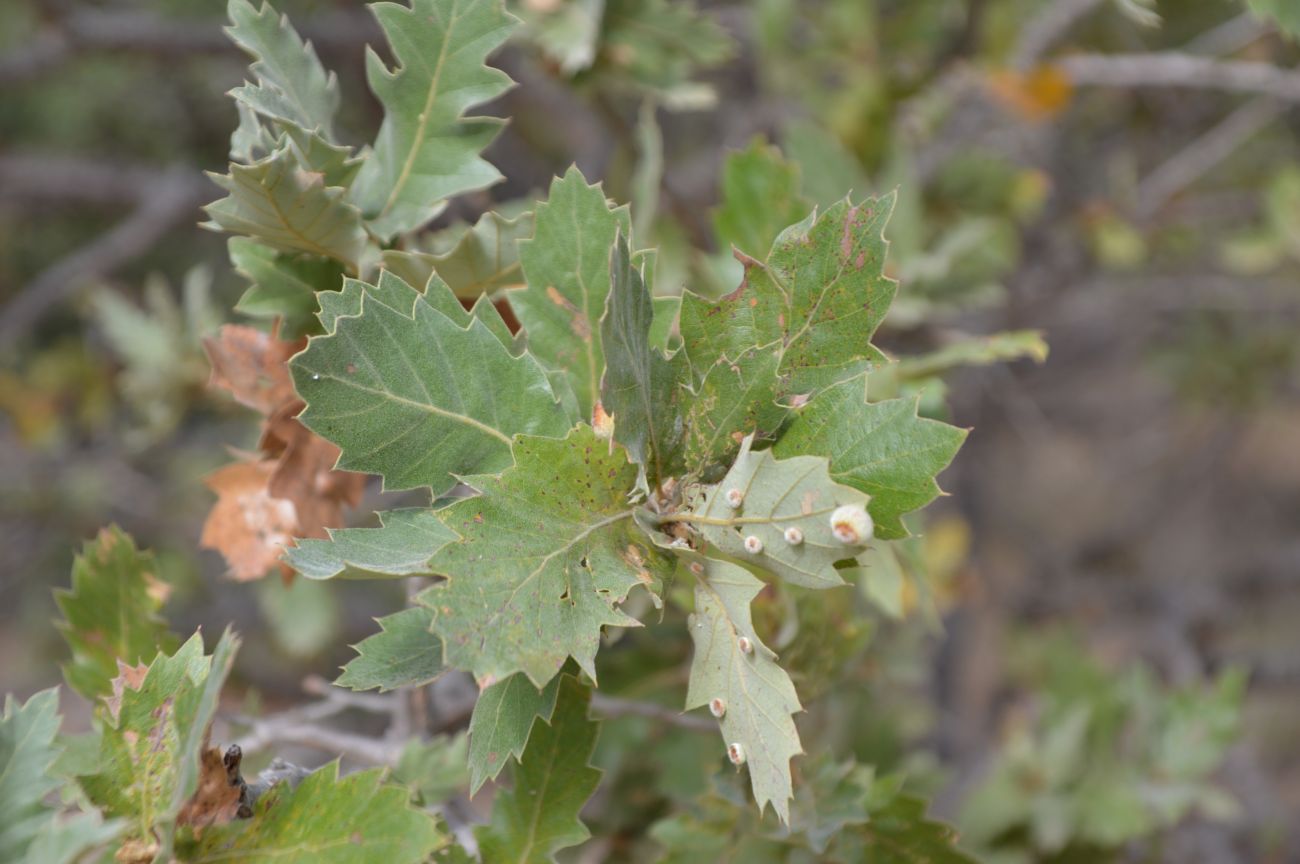
52 – Q. ithburiensis ssp. macrolepsis with galls present
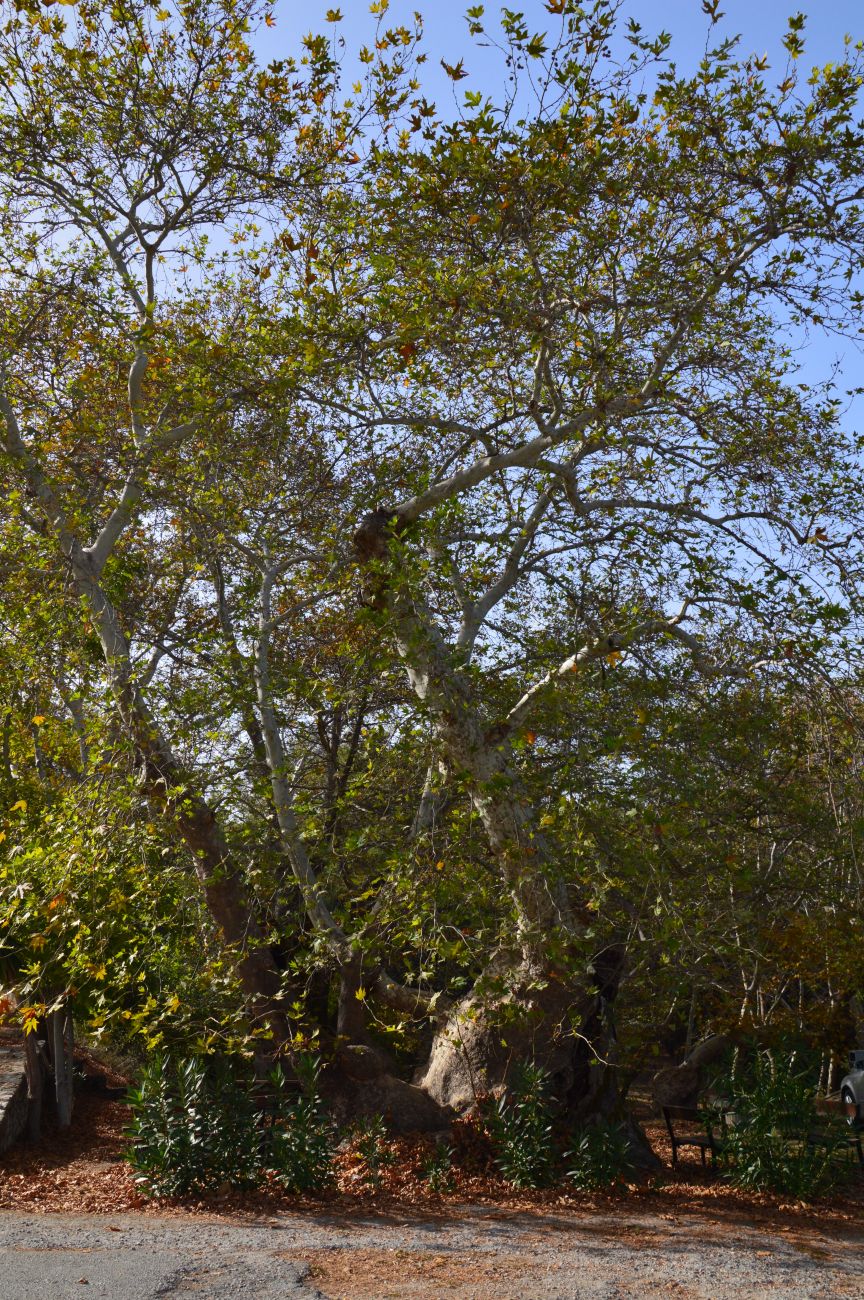
54 – Venerable oriental planes
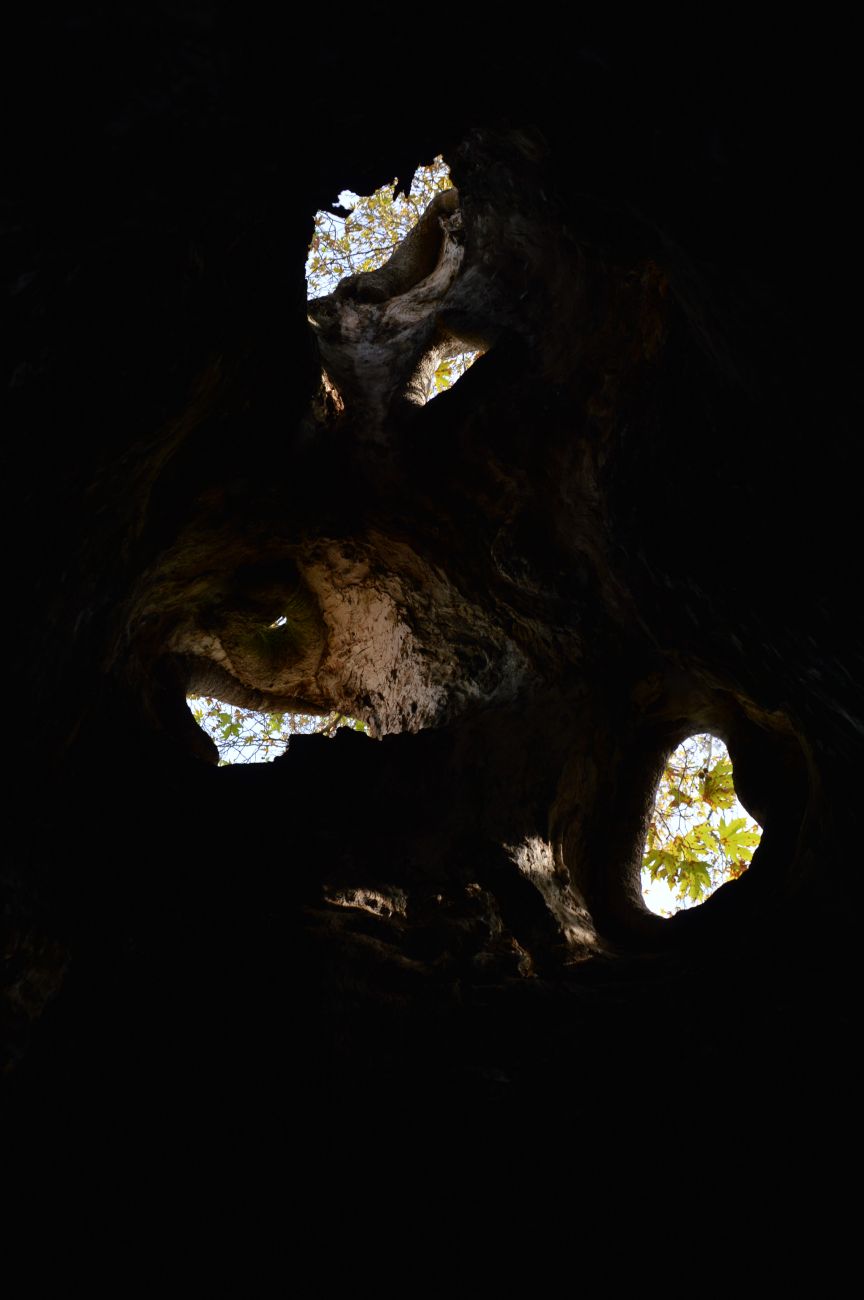
54 – Venerable oriental planes
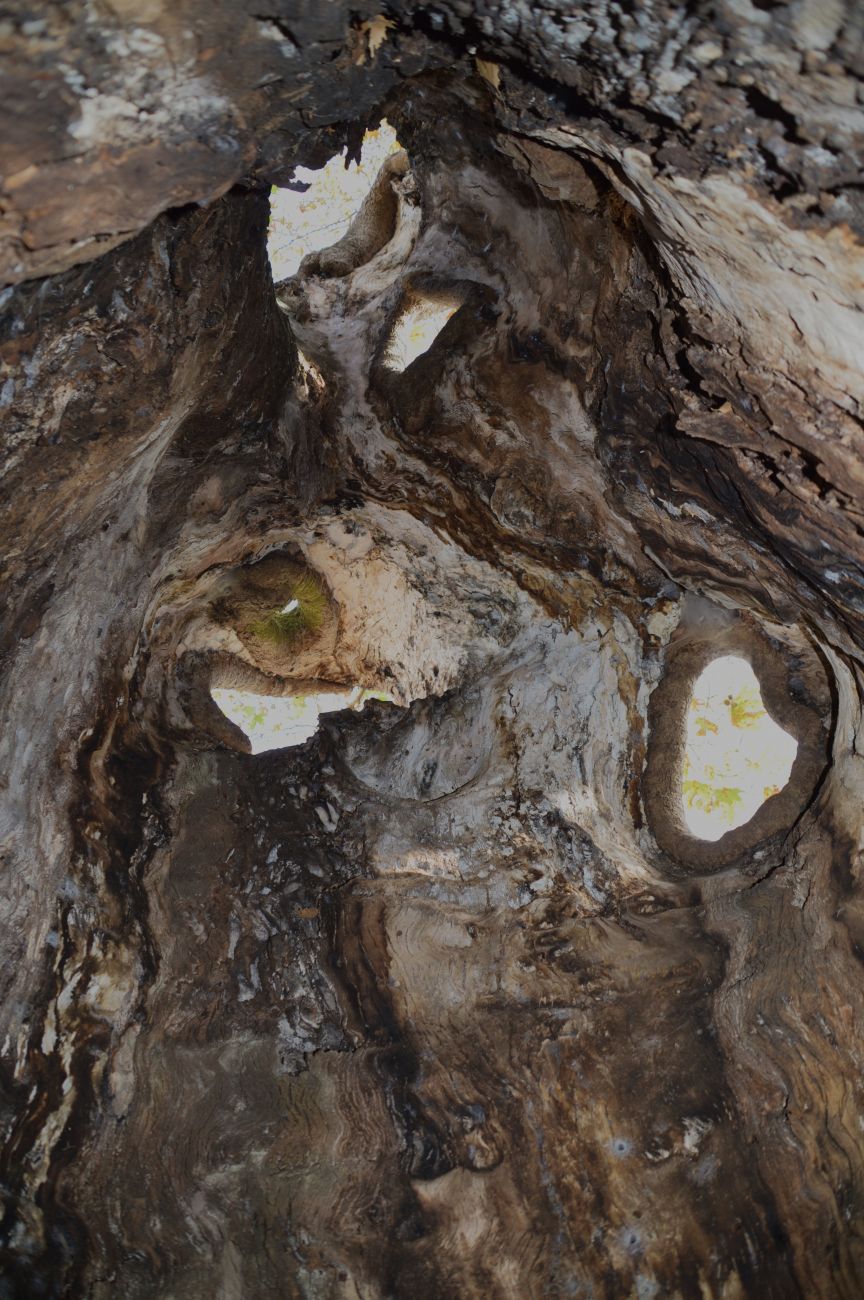
54 – Venerable oriental planes
Monday 6 November
This was a day of exploring the village on foot. A small village on the north side of the highest mountain in Rhodes, Attavyros, it was a welcome change from the bustle of the city[55]. Firstly, we followed a track up towards the mountain, which receives some snow in winter. More deciduous trees were present, and most plants looked less stressed than they had been lower down. Outside our hotel Oxalis pes-caprae was growing which appeared very invasive, even growing in remote areas, Catharanthus roseus was being grown in wall planters, one member of our group was keen to point out the important anticancer properties of the plant, I also enjoyed watching a hummingbird hawkmoth visiting them one morning.
On the roadside we saw what I mistook to be Populus alba growing in a gully near some houses, it turned out to be P. nigra but the bark was very white, and the habit upright compared to the native British subspecies. A cultivar that has sometimes been treated as infraspecific taxa, ‘Afghanica’. We saw an almond with ripened seed pods, the invasive Robinia pseudoacacia, more P. terebinthus which is deciduous and so should be hardy in most British gardens, which also was covered in bright red galls along the leaf margins, caused by an aphid. Covered in fruit was a substantial Pyrus spinosa. [56] [57] [58]
We then turned onto a track which led us up to fields of grapes at the foot of the peak, this led to more upland and herbaceous species, a habitat contrasting to others we had seen. We soon saw more Crocus and in certain sheltered areas moisture could be seen on the leaves and ground, as the very top of the mountain is above the cloud line. Eryngium glomeratum was both flowering and many had gone to seed, we also admired the patches of golden Picnomon acarna[59] which had gone to seed. Also bearing seed was Styrax officinalis[60], small and chestnut brown. The remains of Muscari commosum were also noted. Though not flowering, Euphorbia acanthothamnos[61] was a nice find and seemed restricted to the more upland areas, Sacropeterium spinosum and Osyris alba were both bearing fruit, the latter red berries, and the only representative of the family Santalaceae on the trip. I continued slightly further as a large “unkindness” (gathering) of what looked and sounded like juvenile ravens had formed[62], startled chukar partridge also. Even up here were more Drimia, suggesting that, if given drainage and open habitat, it would be happy in many gardens back home in England.
The next walk we did was down the hill from the hotel, past the poplars. First, we came across Solanum villosum on waste ground, another more open M. parviflorum, Umbilicus rupestris in leaf on rocky outcrops, large banks of Ptilostemon chamaepeuce which had gone to seed and the seedhead of an Allium ampeloprasum which we didn’t see as much of as I would have expected. Much of the dirt path was schist.[64] [65] [66]
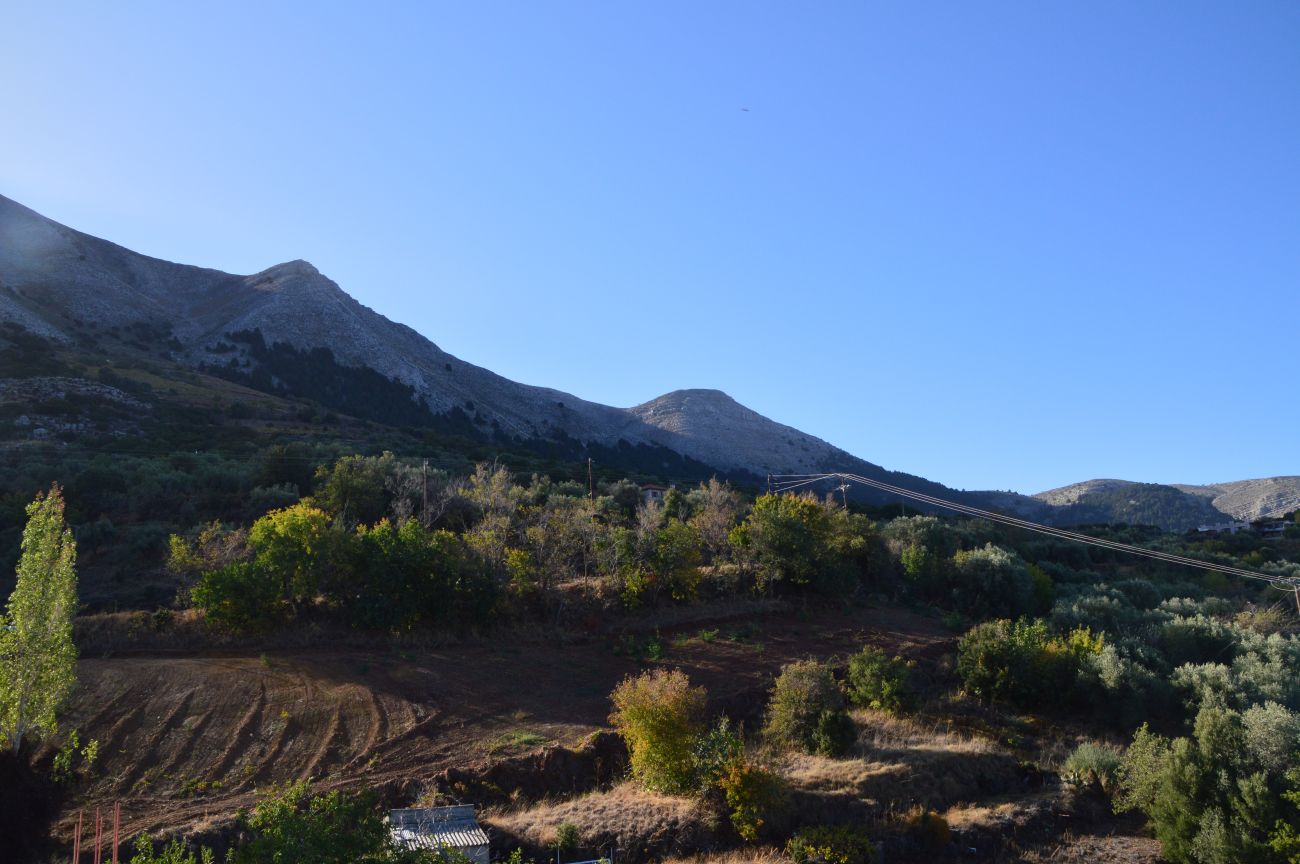
55 – Attavyros
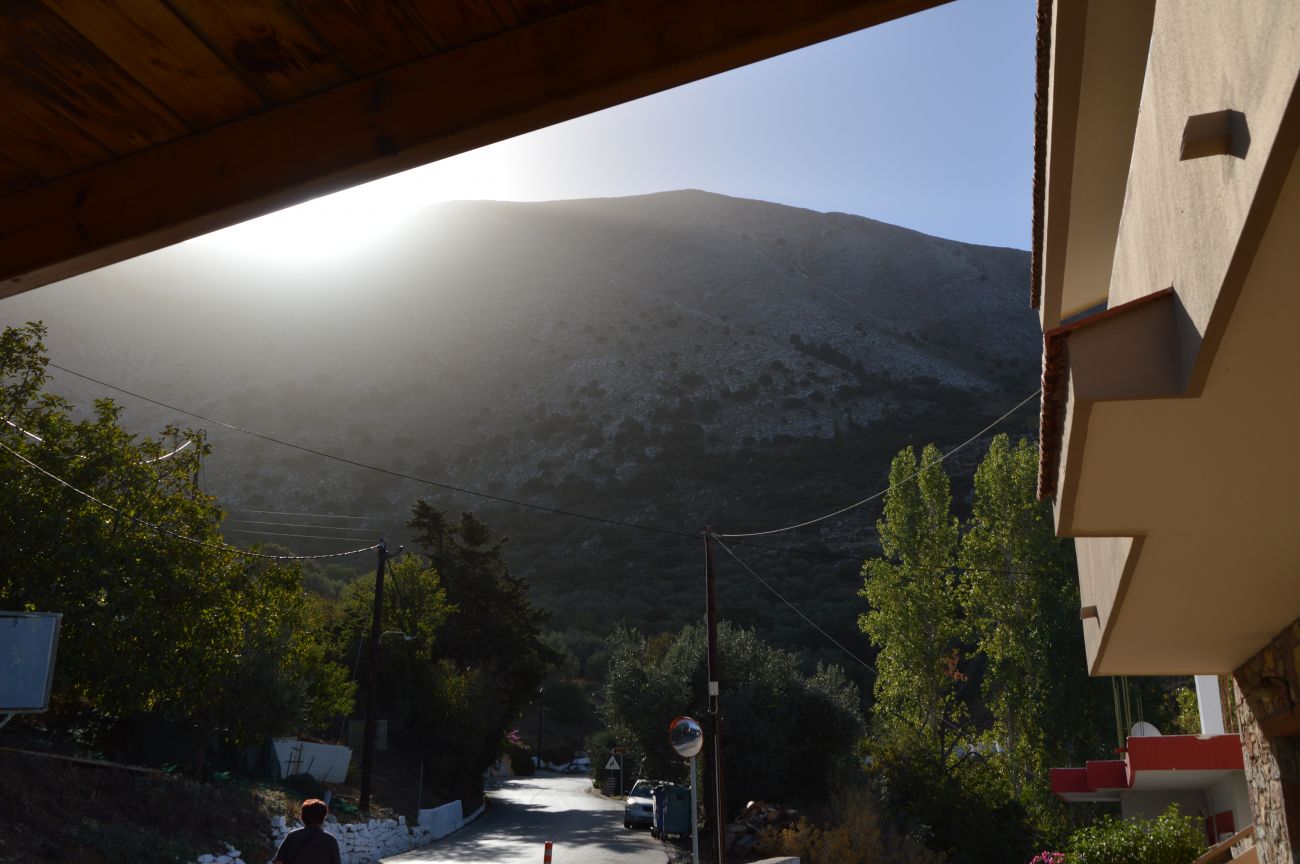
55 – Attavyros
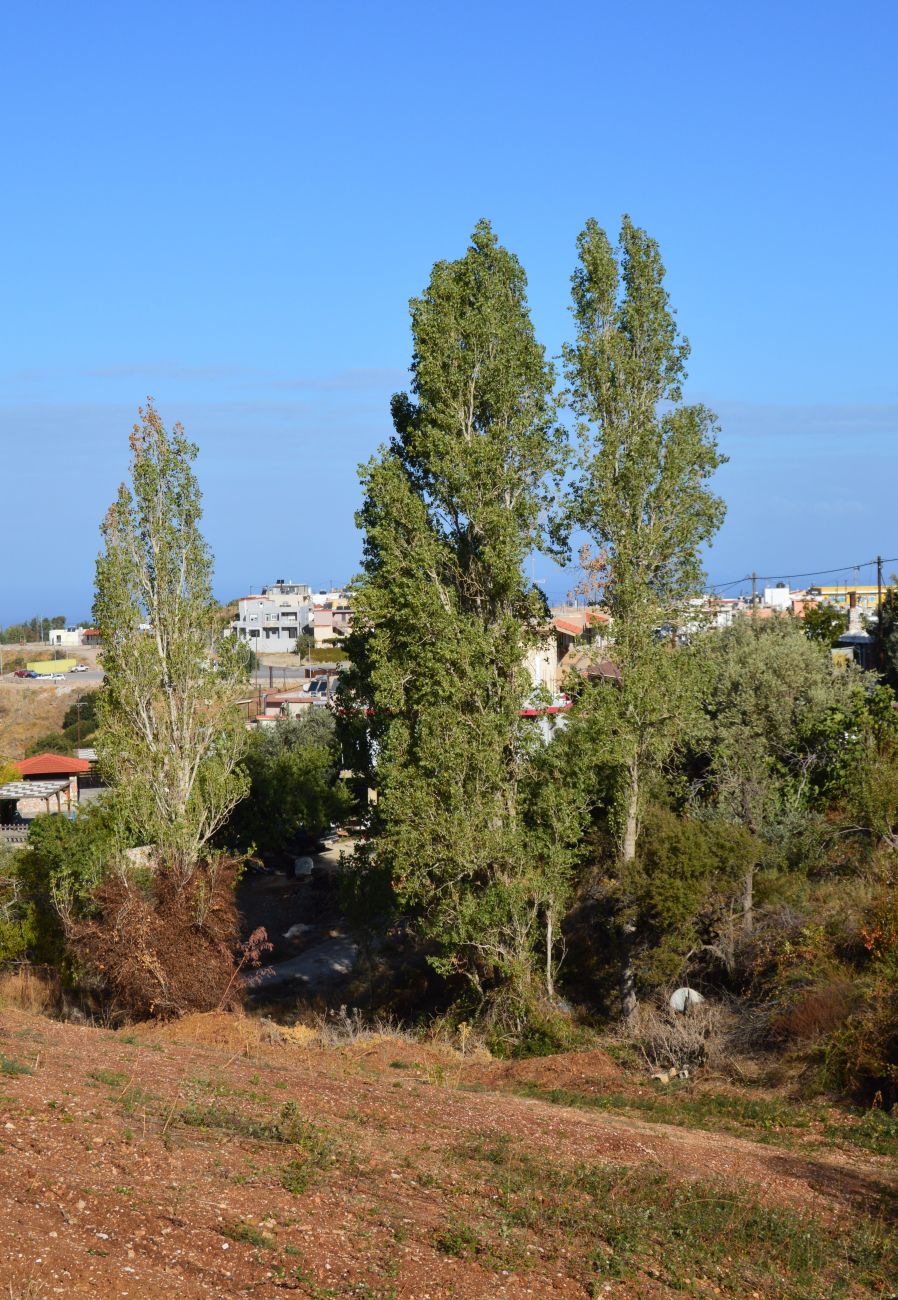
56 – Populus nigra
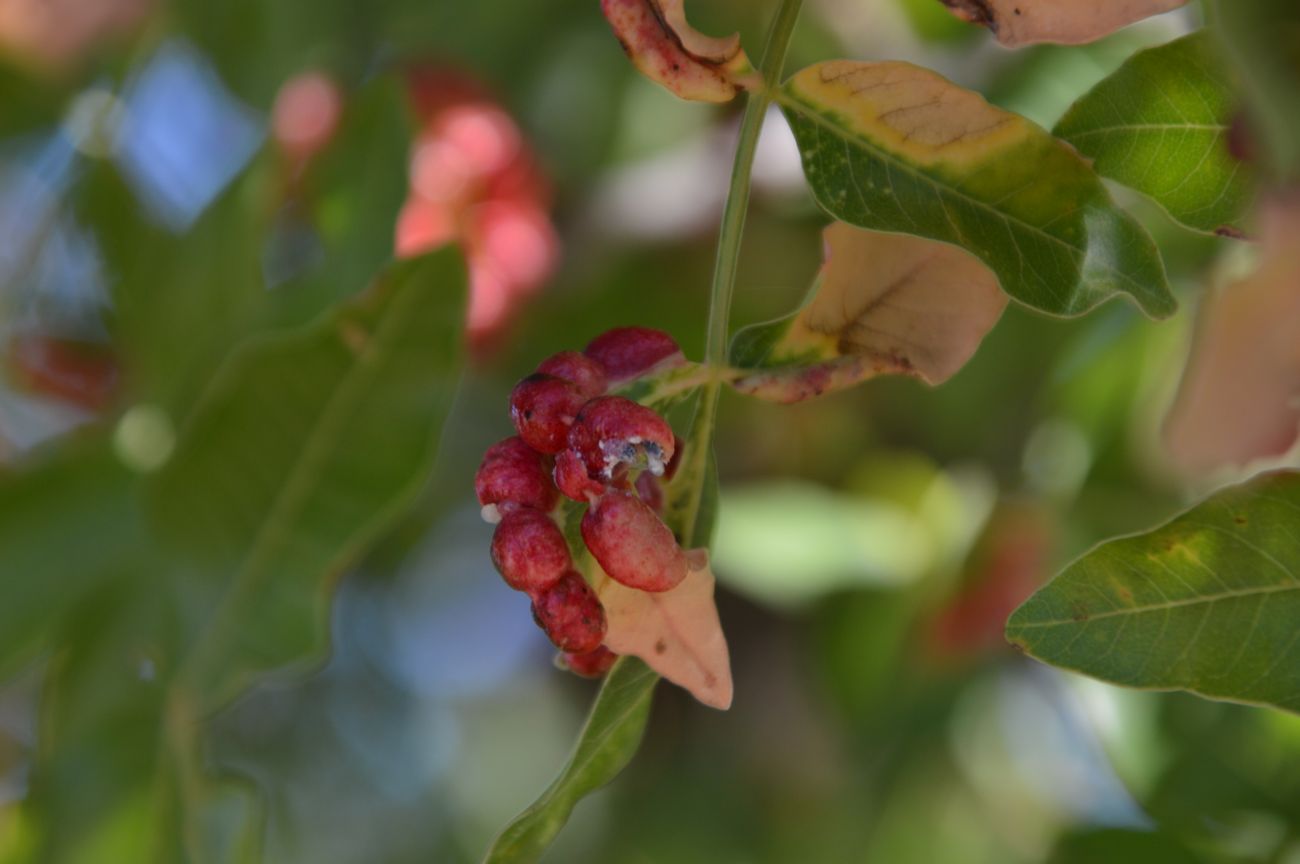
57 – Leaf galls on P. terebinthus
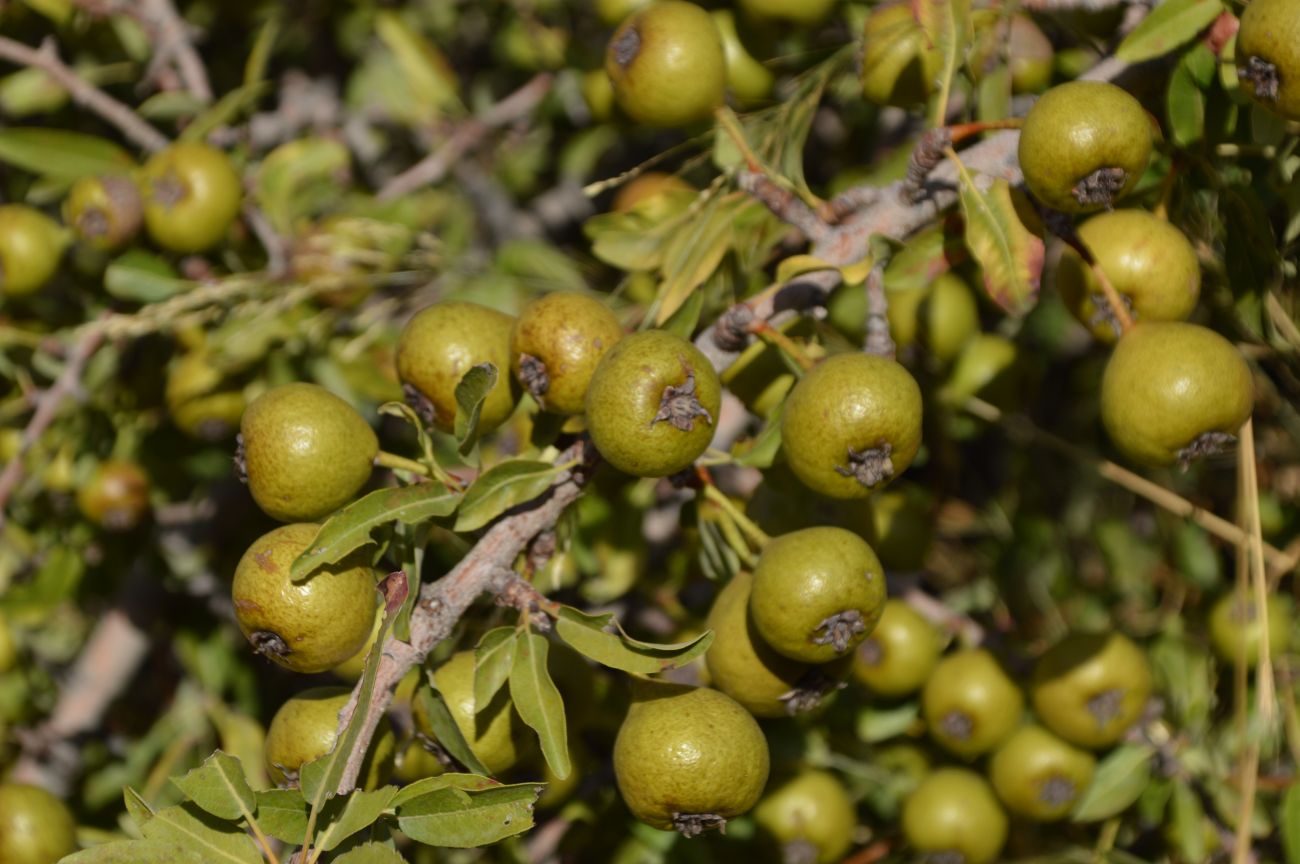
58 – Pyrus spinosa
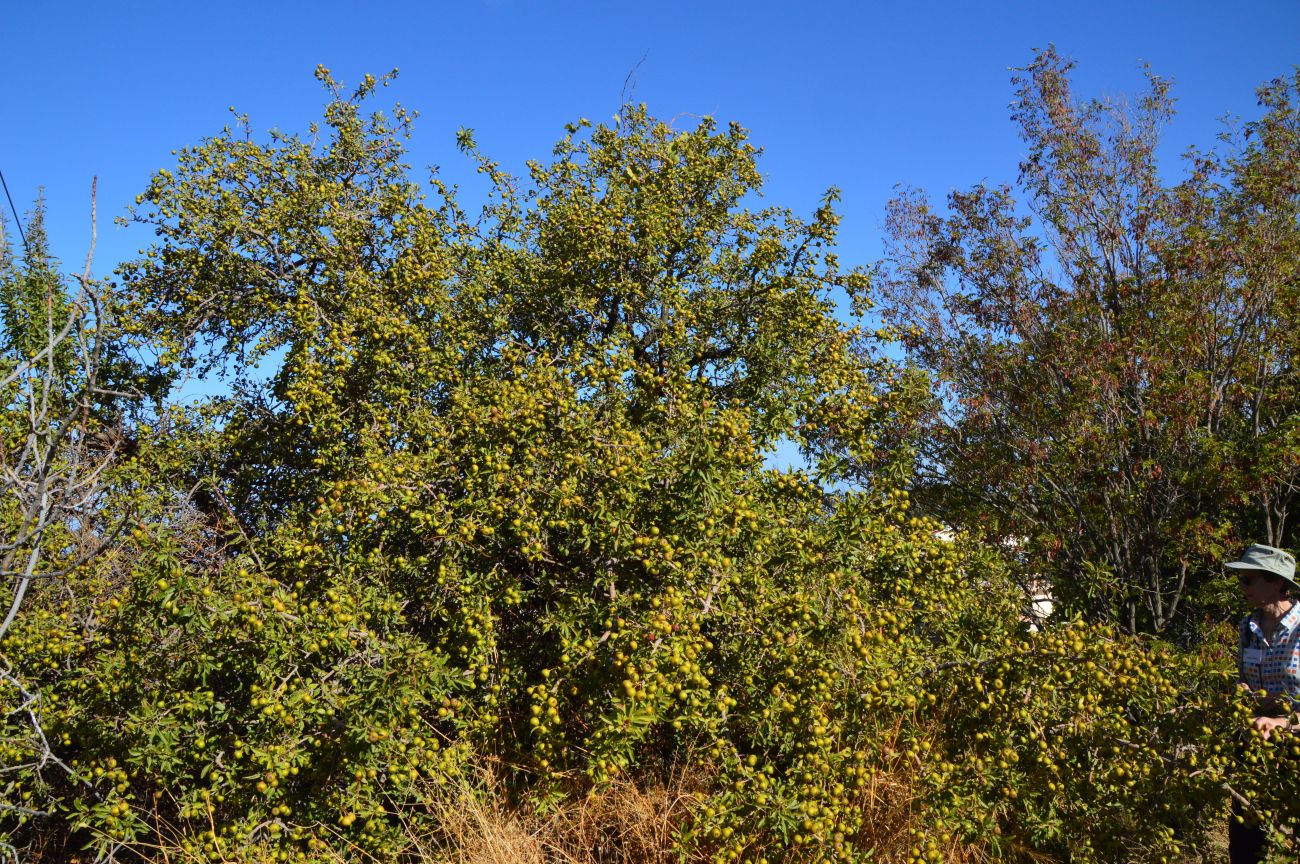
58 – Eryngium glomeratum
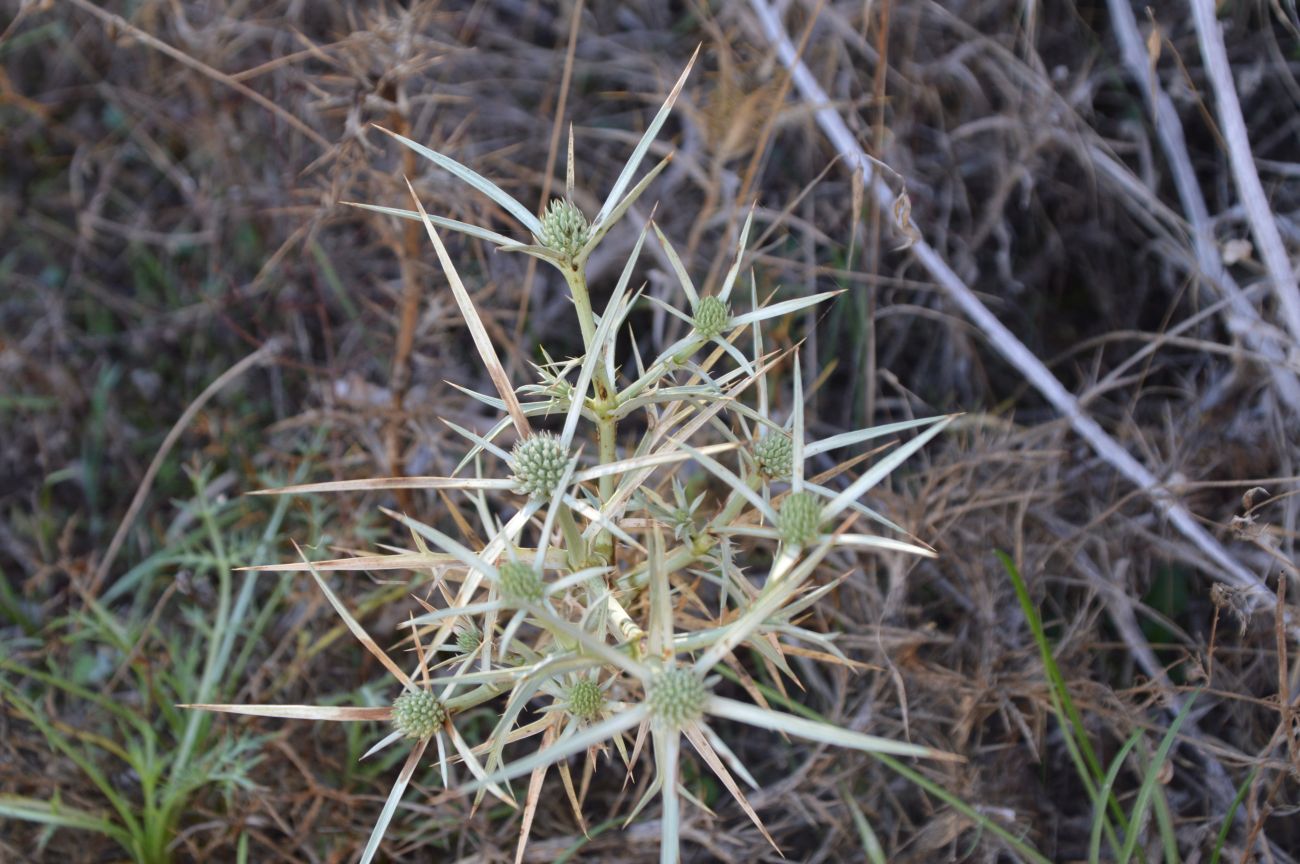
59 – Eryngium glomeratum
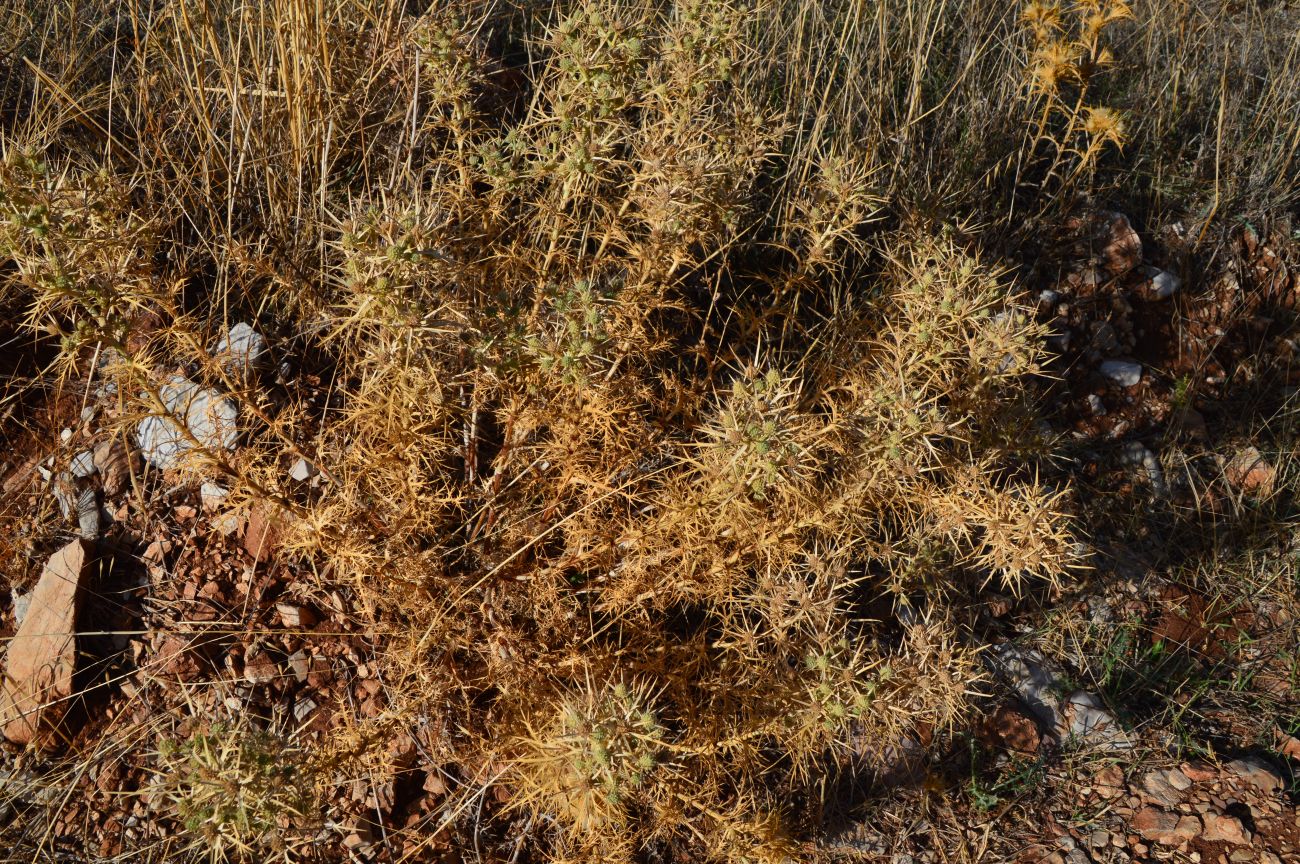
59 – Eryngium glomeratum
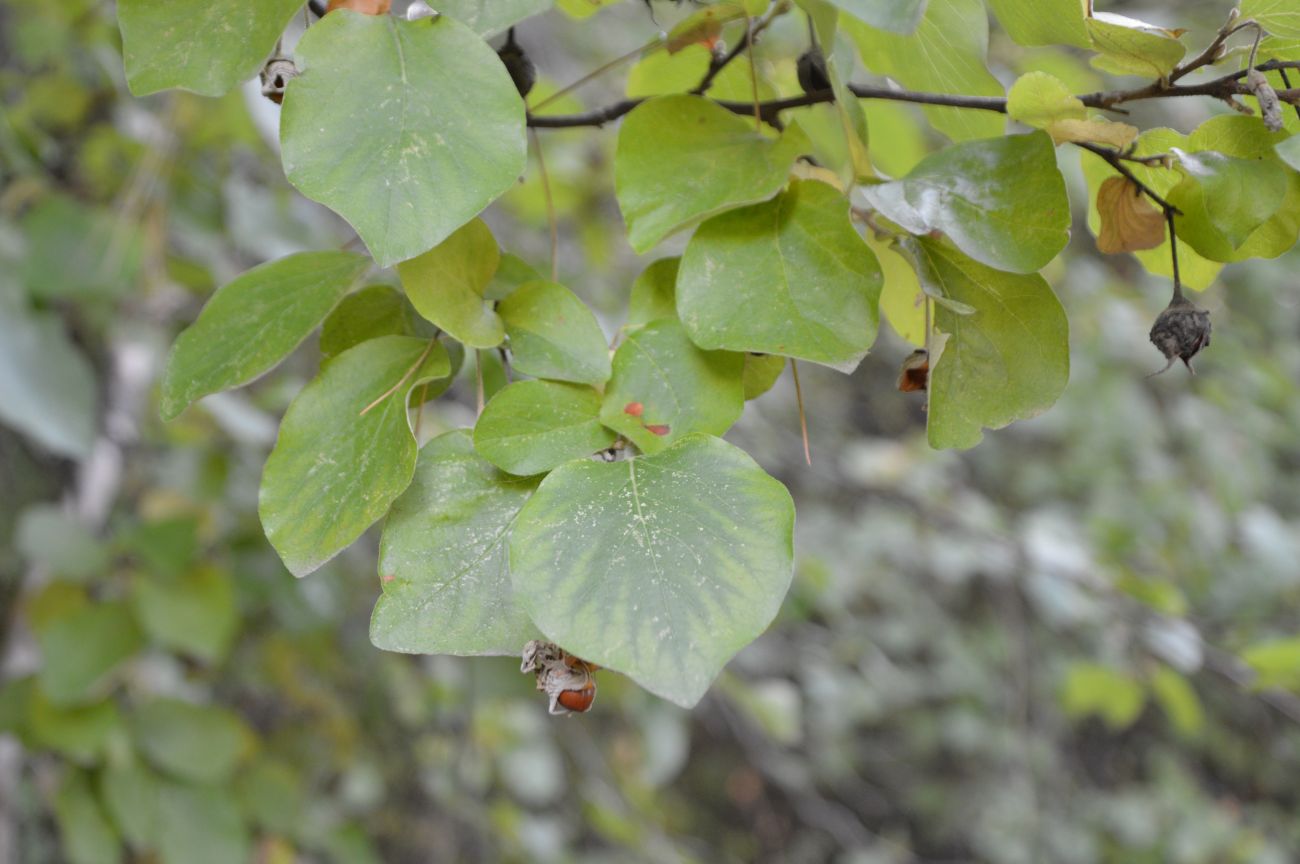
60 – Styrax officinalis
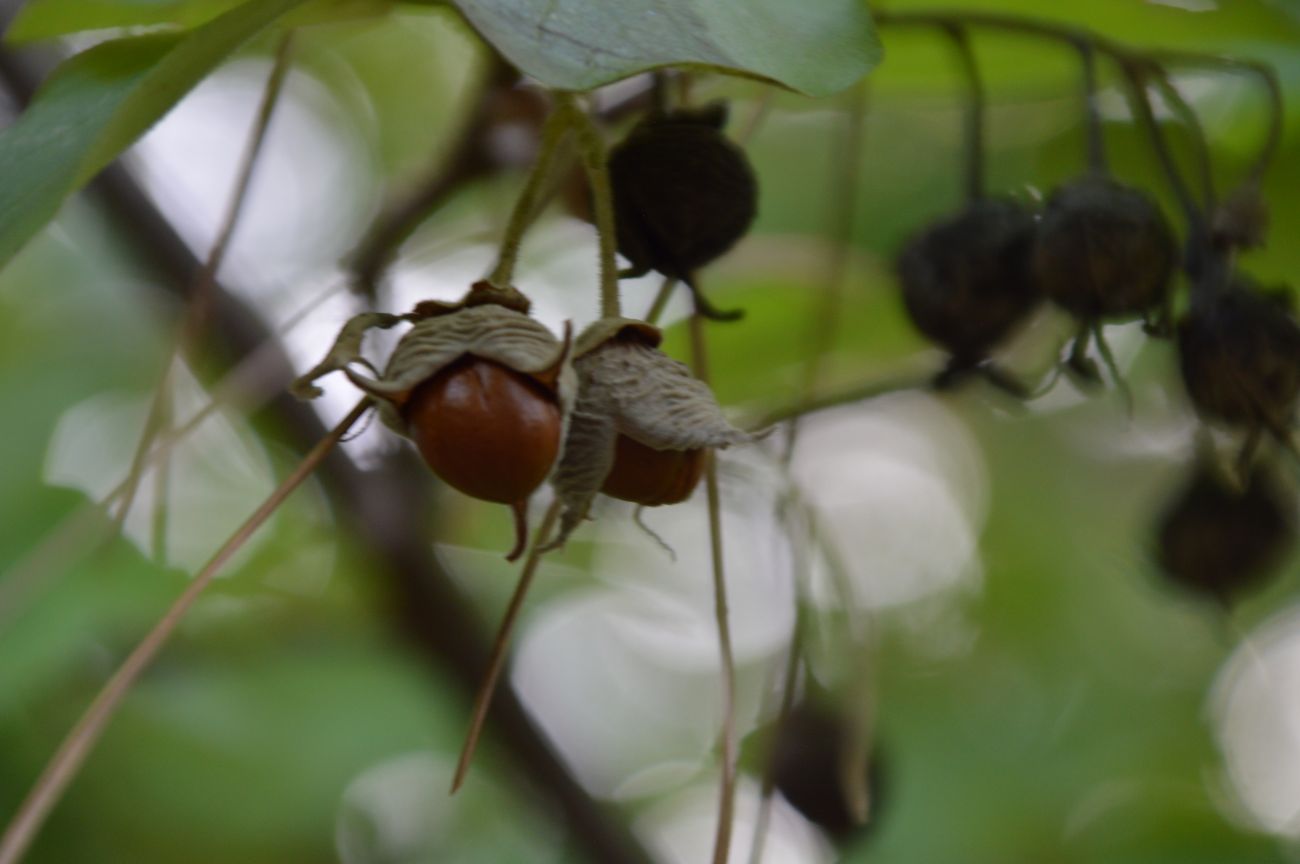
60 – Styrax officinalis
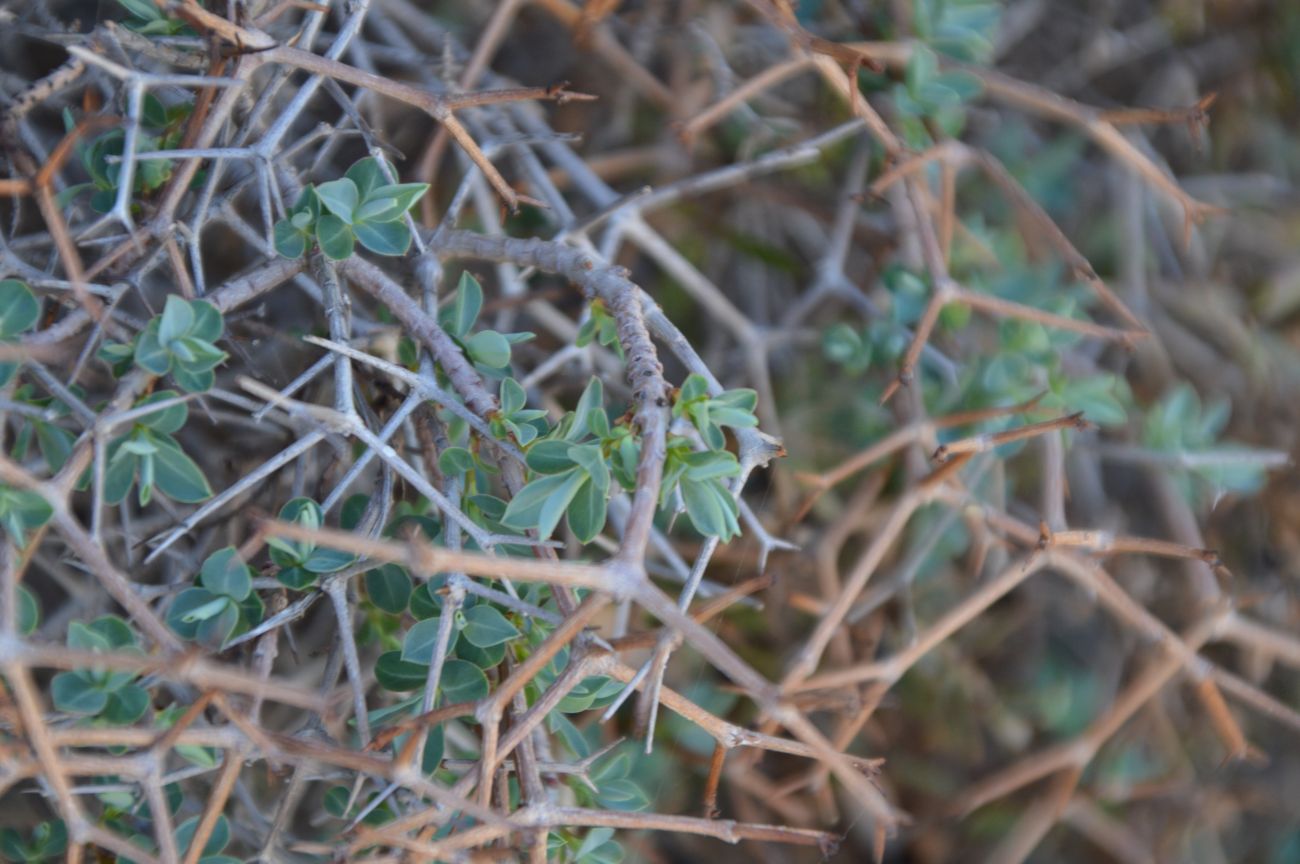
61 – Euphorbia acanthothamnos
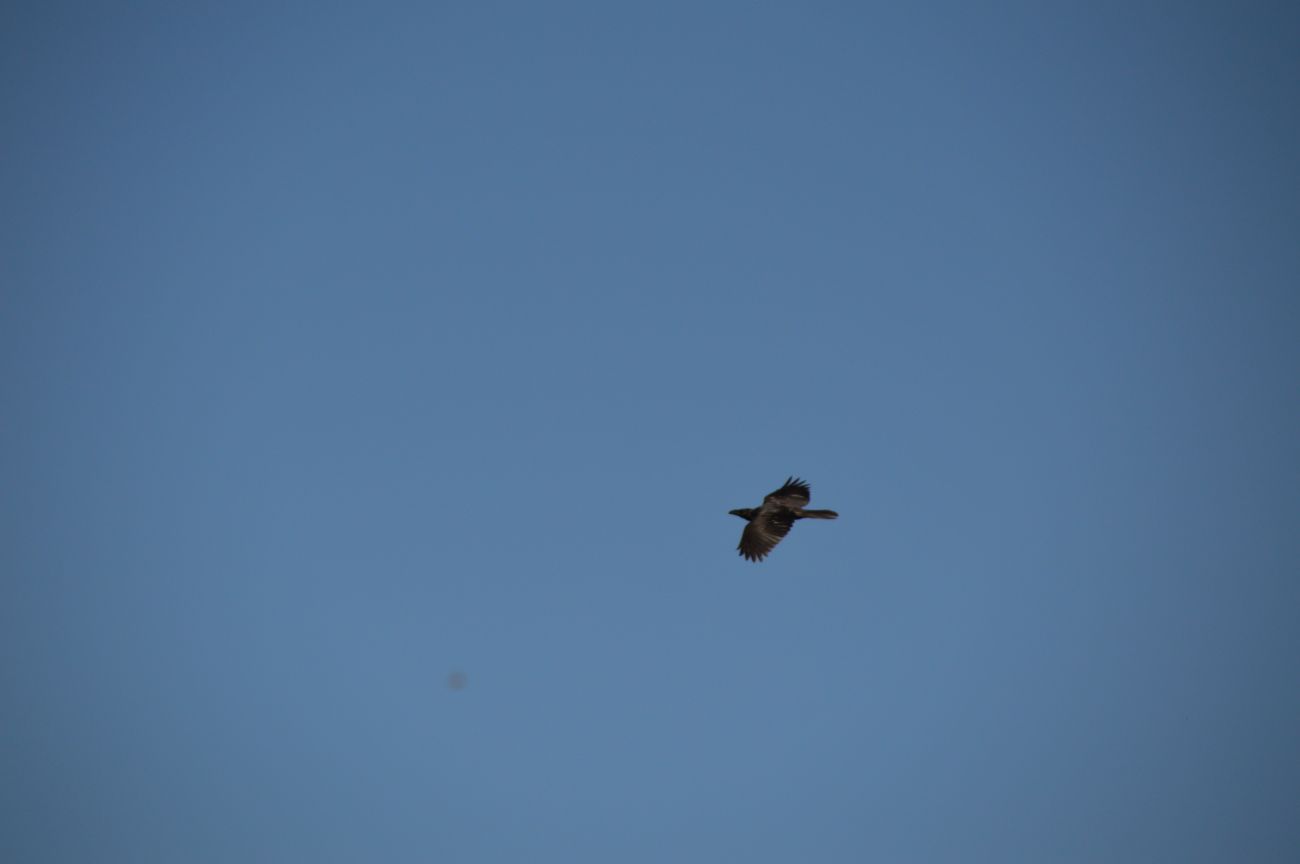
62 – Juvenile ravens
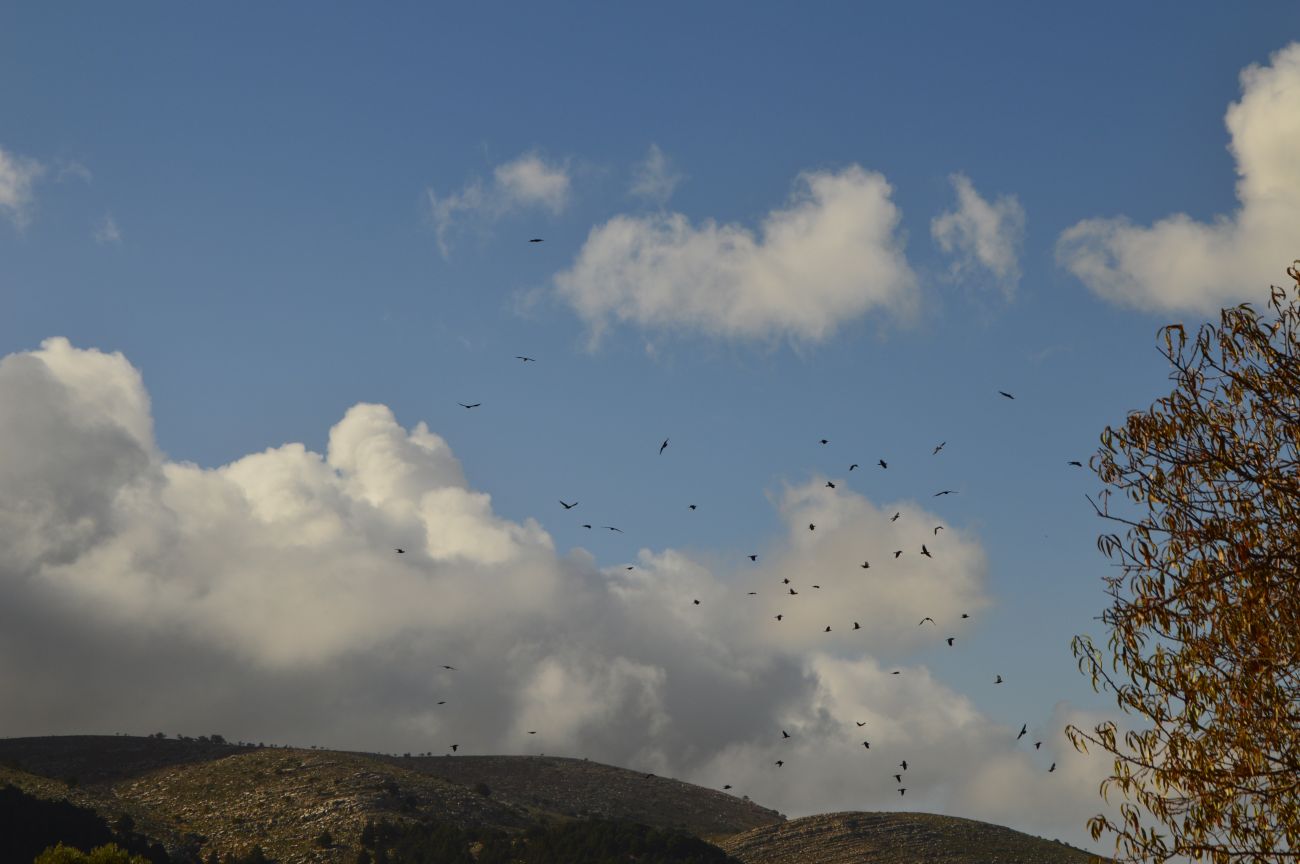
62 – Juvenile ravens
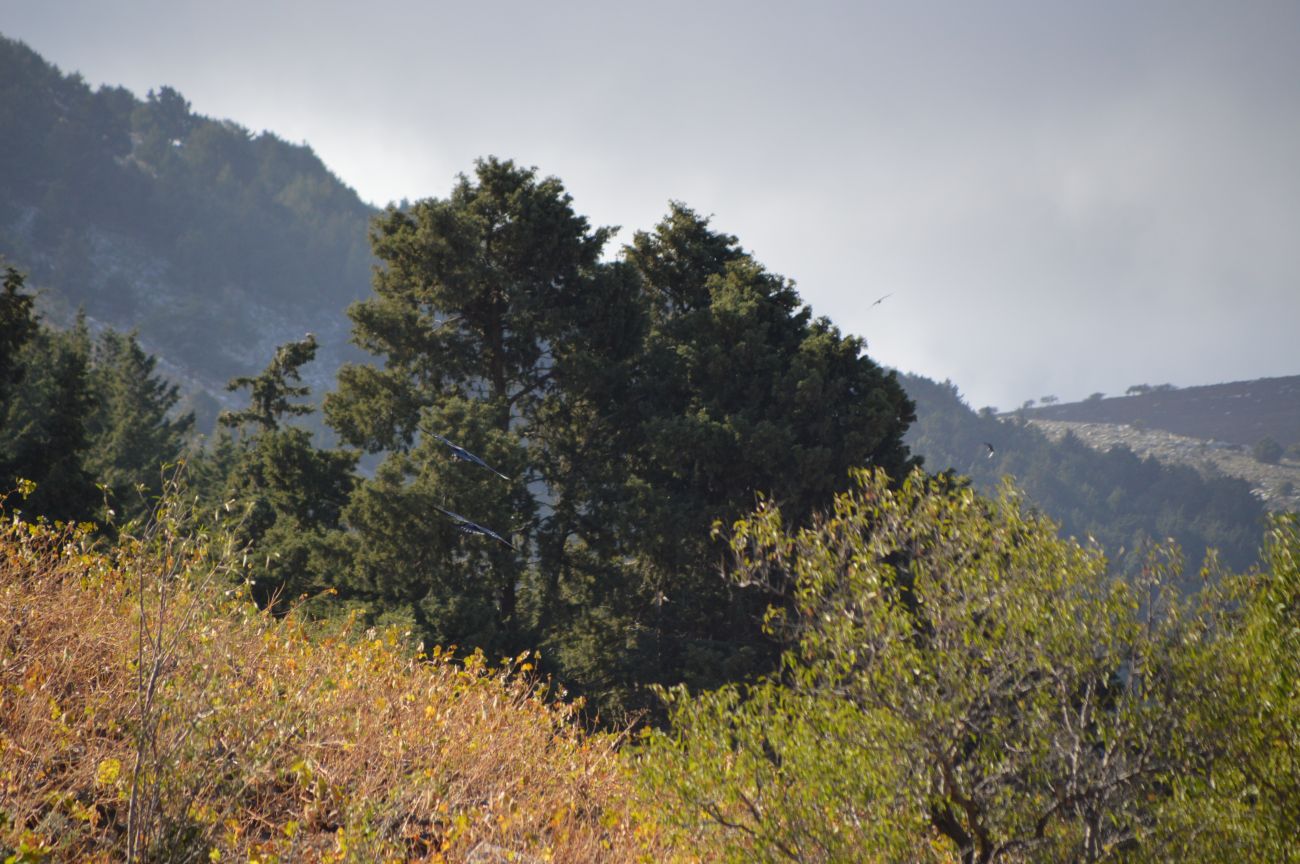
62 – Juvenile ravens
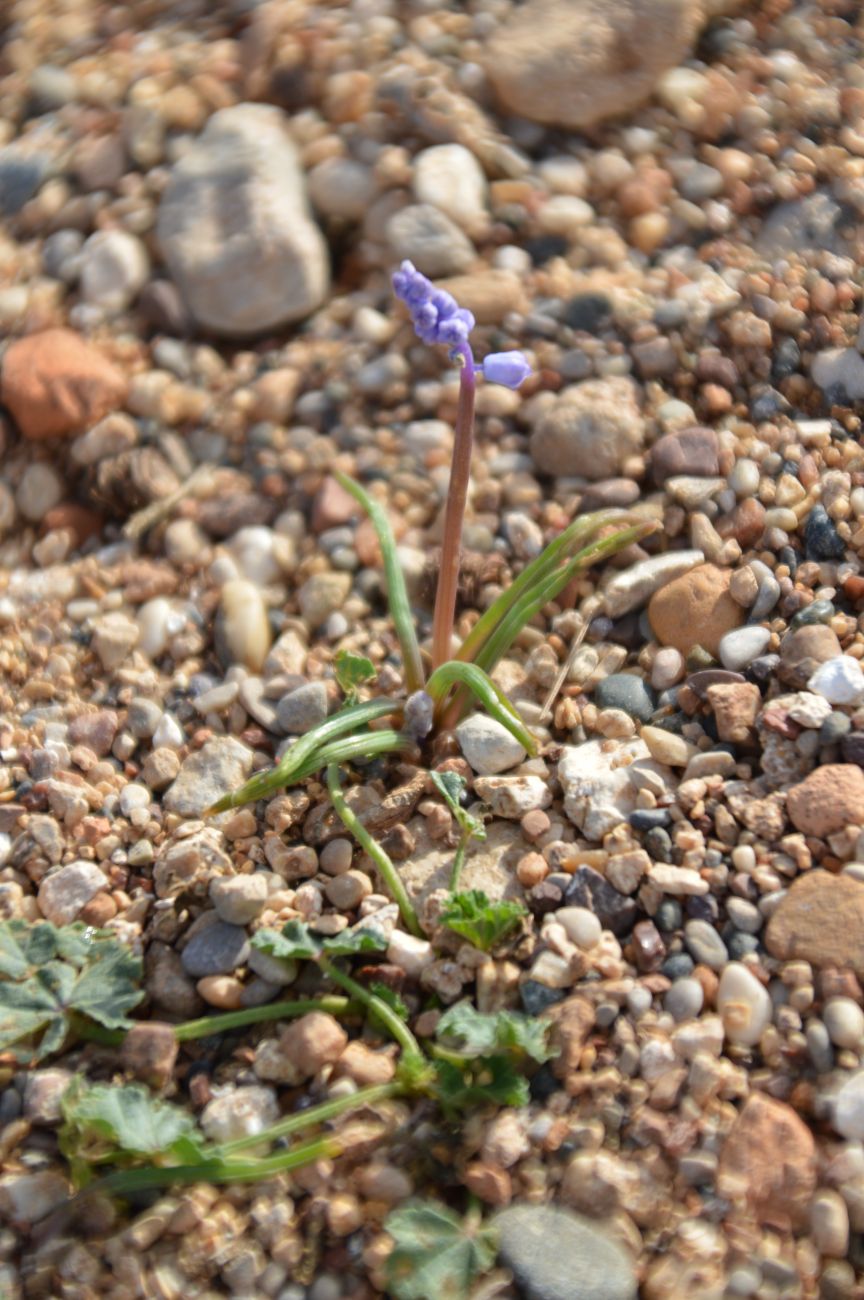
63 – Muscari parviflorum
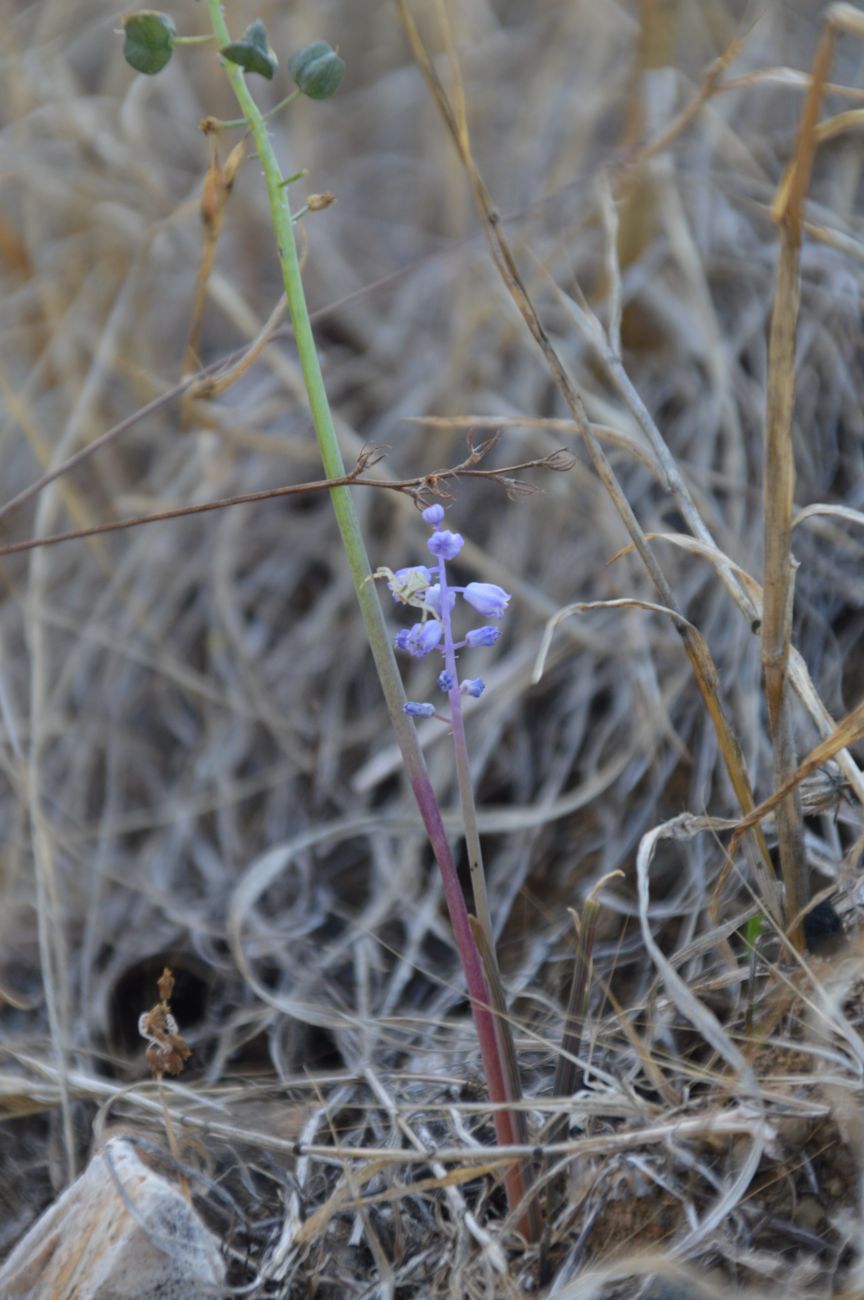
64 – Muscari parviflorum
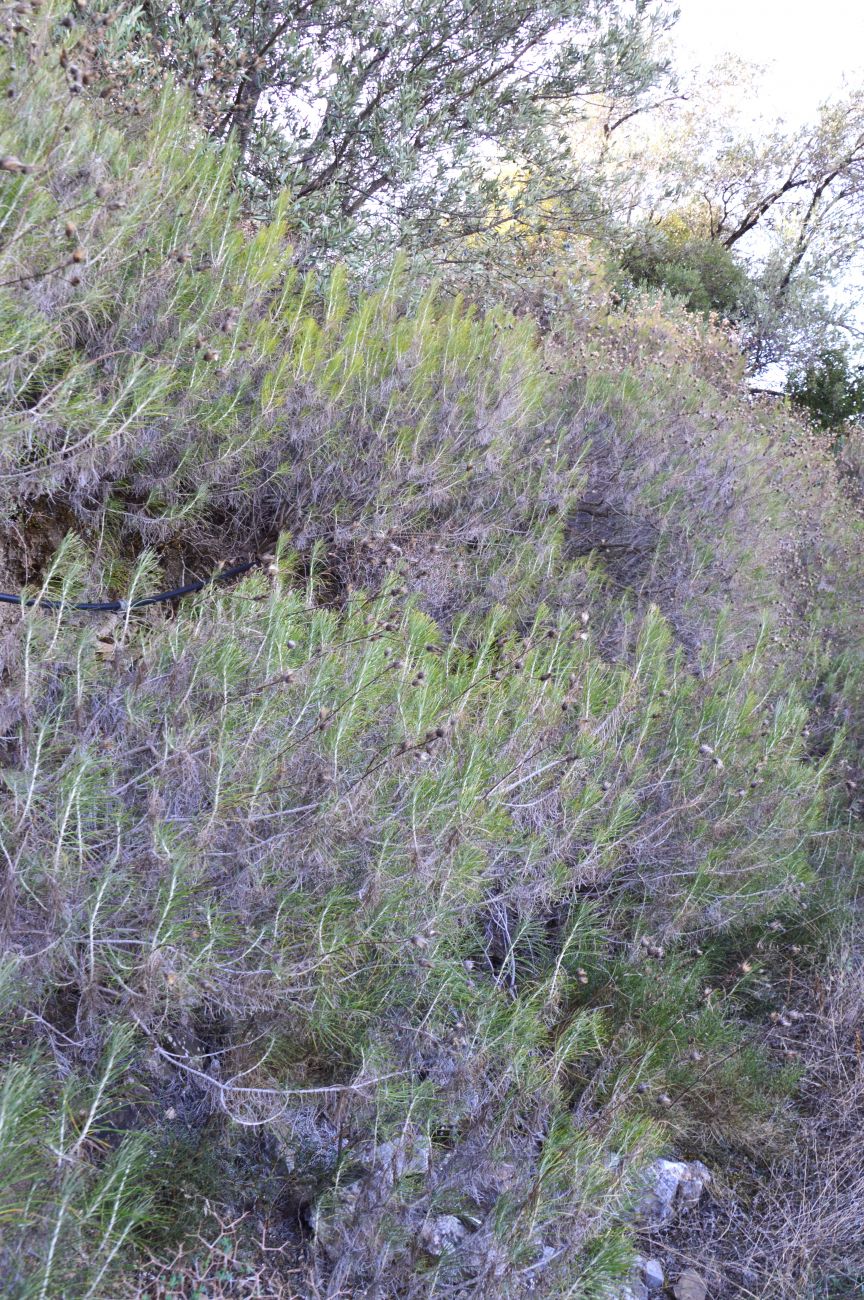
65 – Ptilostemon chamaepeuce
Tuesday 7 November
This time we made our way to Monolithos on the north-west point of the island. First, we went higher up Attavyros on the western side of the mountain, again very dry and the wind was stronger on this side. We walked through old pine forest, stopping at the beginning of the tree line[66]. The only flower we saw was another Drimia, but we did come across nests of the pine processionary moth[67] and a very stunted specimen of Rhamnus lycioides.
We made our way to Siana where we stopped for a break, and there noticed self-sown Mirabilis jalapa in flower. Yiannis pointed out the flowered remains of Centaurea lactucifolia[68], behaving more like a chasmophyte on the cliff face, an endemic to Rhodes and adjacent islands. Continuing to the shore the landscape was much drier, pines fewer and Cupressus sempervirens more common. By the shore the wind had curtailed their growth. We stopped before the beach but other than seeing Salvia, Cistus and Lithodora hispidula looking deeply unhappy, many looking close to expiring, whereas elsewhere we had seen them merely wilting[69]. The specific epithet referring to the bristly leaves. Lastly, we made our way down the very steep, winding road to Fourni beach, a very quiet one to go for a dip. After returning to the hotel, some of us chose to go to an area on the edge of the village, which was fortunate as the Galatella which had so frustratingly been in bud last time was in flower and this time in abundance along the roadside. [70] [71]
Wednesday 8 November
Our final full day and my hope of finding Colchicum and Biarum marmarisense was waning. We made our way to Gouda dam which is in the centre of the island. First, we were on the south side of the mountain, drier and more exposed than the other side, though the ascent from the road did not look as great[72]. Where grapes had been growing, many had been abandoned, though some fields were still irrigated. In one area looking for crocus we found more Prospero but only beginning to flower suggesting crocus would be a little bit later, a paltry Lactuca saligna[73] managed to bear a flower in a shaded crook. Some olive trees had been pruned nearby and different material grafted onto the bark, the rootstock wild to give more resilience. We then moved to the other side of the road where I manage to spot, regretfully, spent Colchicum balansae flowers, coming from a rut in a dirt track[74].
After this we headed to Laerma. Here the fires had burnt fiercely and widely, and came very close to the village but many of the shrubs were sprouting new growth, though the pines and possibly some of the olives will not. Many had been cut down to act as firebreaks.[75]
From there we headed to Gouda dam, stopping on a bumpy dirt track to look for Biarum, finding instead Erica manipuliflora in flower down a gully in the shade of pine trees, I wonder how common this is on Rhodes considering the mostly calcareous geology. We continued to a different side where we stopped for lunch. There were more white wagtails. Then in a burnt area, to the relief of us all, we came across Colchicum variegatum in flower and quite a few of them. The fire must have been fierce as there were many holes in the ground where stumps had been burnt out completely. Lastly, we stopped at a bridge on the Pastidas-Mesanagrou road, running across the stream flowing into the dam. Here we found only Mandragora officinalis in leaf. We headed back via Apollona, giving good views of Attavyros.[76] [77] [78] [79] [80]
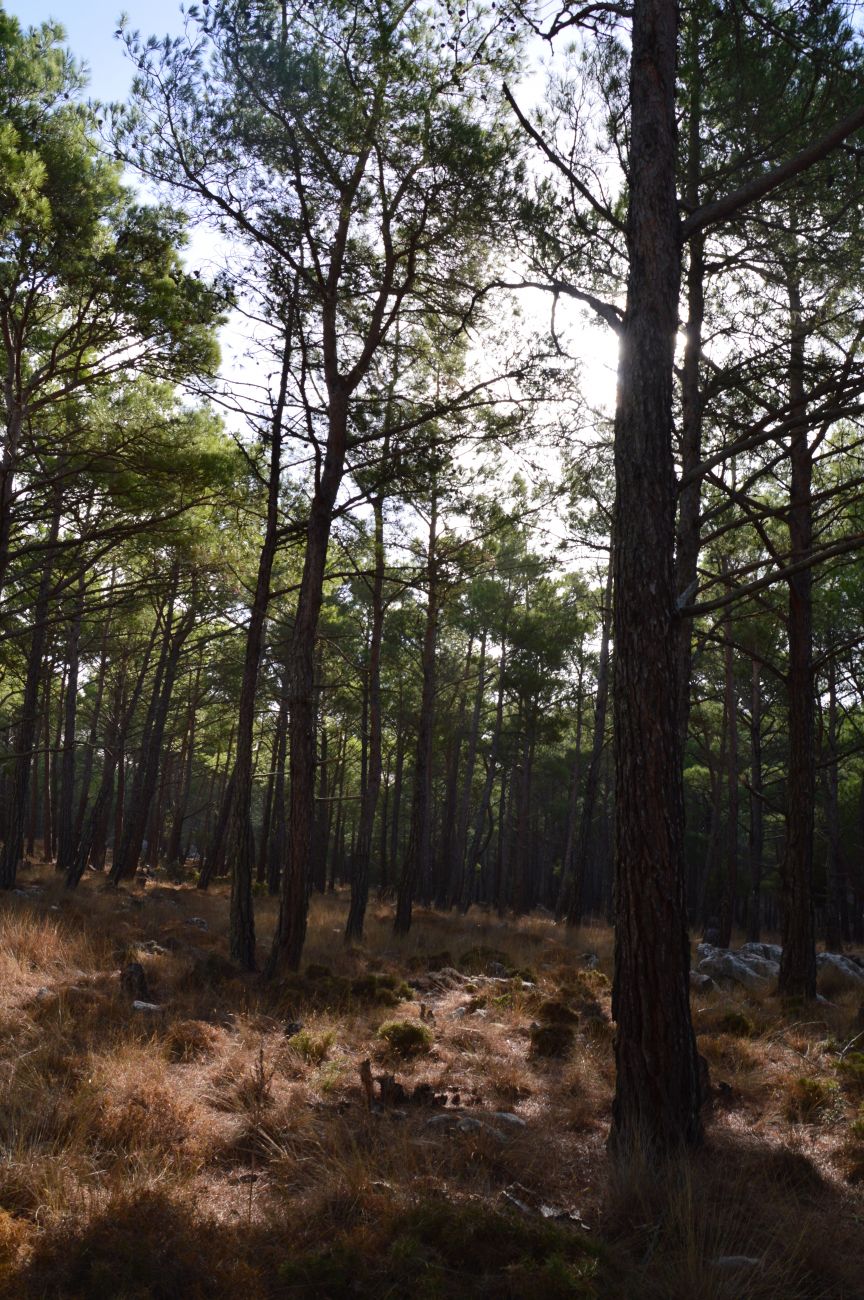
66 – Pine forest
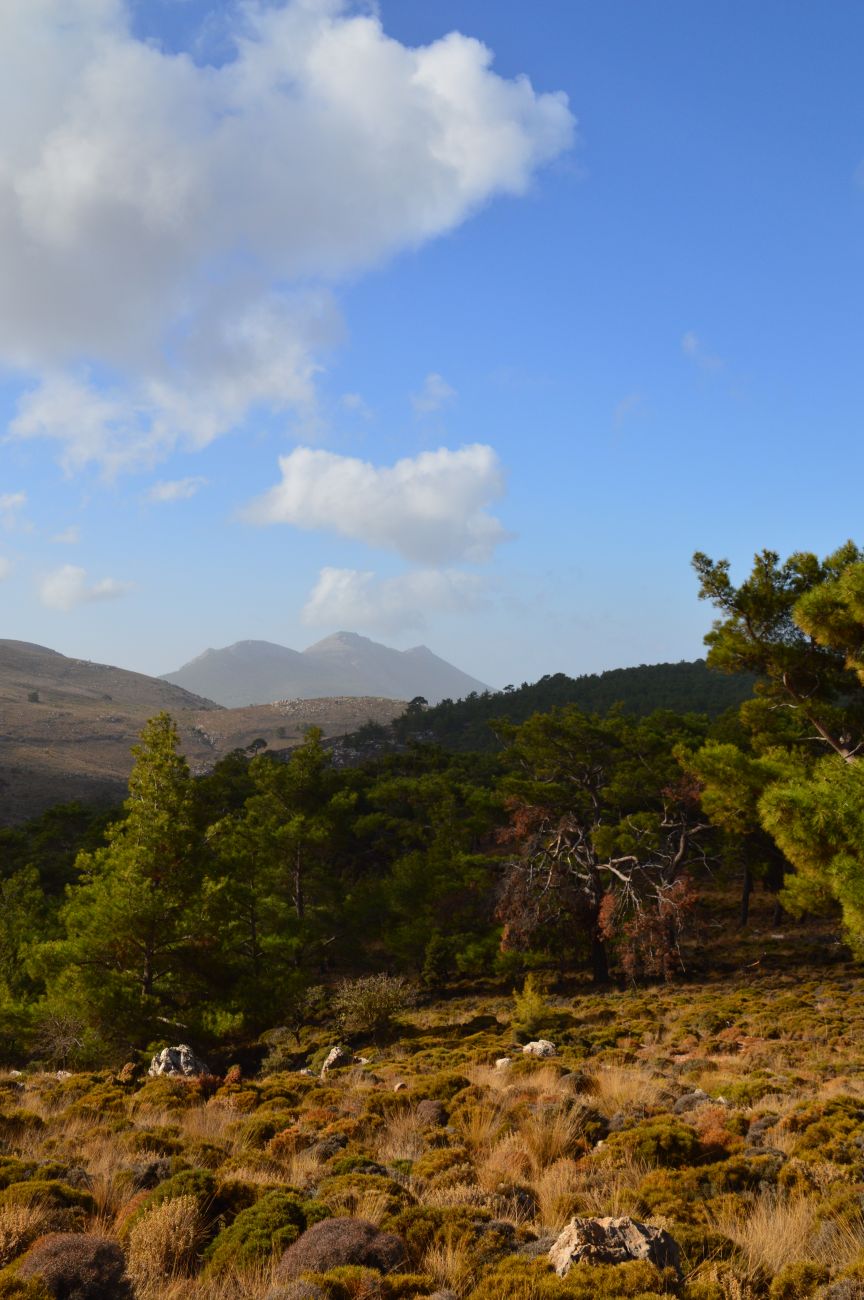
66 – Pine forest
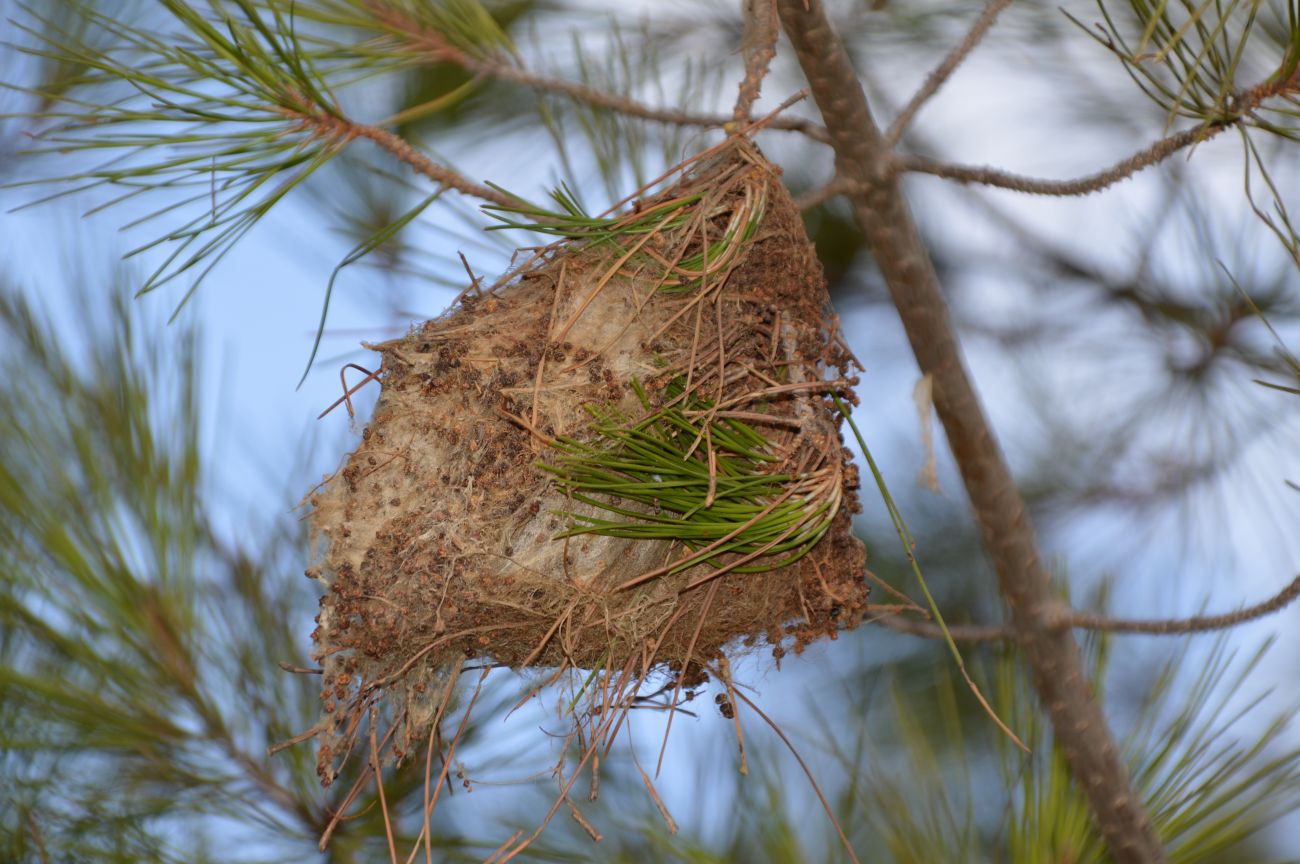
67 – Pine processionary moth

68 – Centaurea lactucifolia
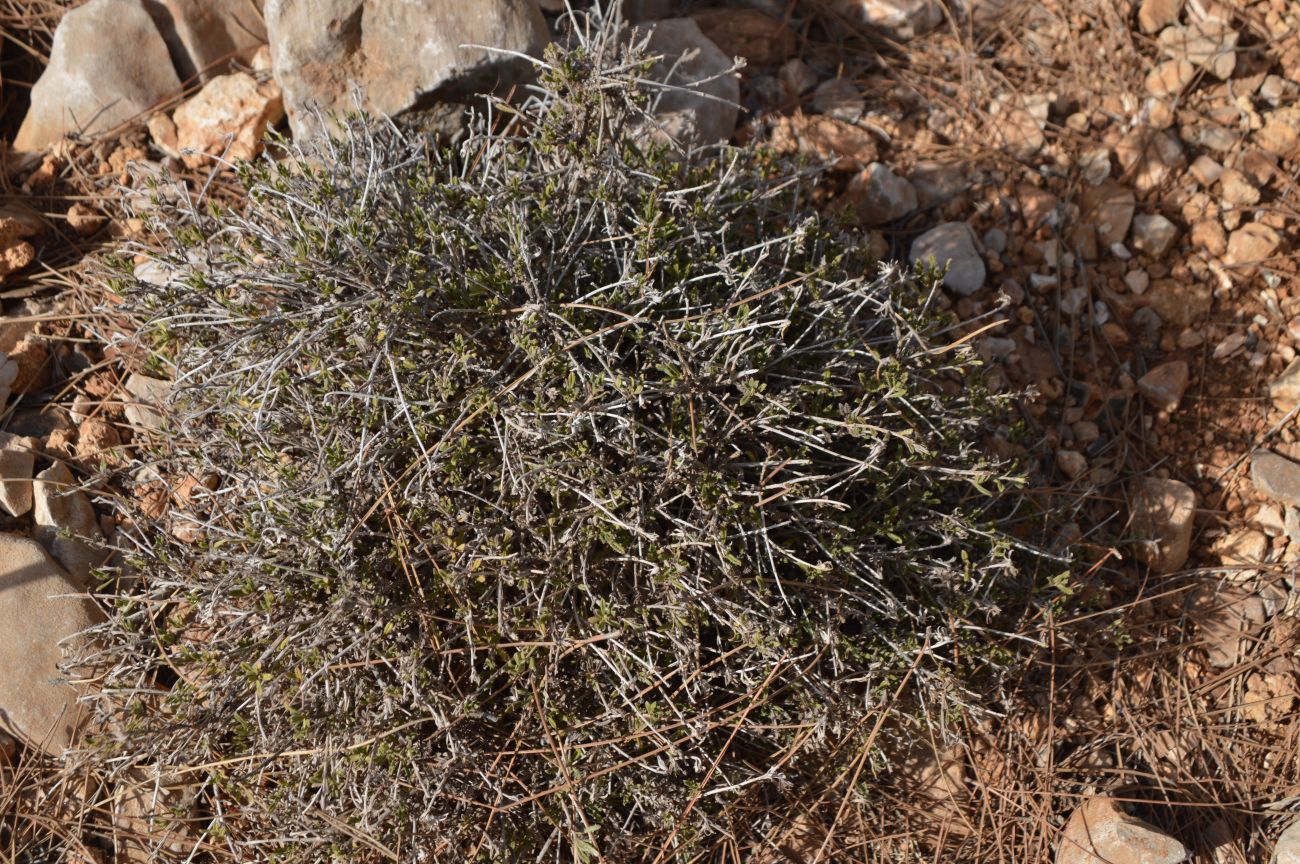
69 – Lithodora hispidula looking deeply unhappy
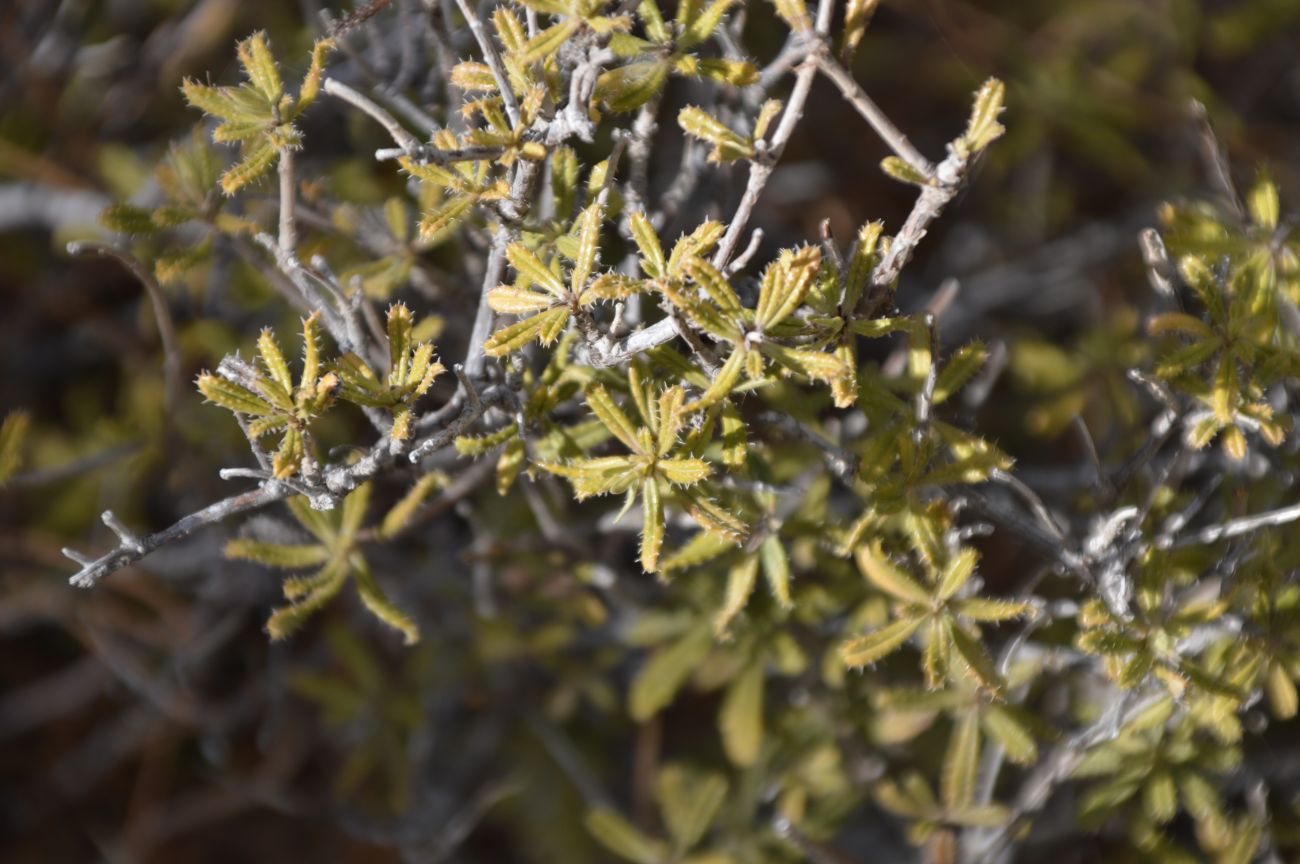
69 – Lithodora hispidula looking deeply unhappy
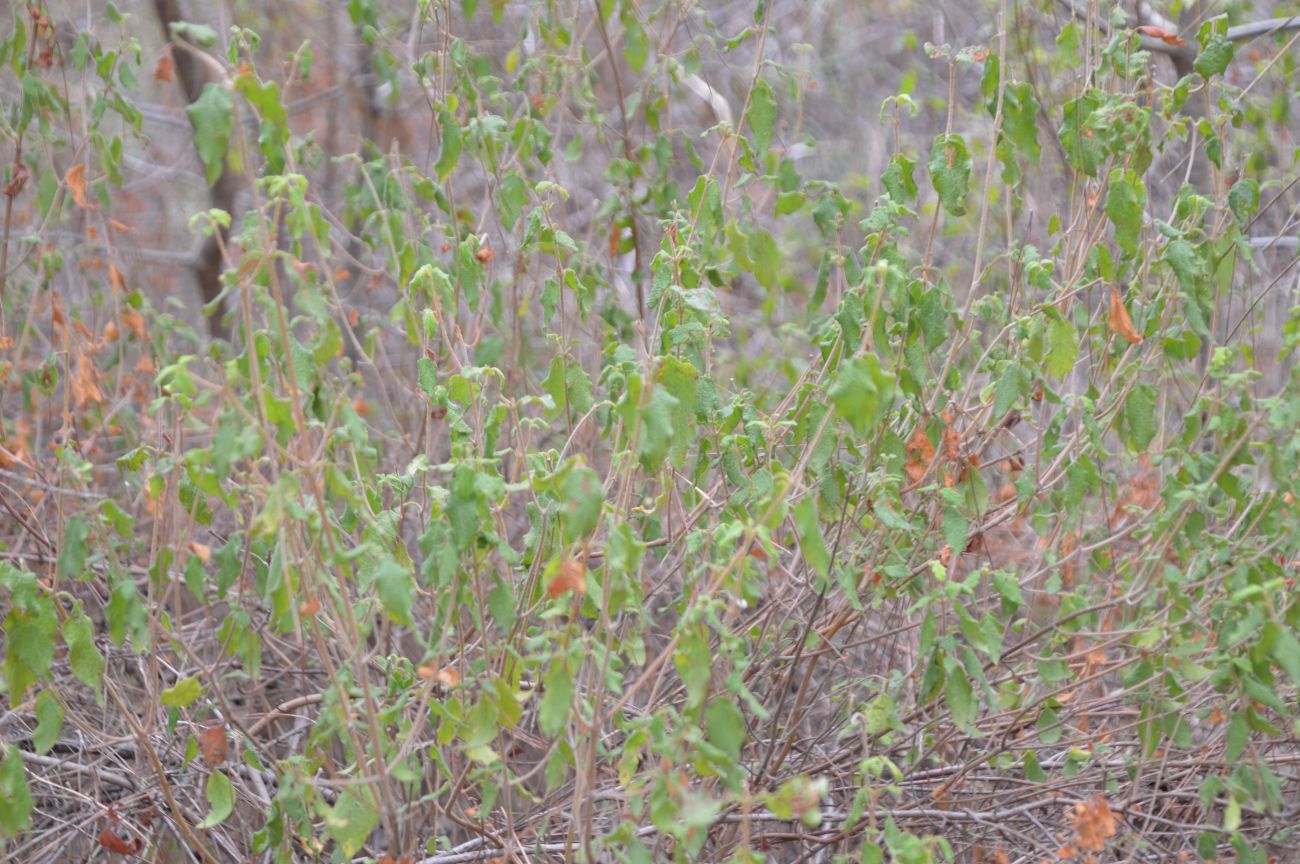
69 – Cistus wilting heavily
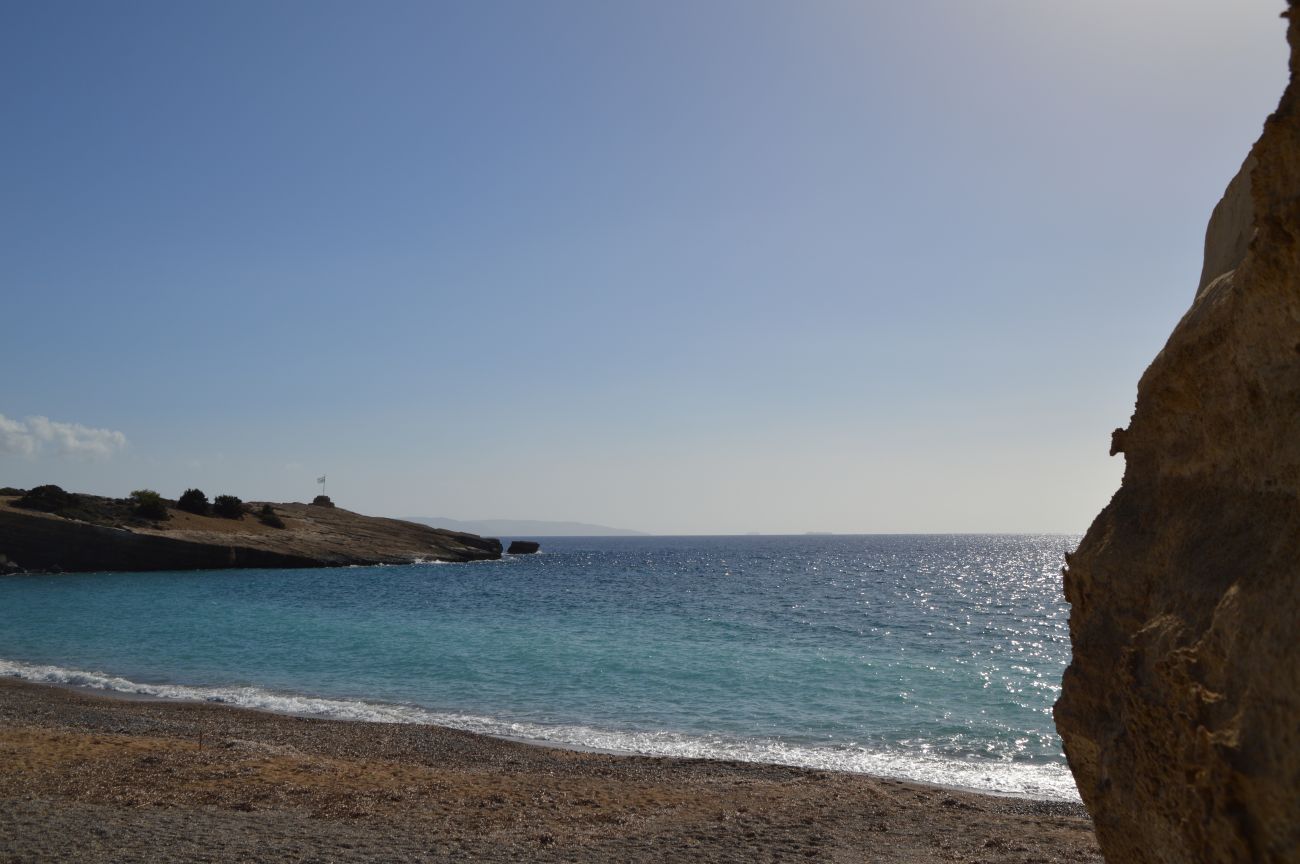
70 – Fourni beach

71 – Galatella cretica

71 – Galatella cretica
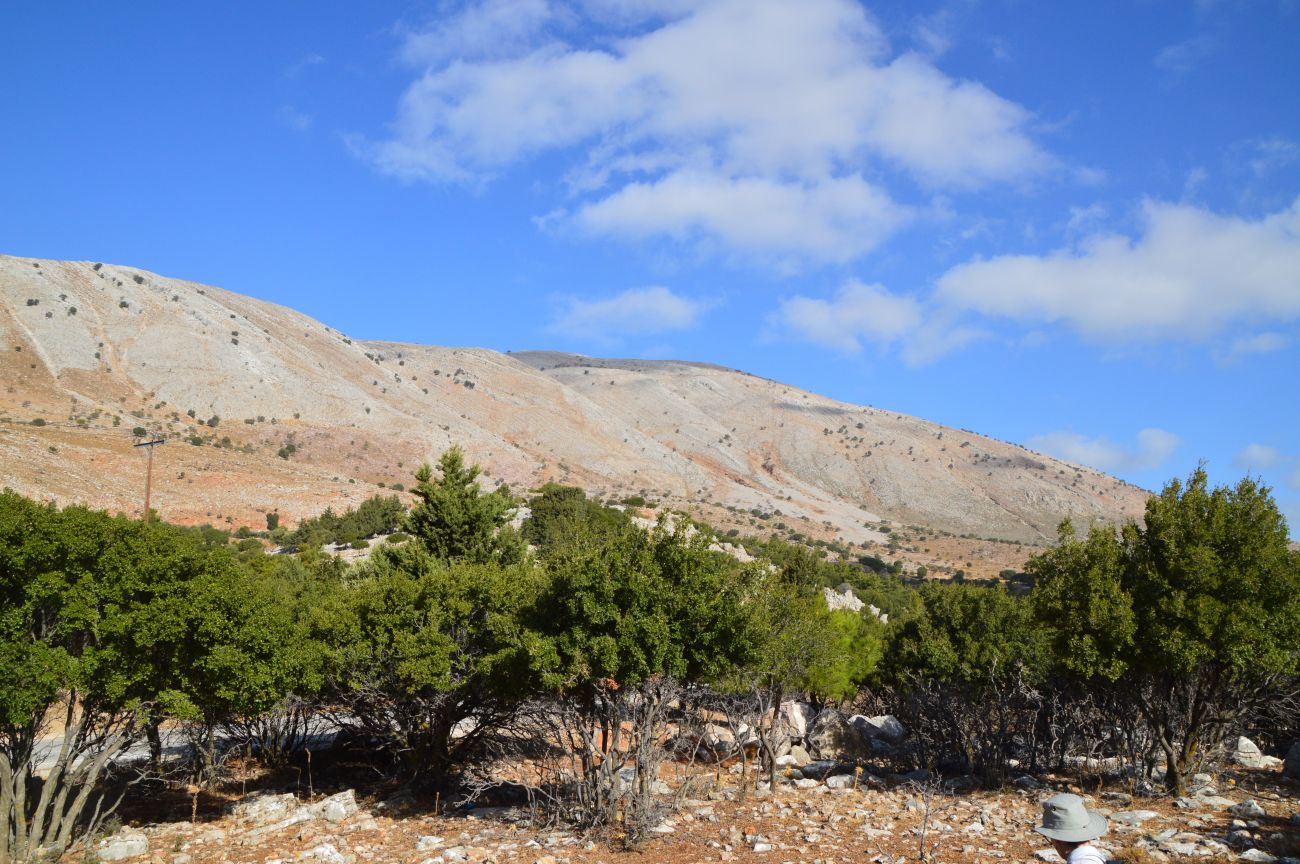
72 – Side of the mountain
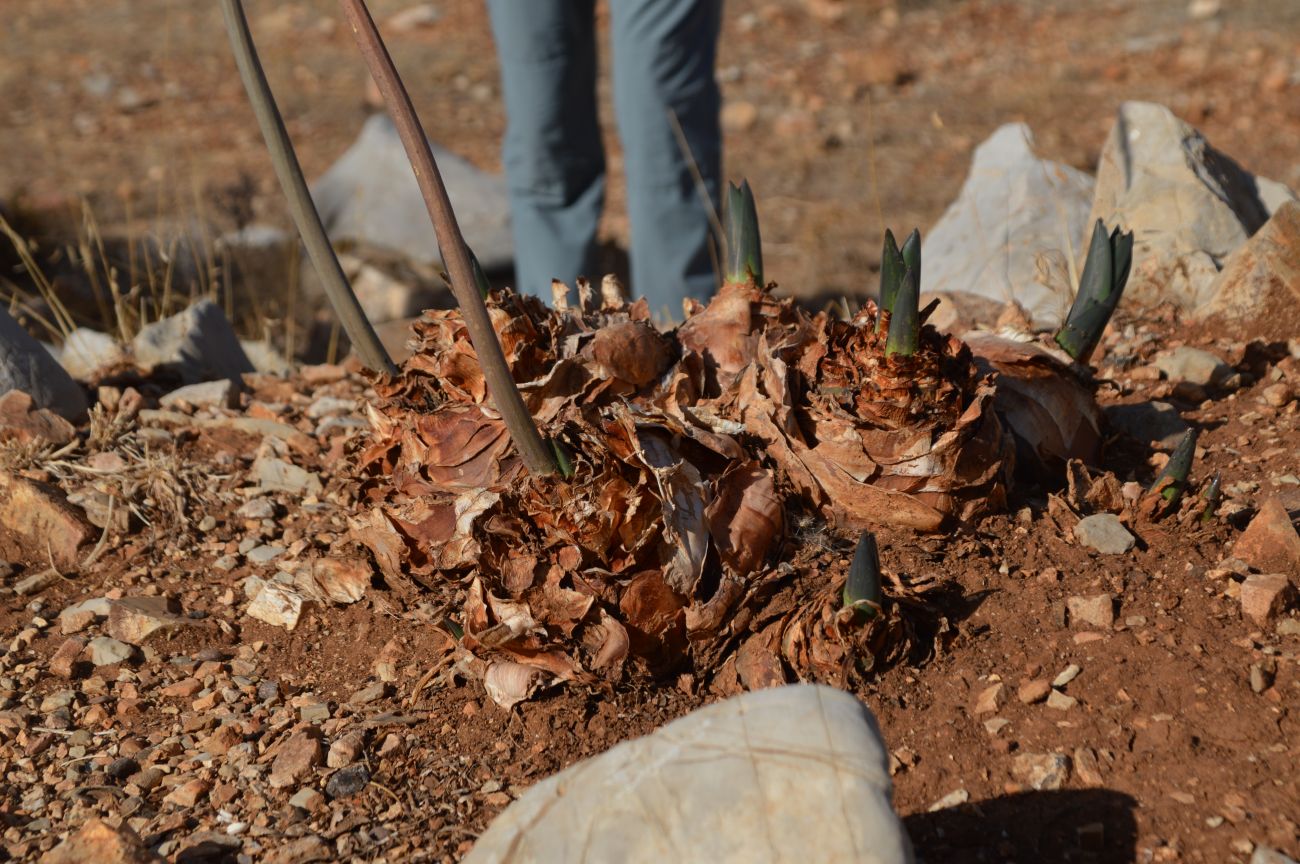
72 – Side of the mountain
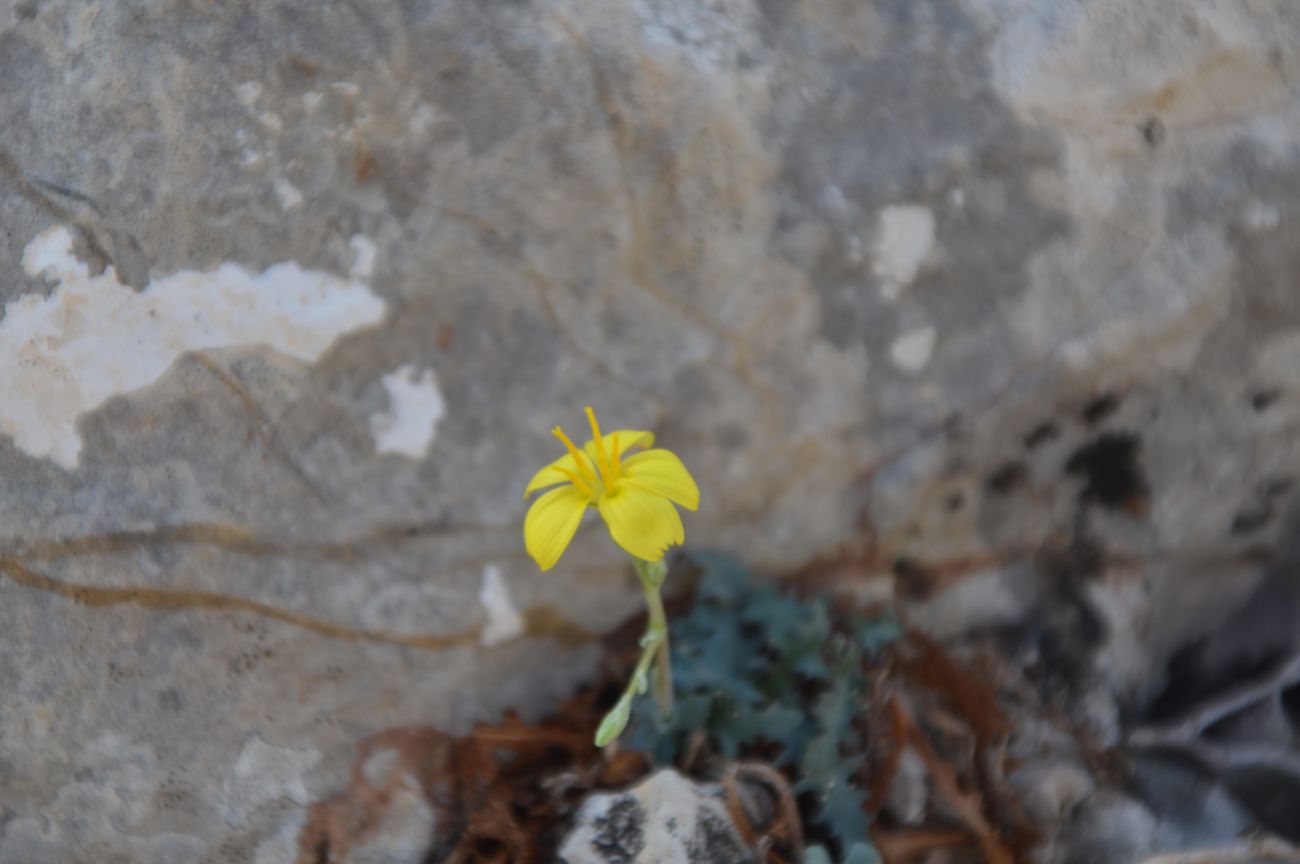
73 – Lactuca saligna
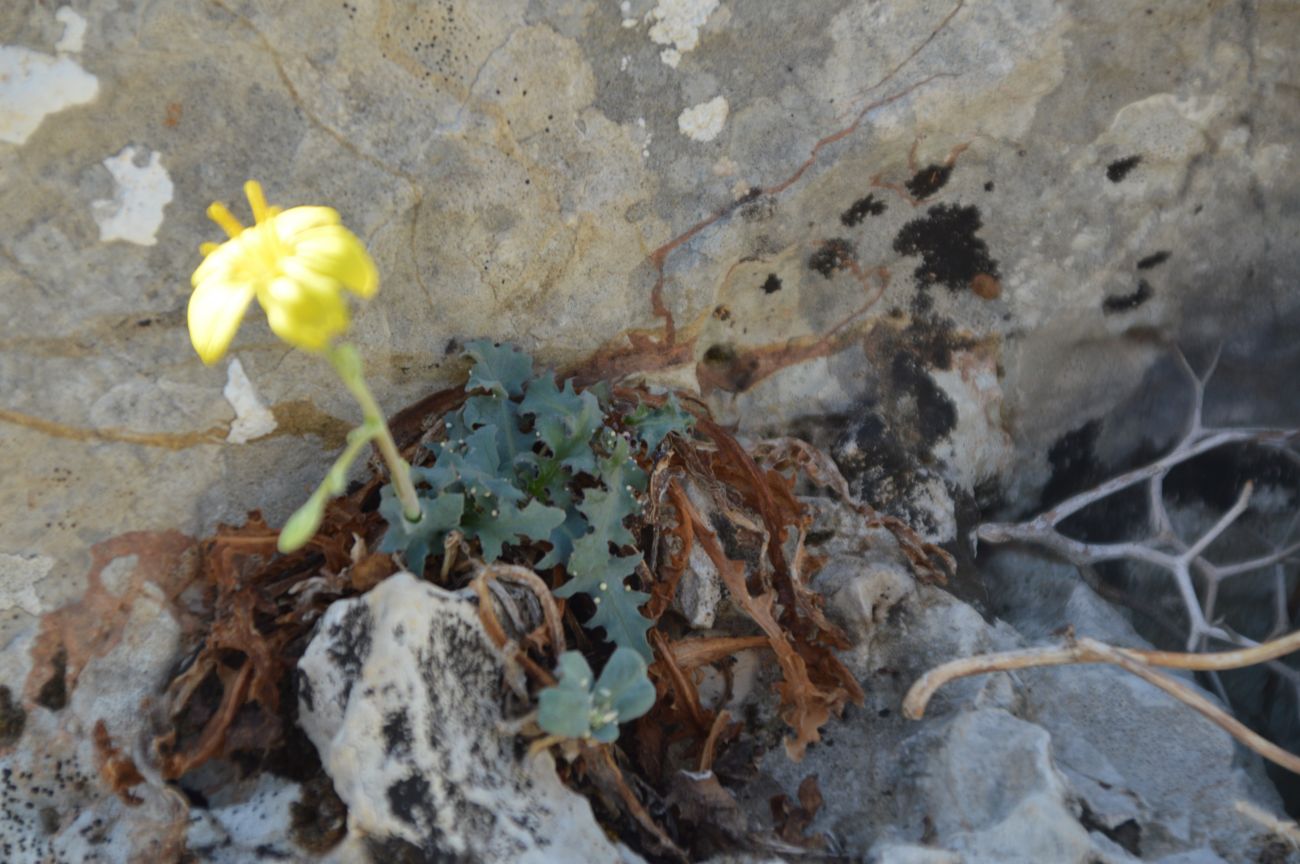
73 – Lactuca saligna
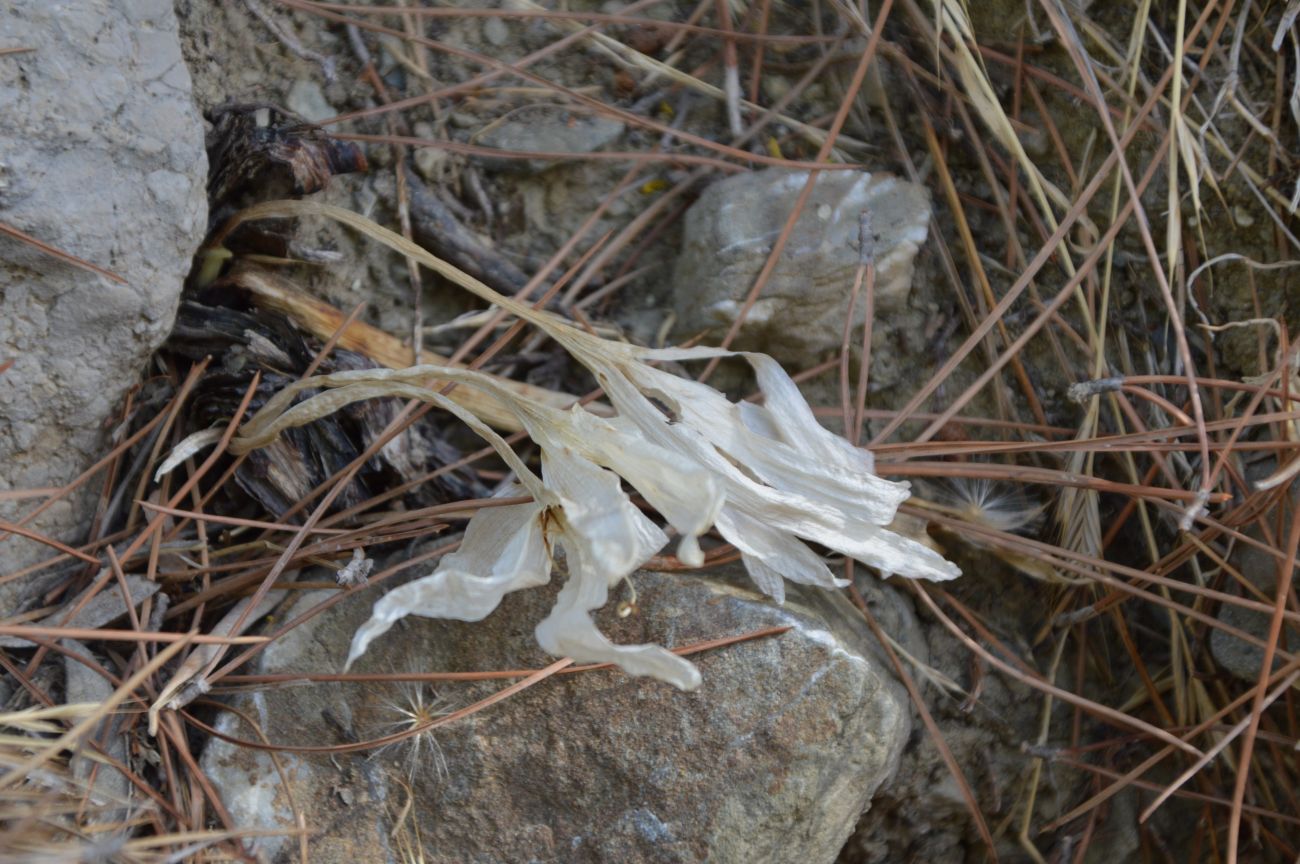
74 – Colchicum balansae
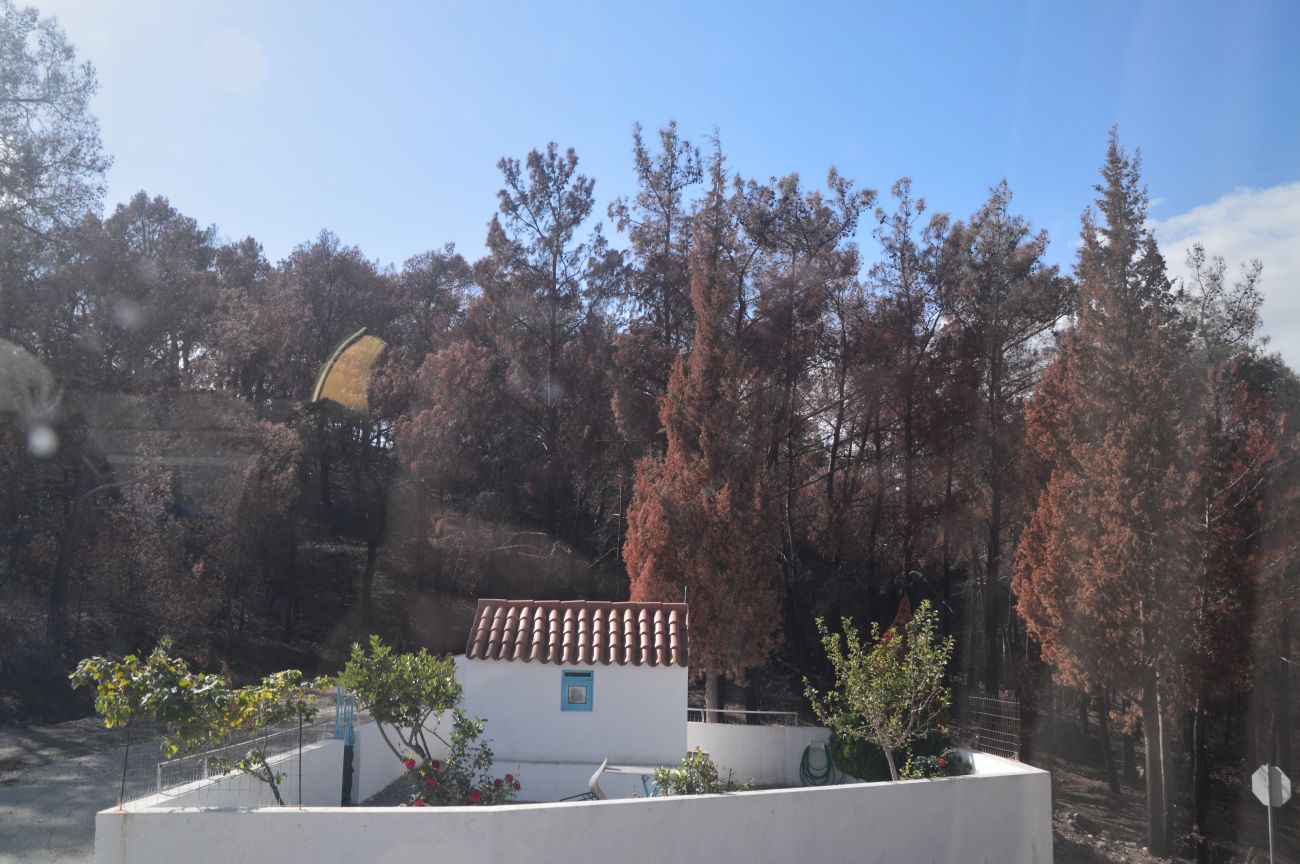
75 – Laerma
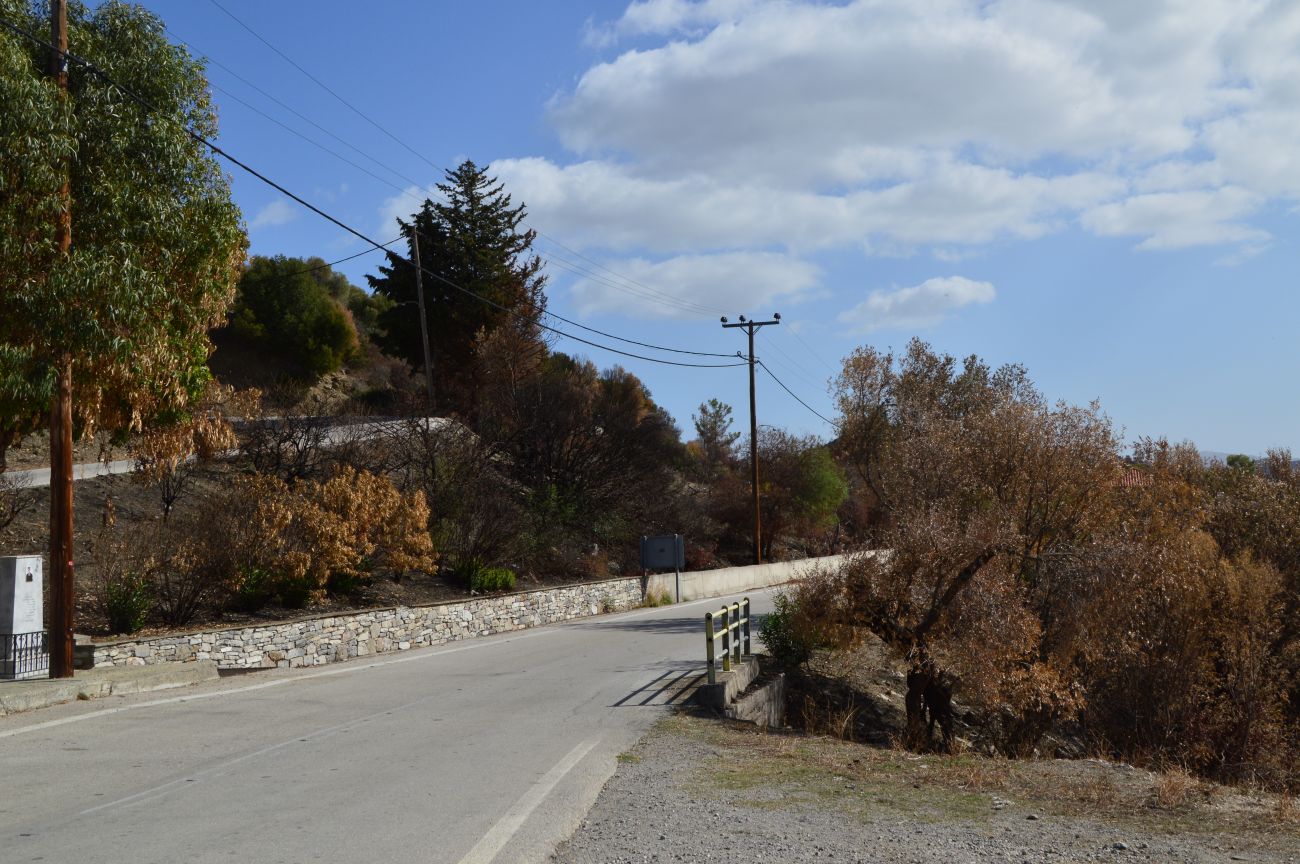
75 – Laerma
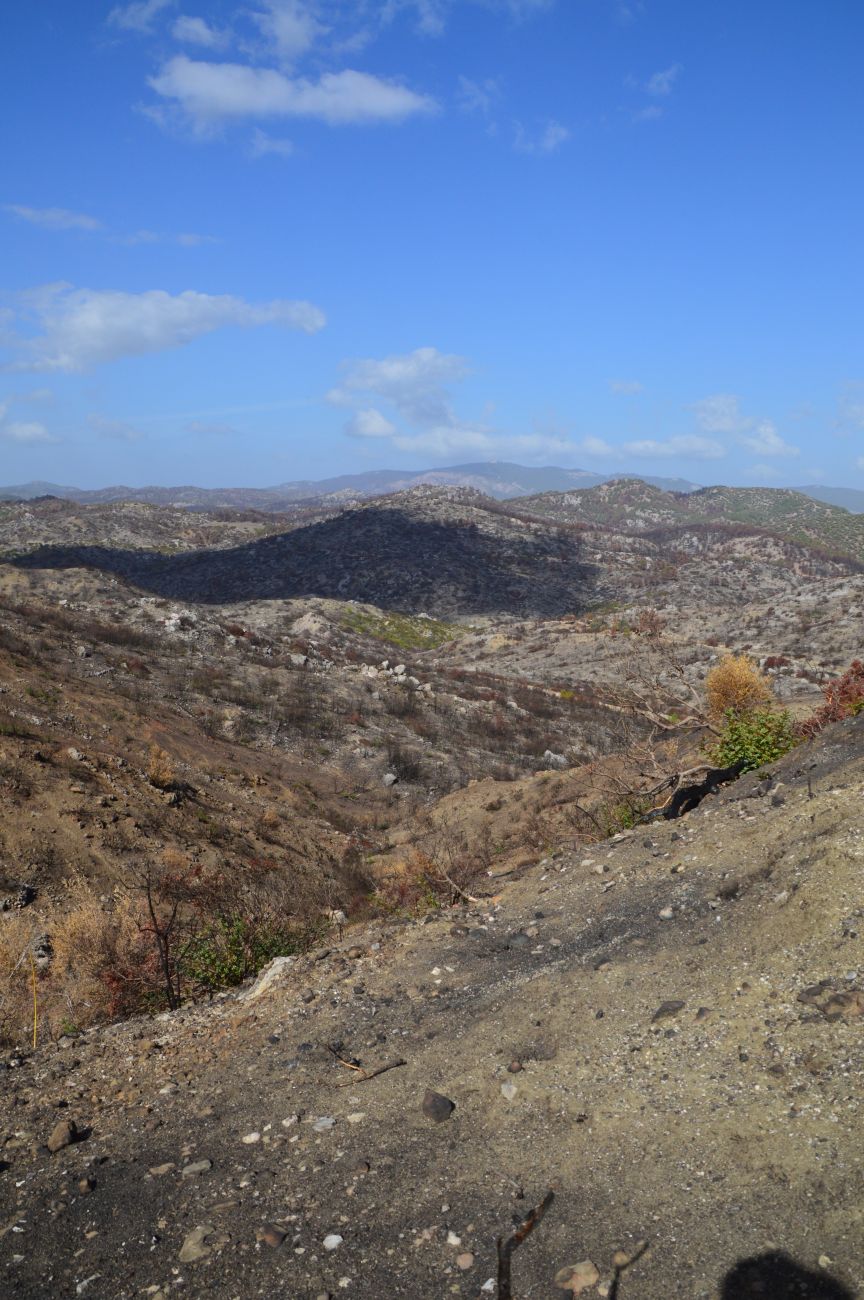
75 – Laerma
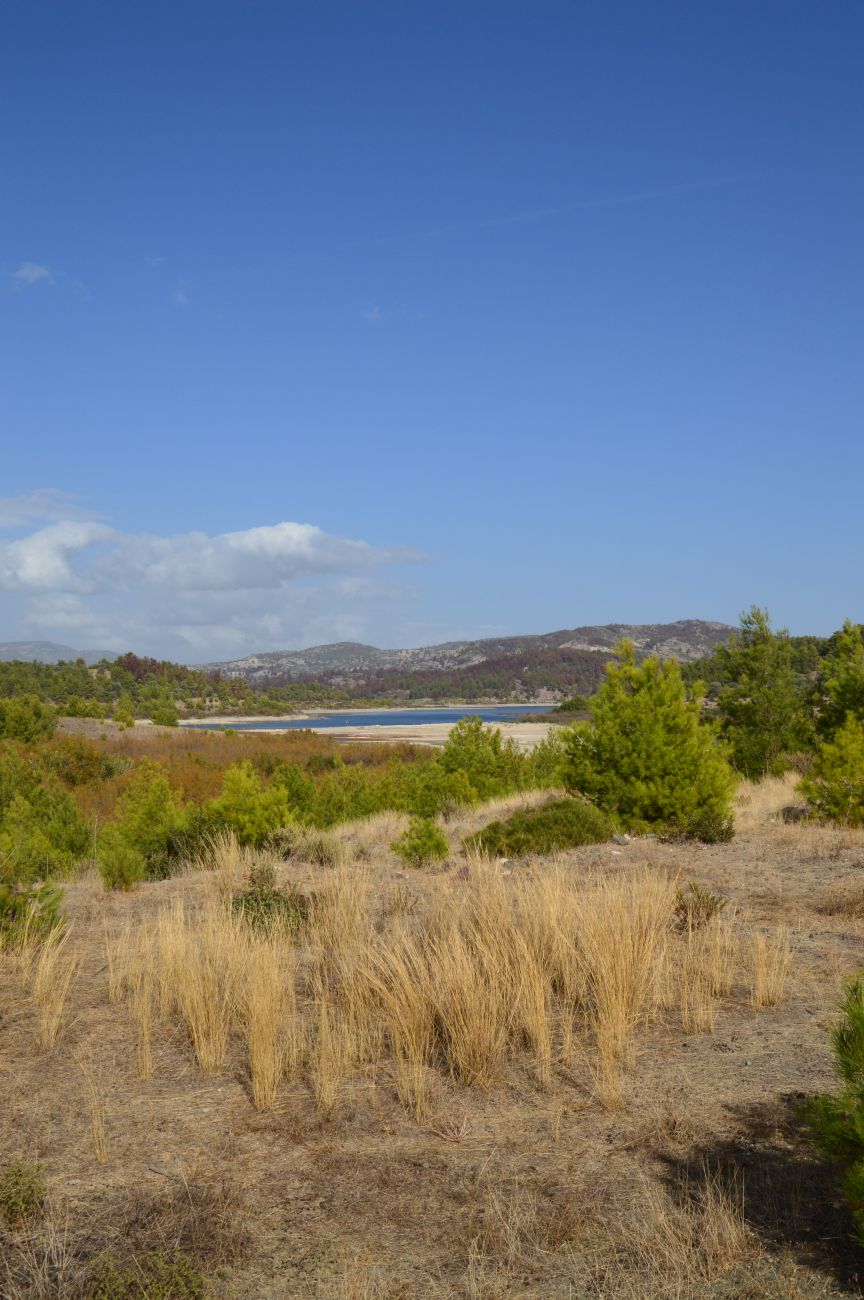
76 – Headed to Gouda dam
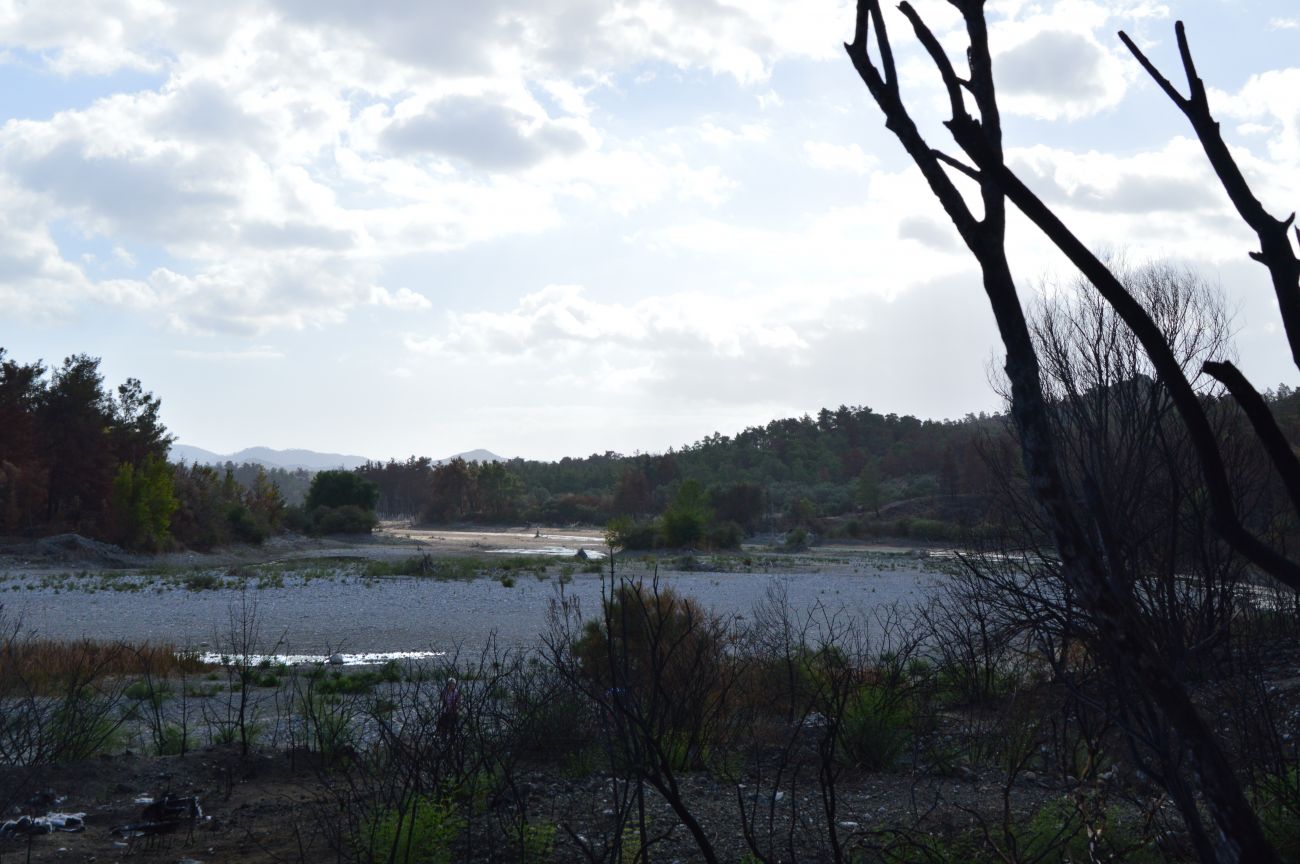
76 – Headed to Gouda dam
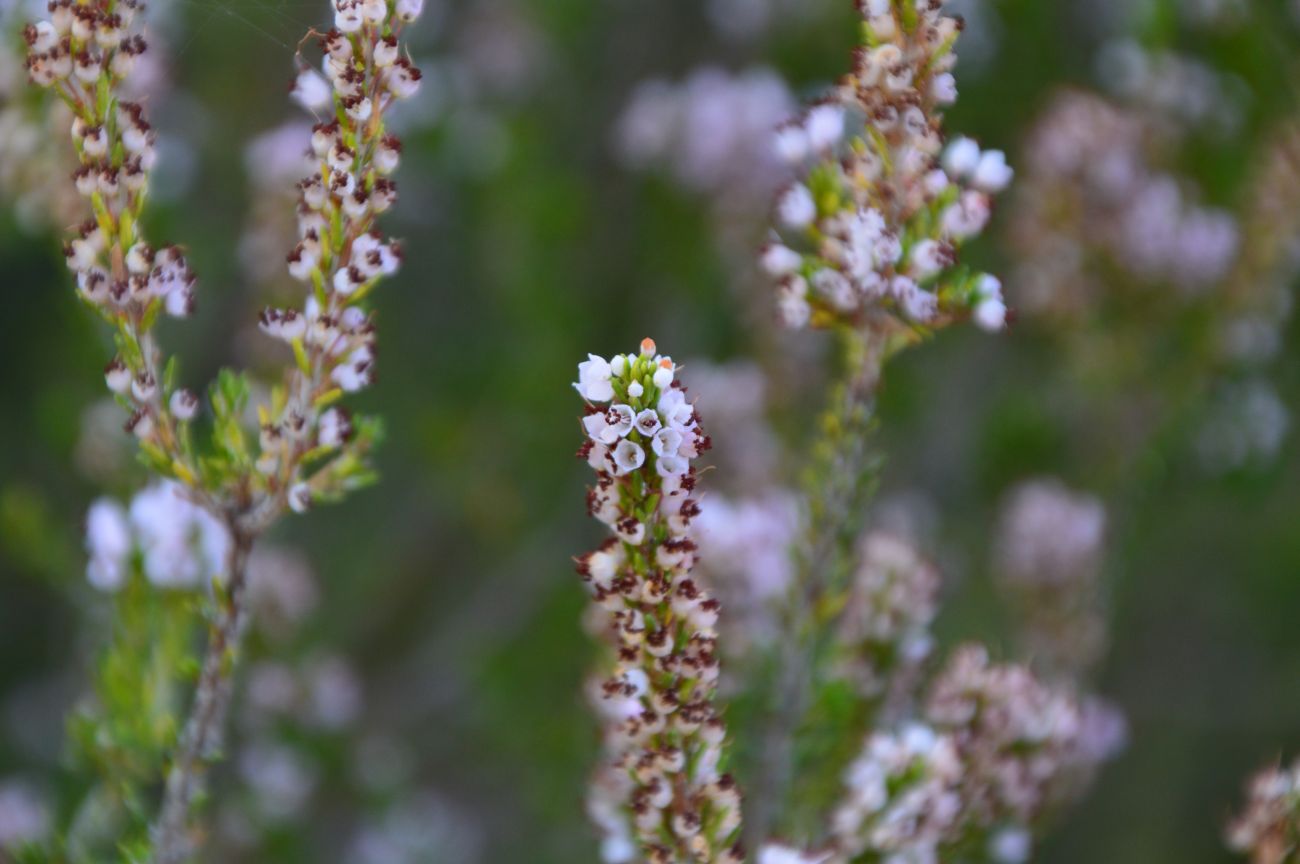
77 – Erica manipuliflora
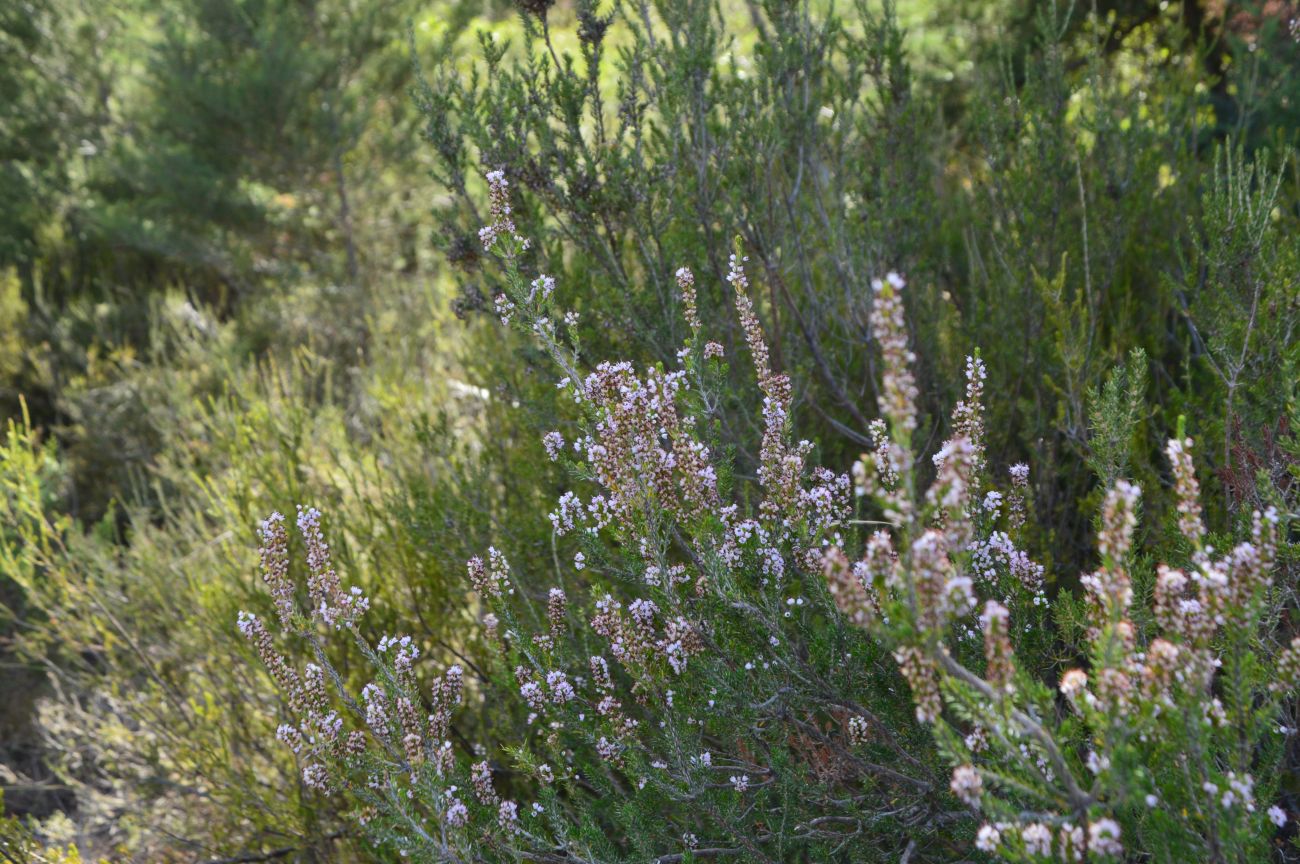
77 – Erica manipuliflora
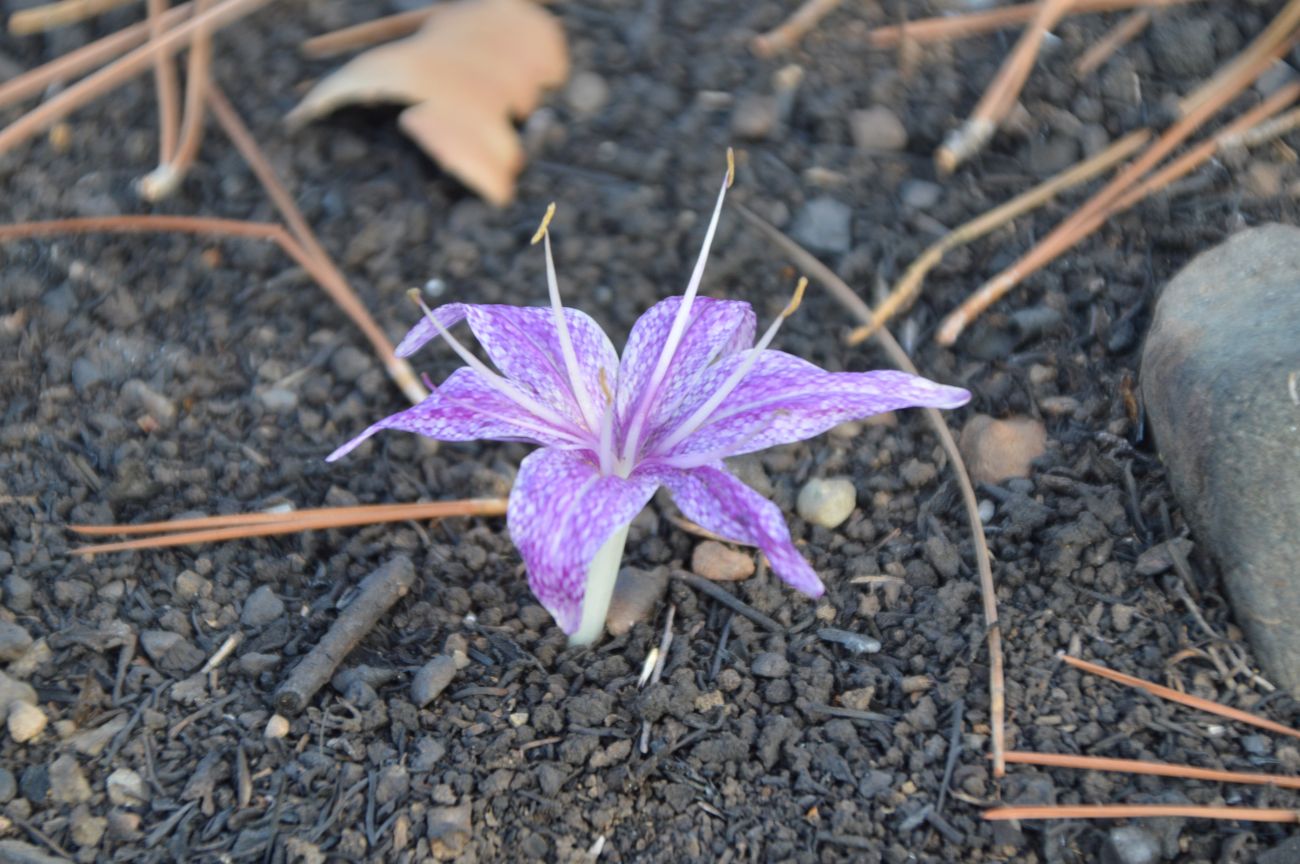
78 – Colchicum variegatum
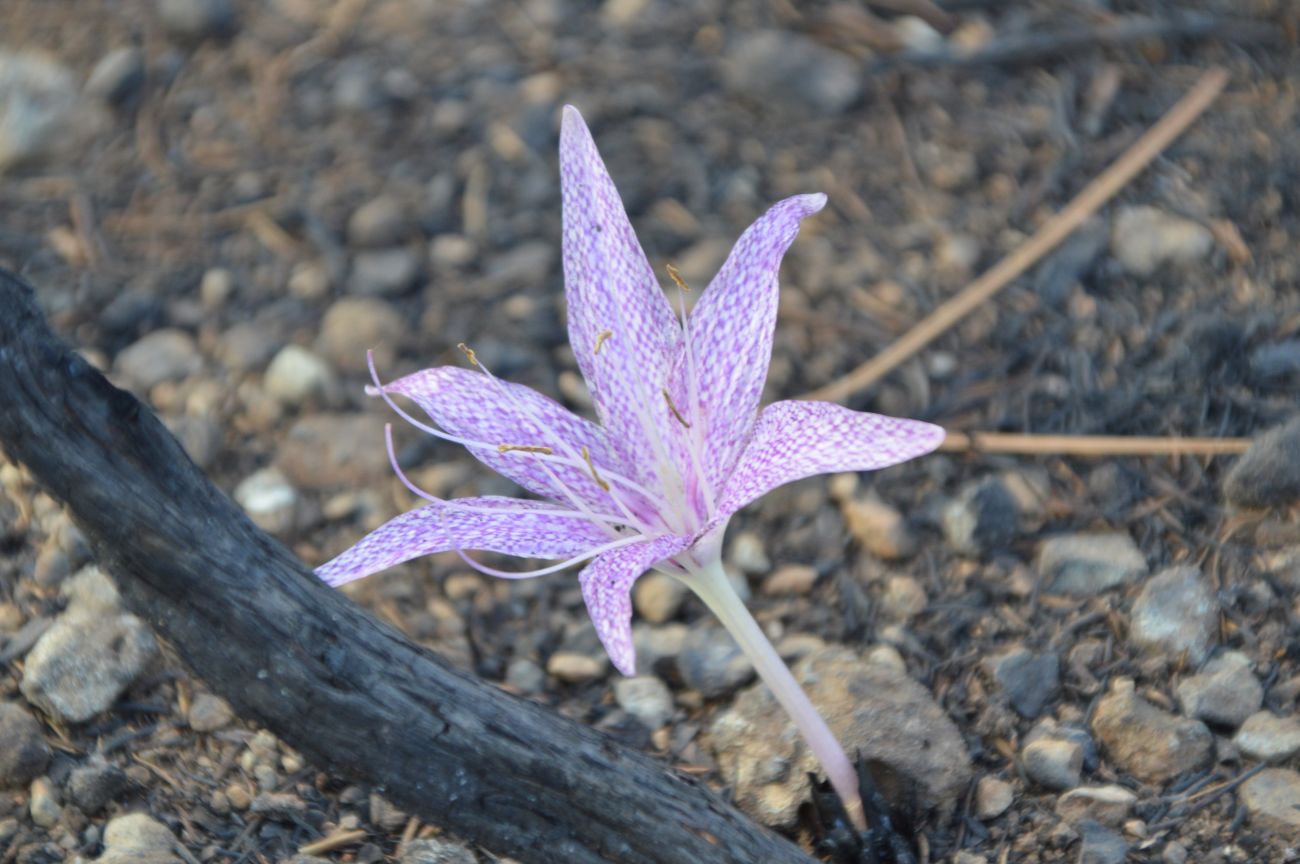
78 – Colchicum variegatum
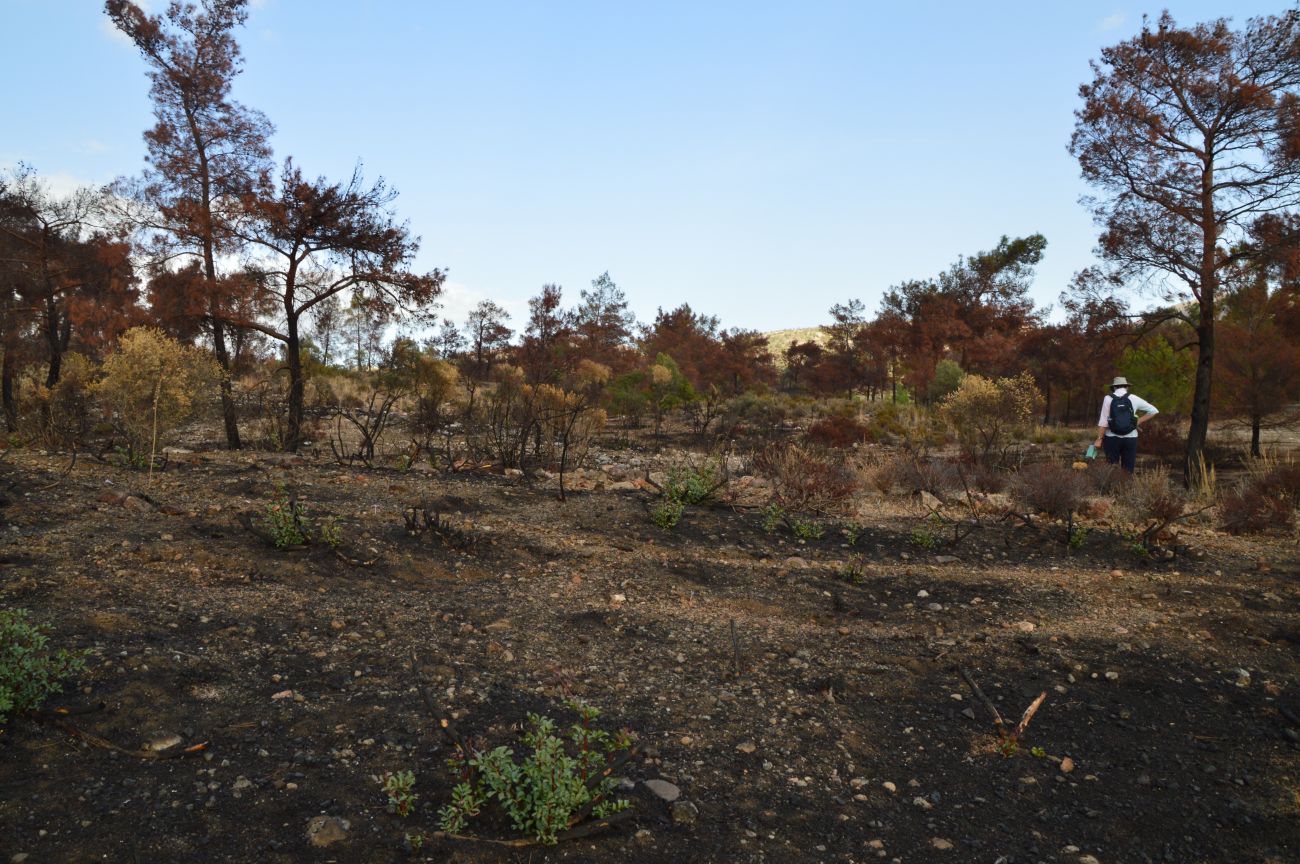
79 – Burnt area
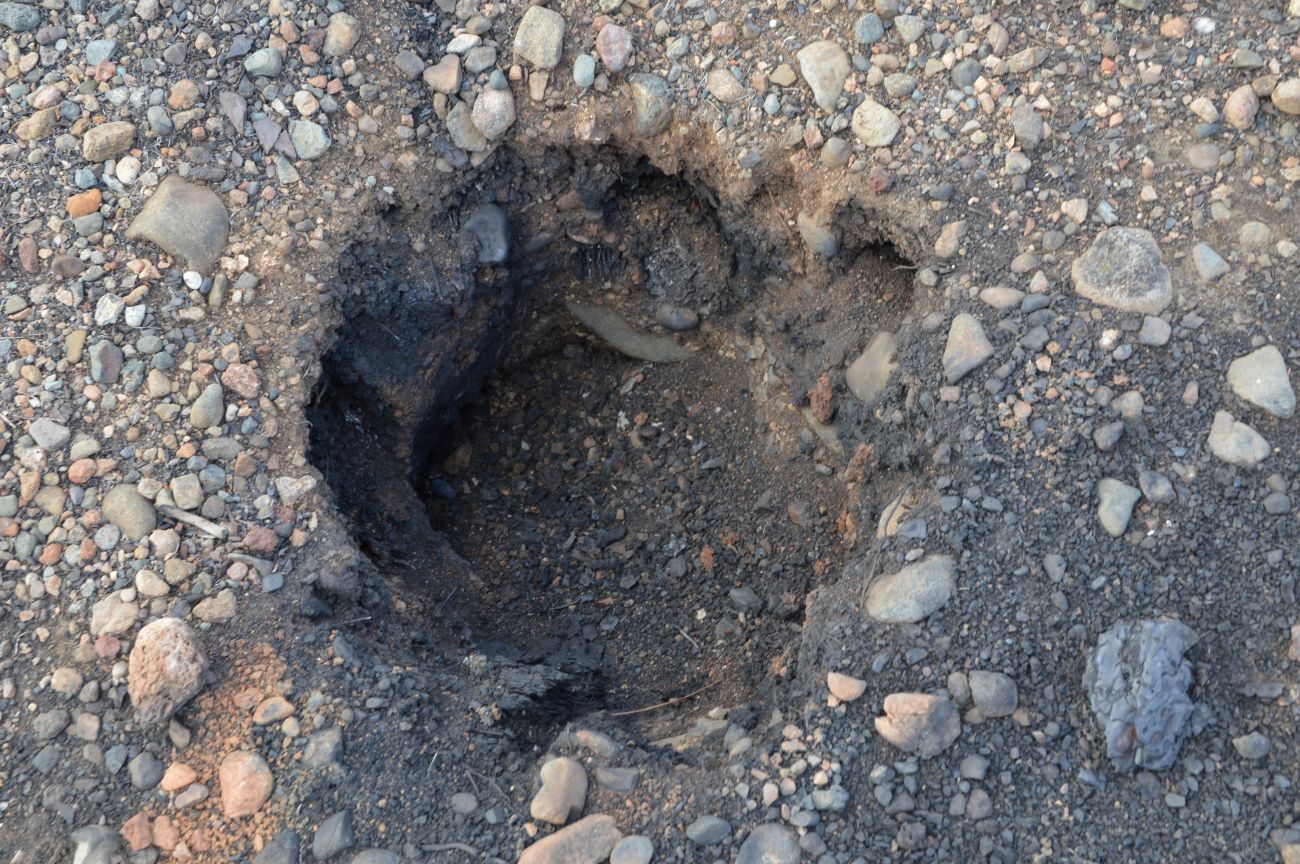
79 – Holes in the ground where stumps had been burnt out
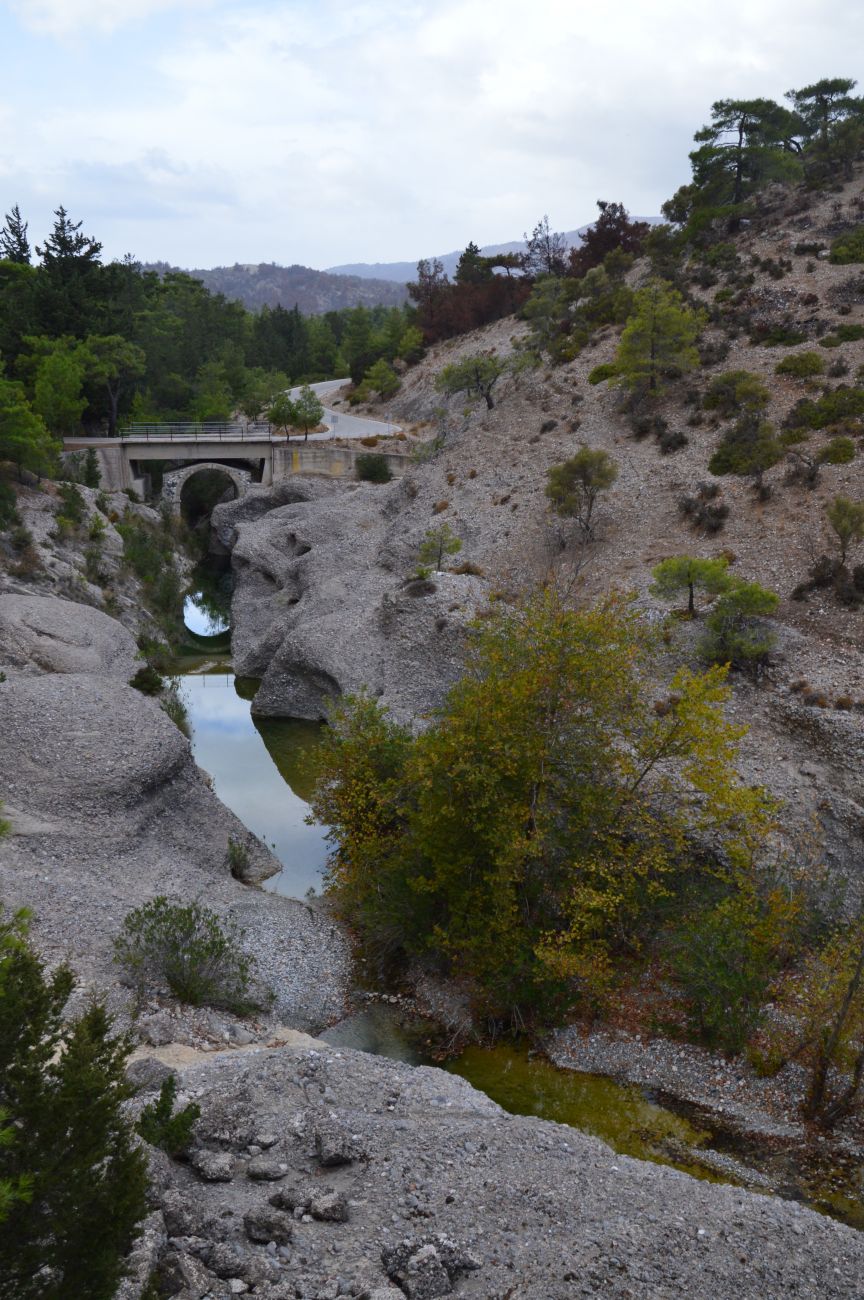
80 – Stream flowing into the dam

80 – Mandragora officinalis
Thursday 9 November
This was the final day. We flew to Athens. There I did see one of the target plants which were absent on Rhodes, Sternbergia lutea[81], which was most prolific amongst the Opuntia on Lycabettus Hill, probably due to more stable soil and less erosion. Deceptive in leaf as it looks remarkably like the autumn-flowering Galanthus reginae-olgae.
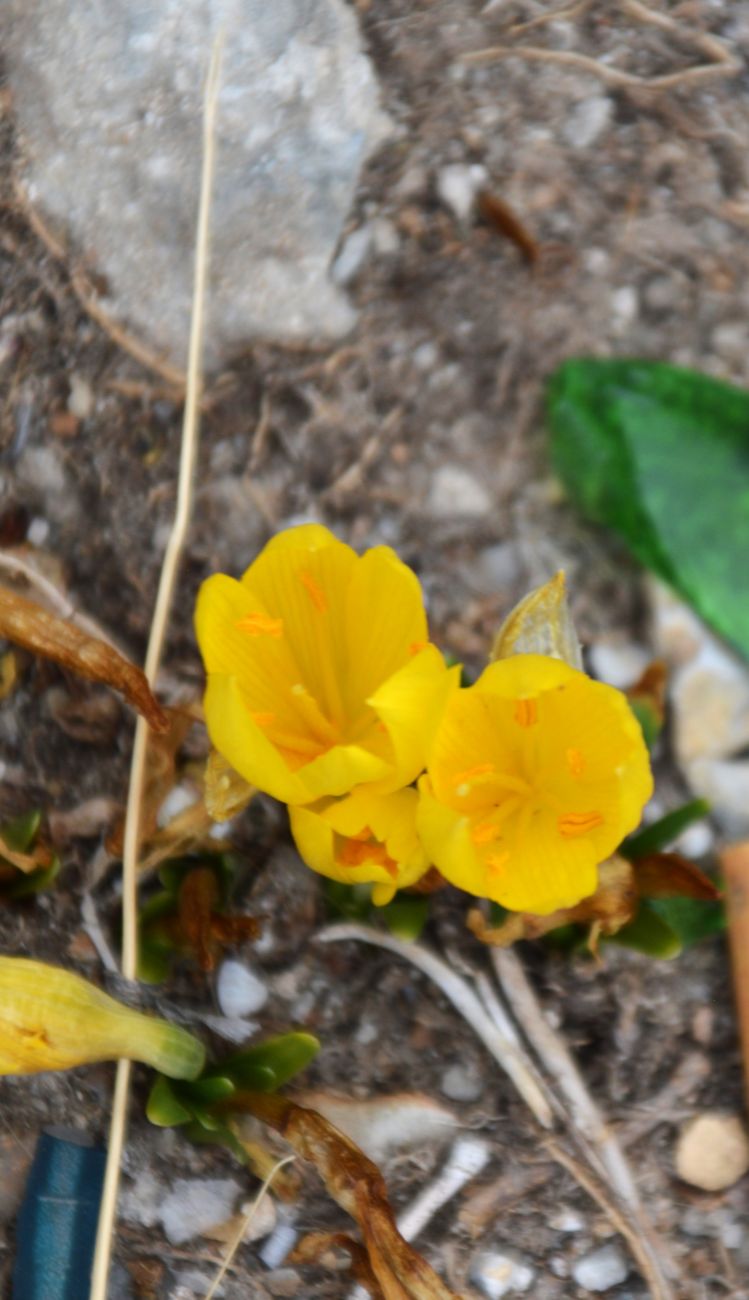
81 – Sternbergia lutea
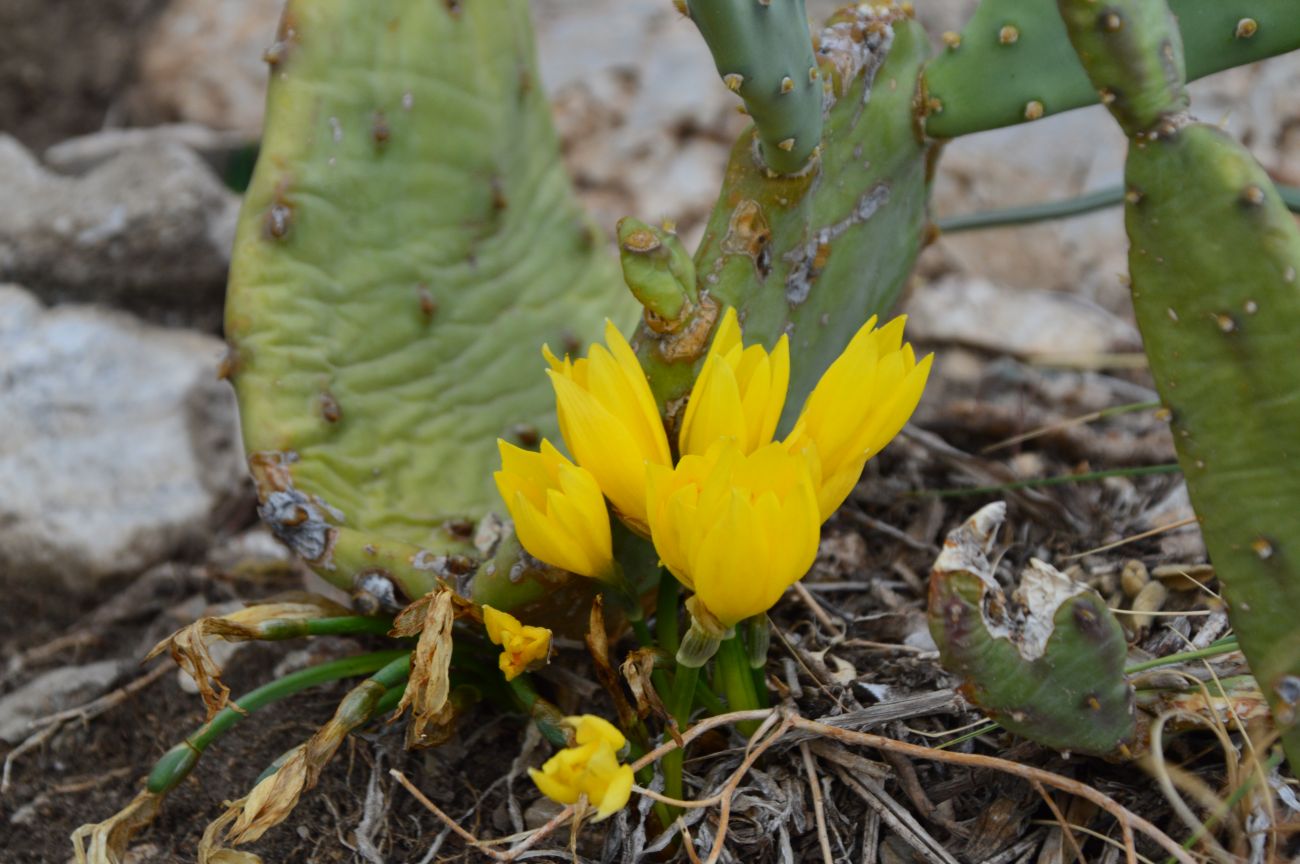
81 – Sternbergia lutea
Conclusion
Though the season was quite late, and much couldn’t be seen, it was pertinent to see the fire damage in the area, the dry conditions and the microclimates and habitats favouring the different species and how it affects flowering and timing of growth. Also, learning characteristics of the plants whether in flower or foliage is always useful, and tests one’s ID skills. Also useful is seeing ways British gardens might have to adapt in the future, illustrated by extremes and their affects in places such as Rhodes.
Acknowledgements
I want to thank everyone who made this trip possible, including Mediterranean Plants and Gardens as well as the Merlin Trust for providing funding for this trip, as well as the former organising it. My thanks to all the others in the group and to our guide.

